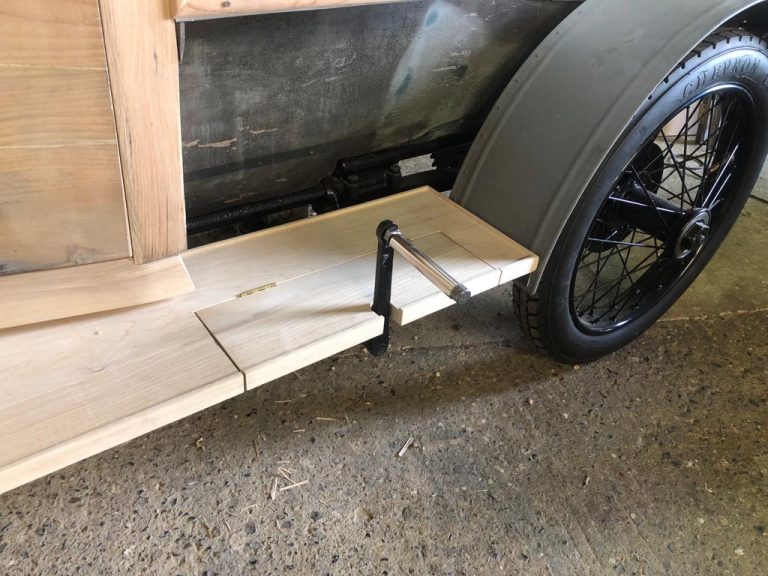
1905 Stop Start Technology
Alright, I am not referring to the start-stop technology of today, it’s not quite the completely automatic system that works by detecting a lack of


Alright, I am not referring to the start-stop technology of today, it’s not quite the completely automatic system that works by detecting a lack of
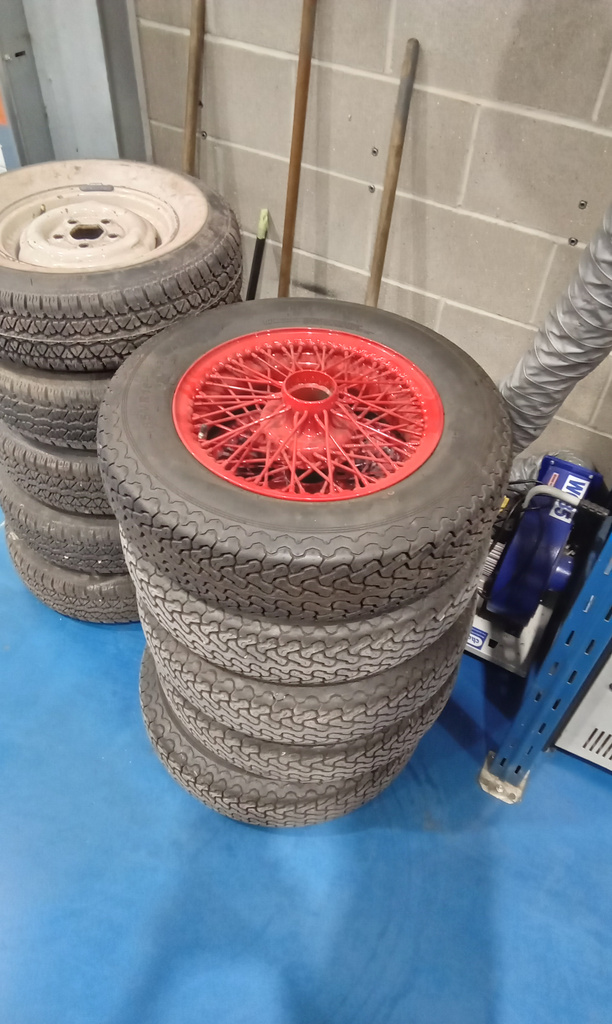
Jon has removed the spoked wheels in preparation for the colour change. From red to silver.

It’s not everyday we get a modern in but today we have a quick in and out… Our 2016 Land Rover Sport may have a
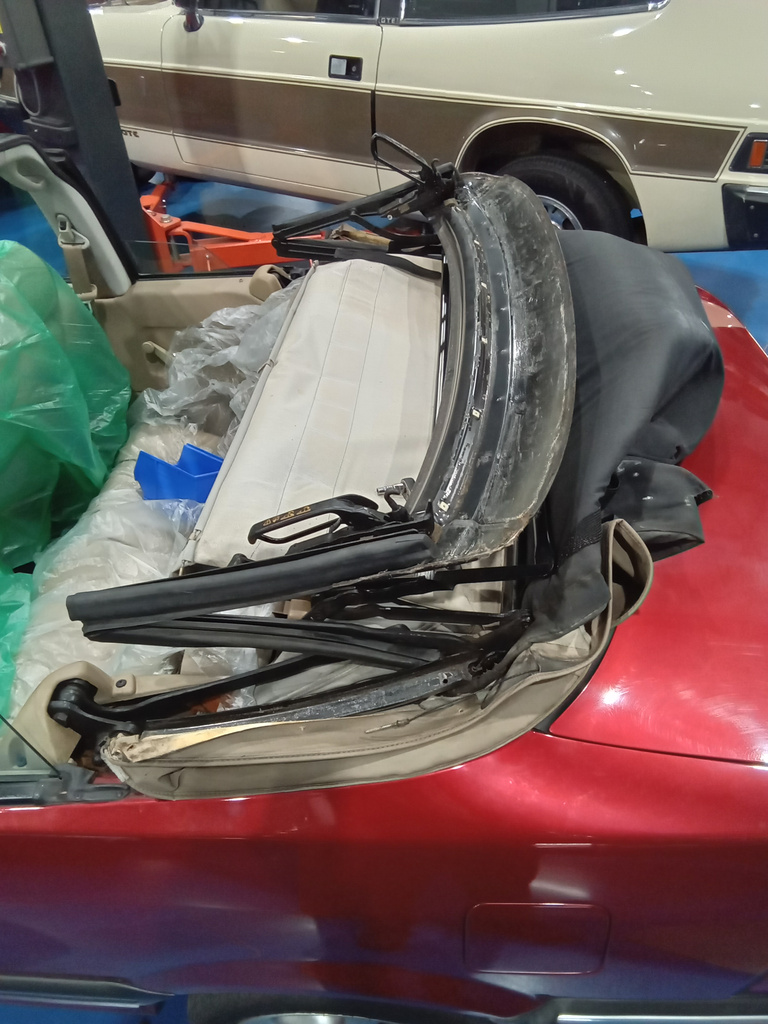
Lydia and Brian have welcomed in our Rover 216 Cabriolet for a new hood to be fitted. The hood comprises of an outer layer, middle
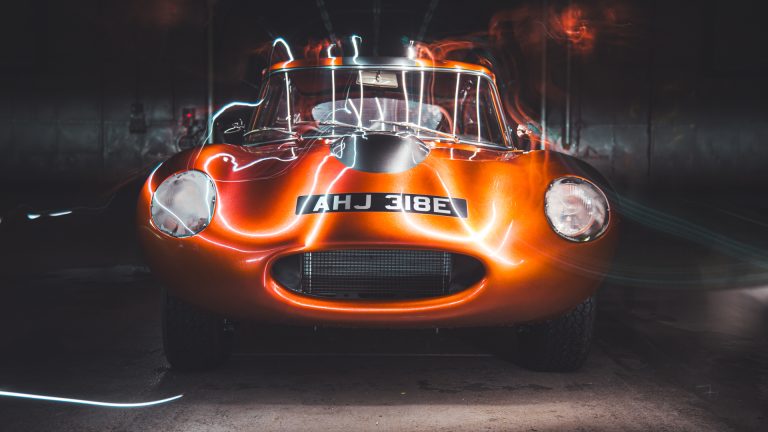
Our 1967 Jaguar E-Type Racing Series 1 is for sale by auction right now on Car & Classic. To prepare for this, Tom and Myself
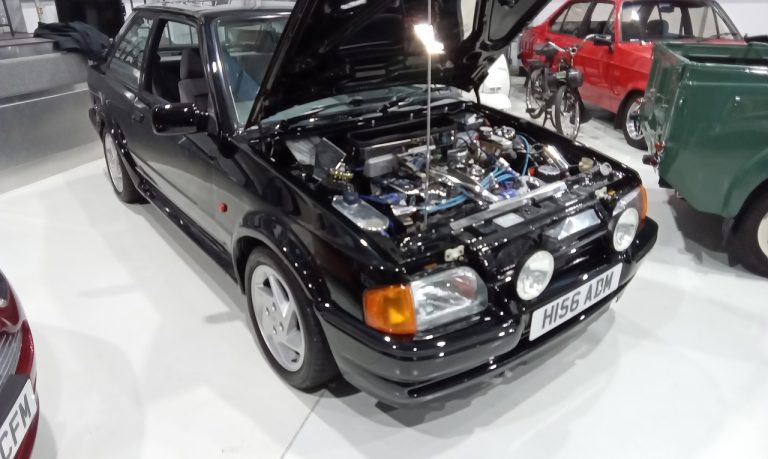
Jon has carried out the Pre Delivery inspection on yesterday’s competition prize, our 1991 Ford Escort RS Turbo. Another trip to Scotland for us; 2
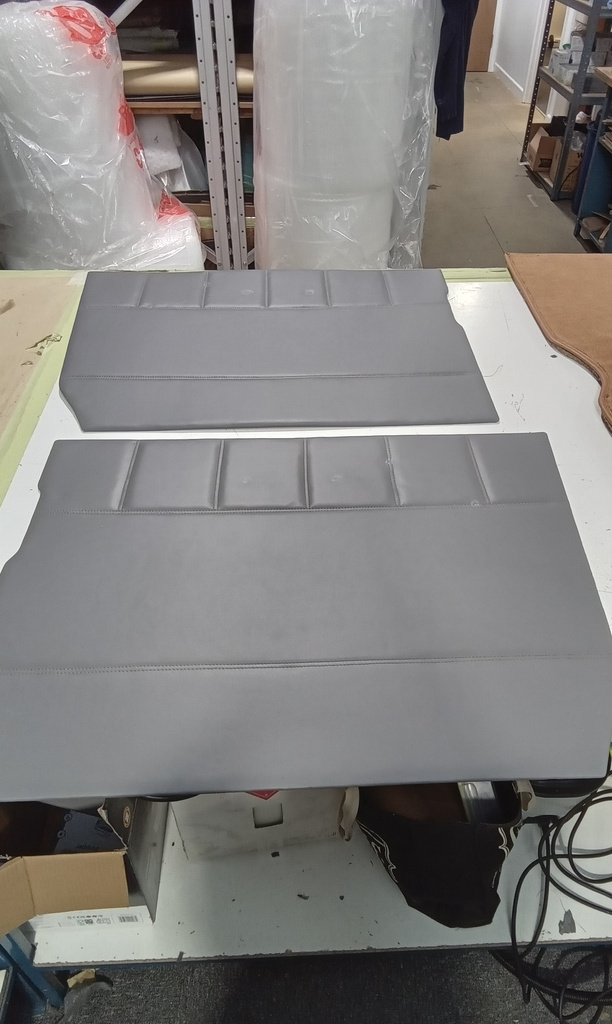
The old door cards had been finished to a poor standard and Lydia felt were not fit for purpose. She has cleaned off the old
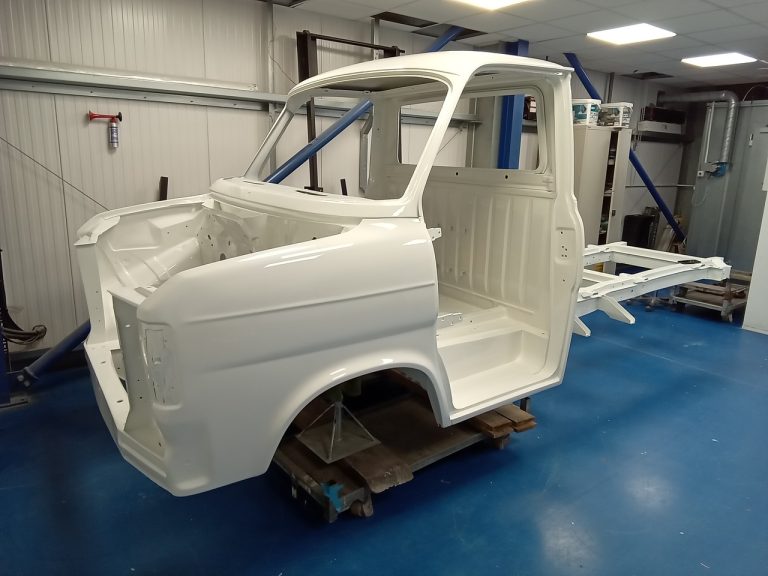
Chris has been working tirelessly in the paint shop on the final preparation of prime and paint on our Mk2 Ford Transit. The next stage
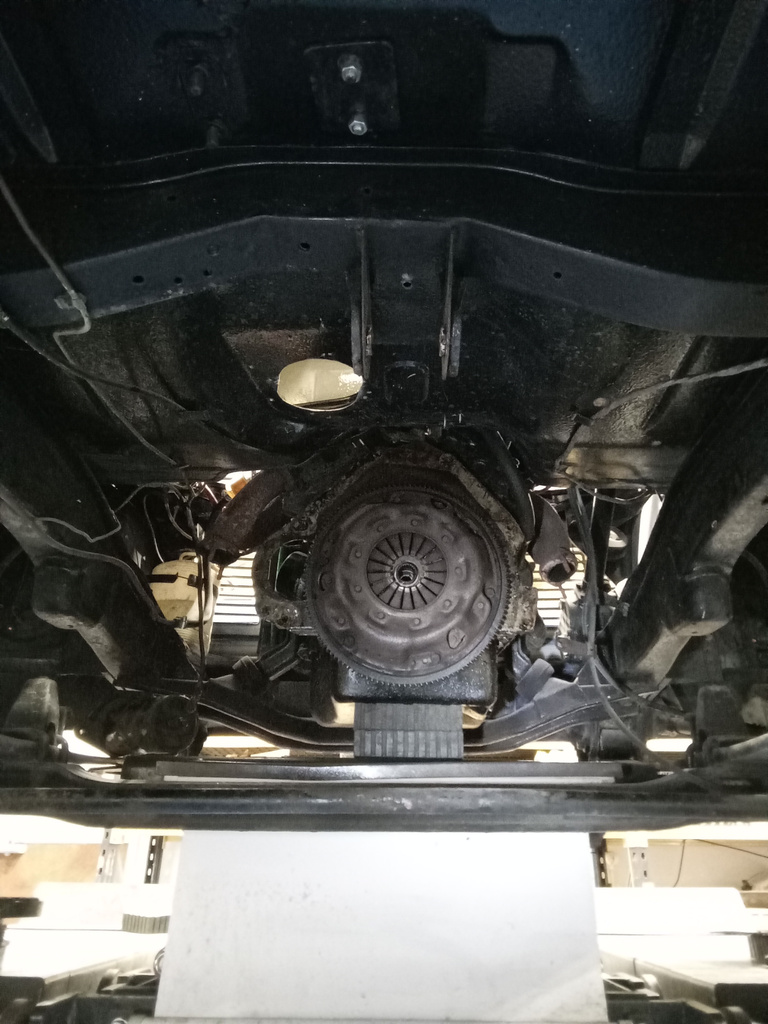
James has been working on the finishing touches to our Mk 1 Ford Transit. The gearbox has been removed, the engine sump and rear main
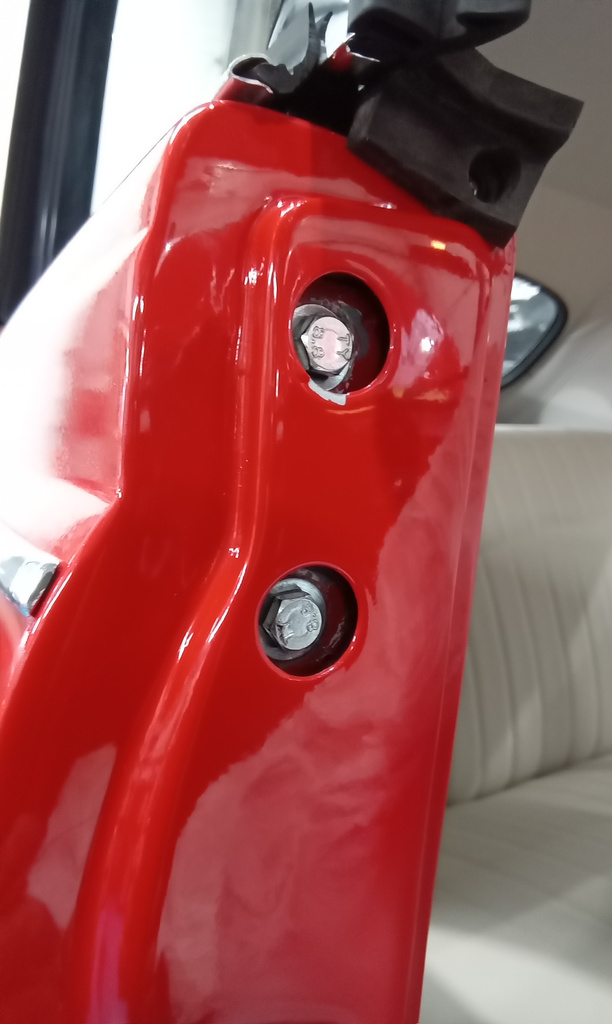
Final stages of our 1974 Volkswagen Beetle restoration and Jon is giving the car a thorough assessment to make notes of all aspects of the
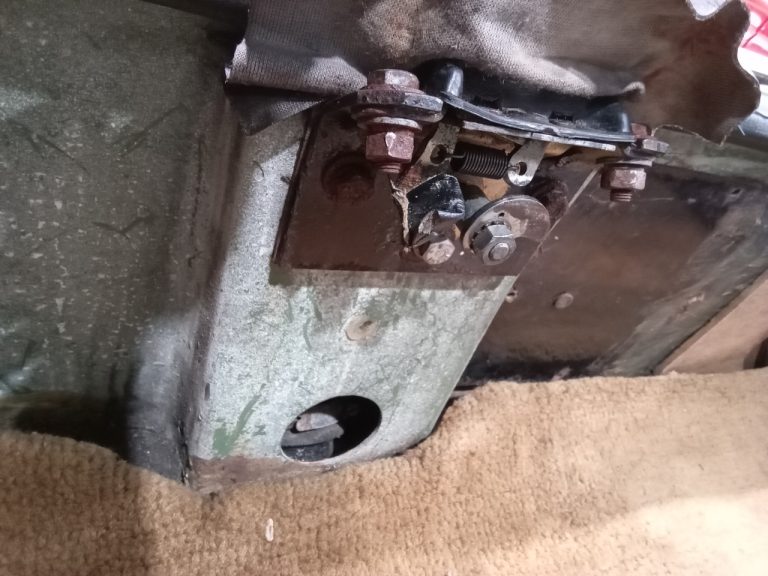
Steve has stripped down the boot lock mechanism to get to a broken bolt. He has removed the lock clean and replaced with clean tumblers
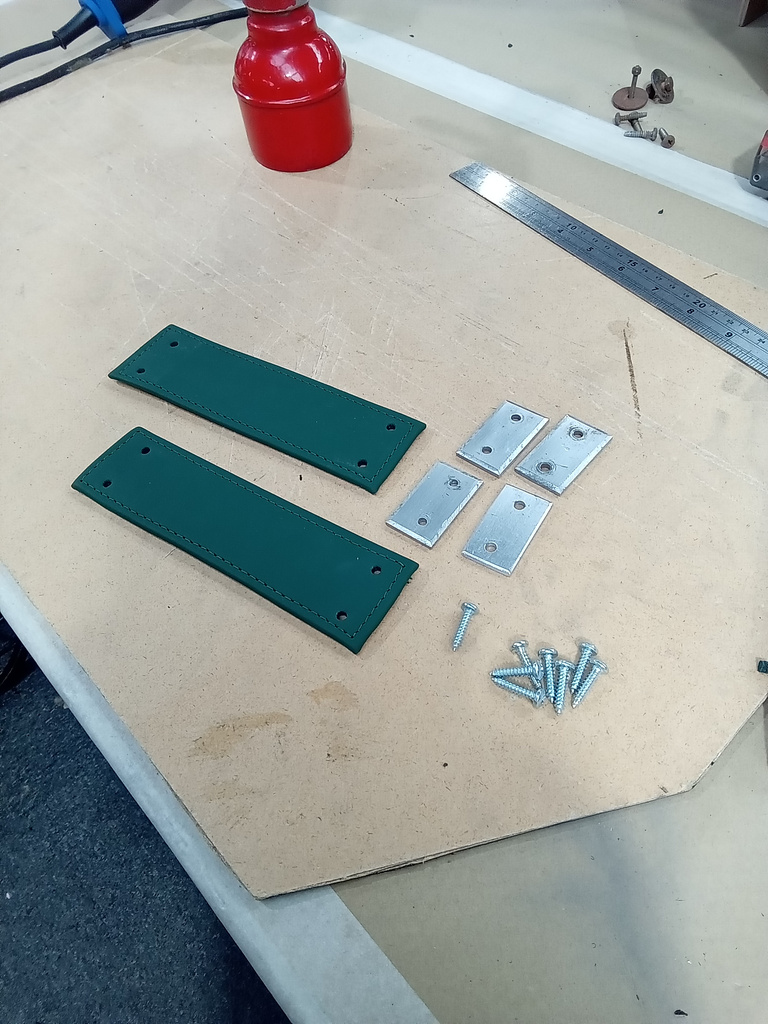
Today’s the day we say goodbye to our Land Rover Series 1 for it’s new adventures in the Highlands of Scotland with competition winner Colin.
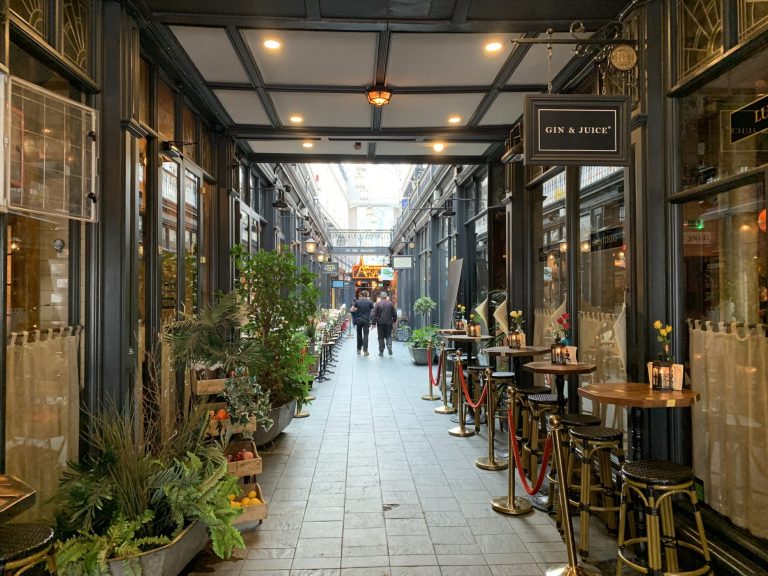
The Times voted it ‘One of the top UK city breaks’ and we at Bridge Classic Cars 100% agree. This weekend, I ventured out with
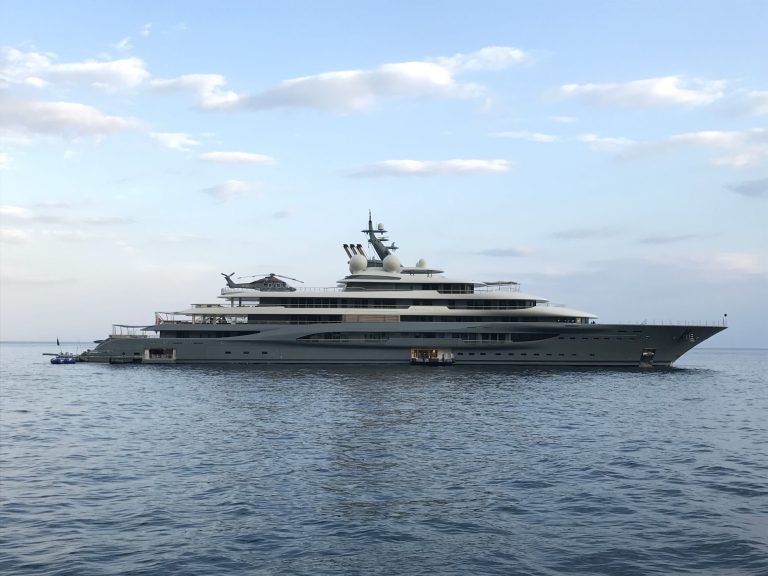
The larger the yacht, the more extravagant the experience? What is it like to work as part of the crew on these floating gin palaces?

On the 6th of September 2021, we posted on the Bridge Classic Cars Facebook page telling the story of a 1961 Alvis TD21 that unexpectedly
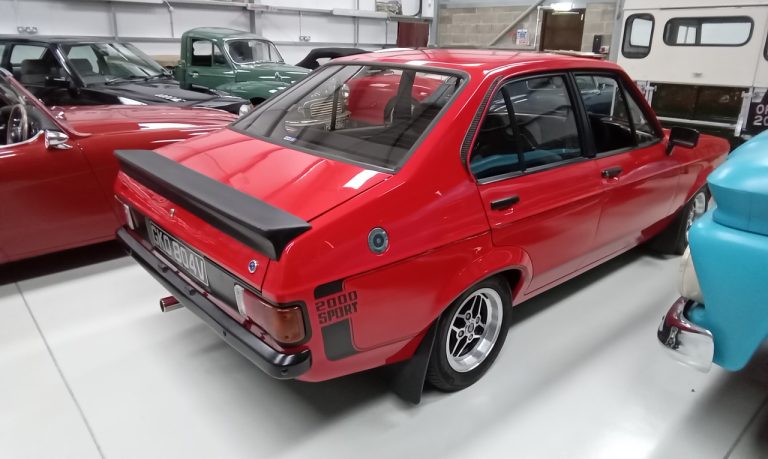
Classic car technician Jonn has been completing some repairs on our 1979 Ford Escort Ghia. The doors have been adjusted and the engine levels were

Classic car technician Jonn has been putting the UK plates on our 1958 Austin-Healey 100/6. He measured, drilled, and painted the brackets before securing them
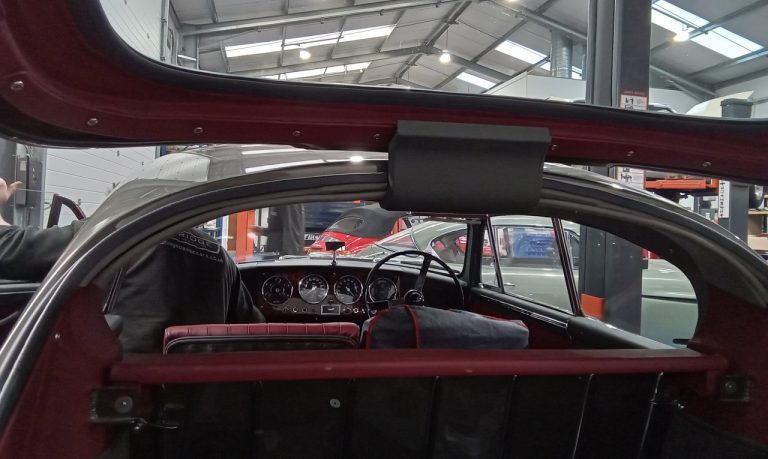
Interior Trimmer Lydia has made some additional piping to add to the rear panels of our 1955 Aston Martin DB2/4, which will close up the
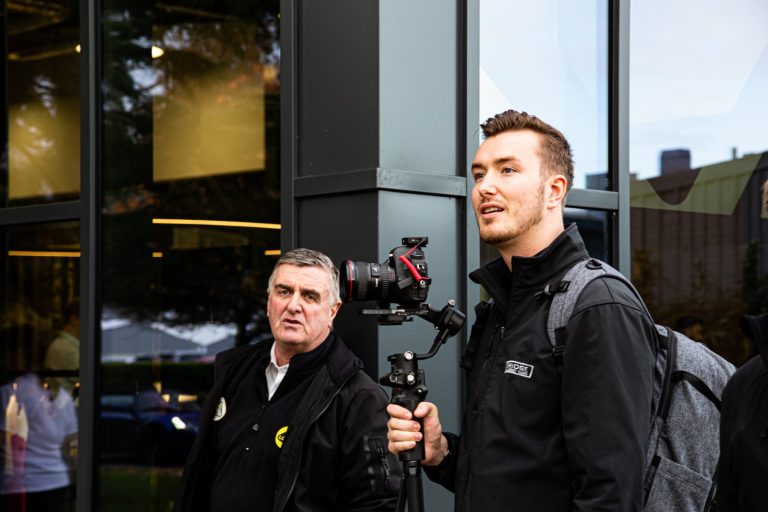
Change is a constant in life, and today, as Freddie completes his last day here at Bridge Classic Cars, we find ourselves reflecting on the
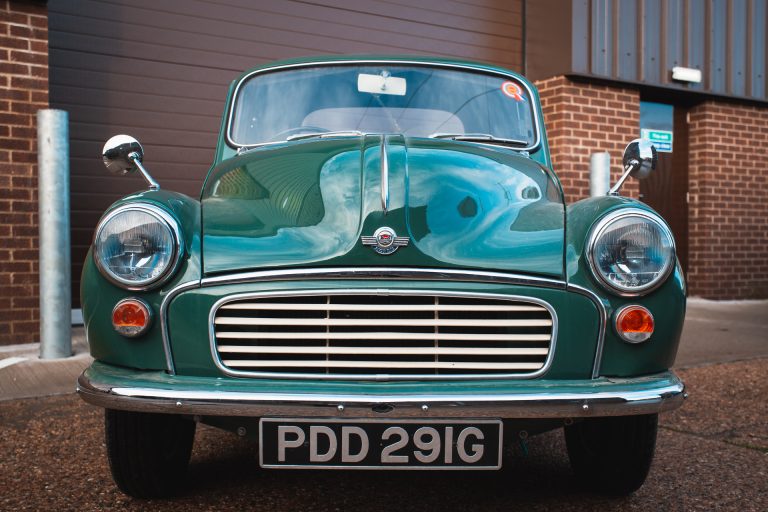
Our 1968 Morris Minor 1000 Pick-Up arrived at the Bridge Classic Cars workshop yesterday afternoon. Now that it is here, our team of technicians will

Interior trimmer Brian has been continuing his work on the 1953 Aston Martin DB2/4. He sandblasted the metal frame legs on the front seat squab

Classic car technician Steve has begun working on our 1979 Reliant Scimitar. He started by investigating the brake master cylinder that was leaking fluid into
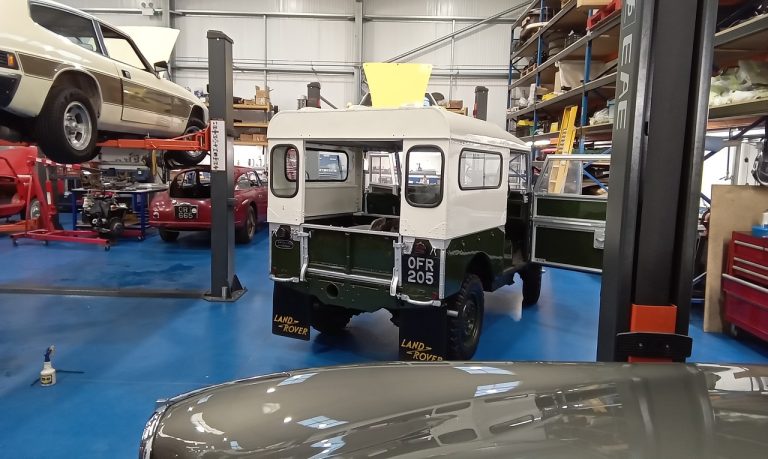
To prepare for our 1953 Land Rover Series 1 to be delivered to its new owner, classic car technician Jonn has assembled the hard top

The 2024 Mazda MX-5 has been unveiled to the public at the Japan Mobility Show. The unveiling marks the first time since the current generation
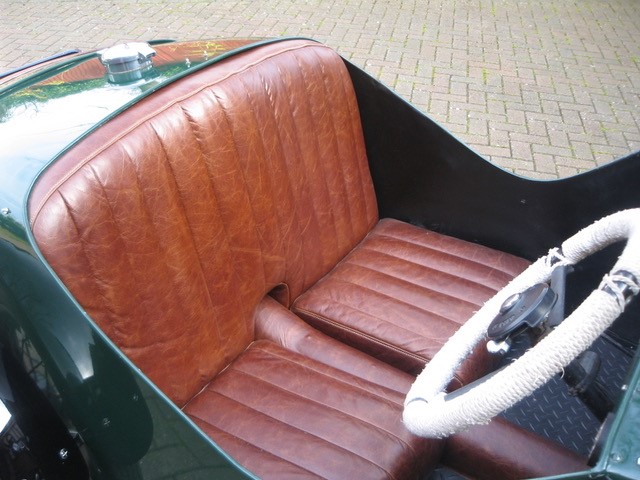
We are awaiting the arrival of two more classics that will soon be available to win through Bridge Classic Cars Competitions. 1932 Austin Ulster Manufactured
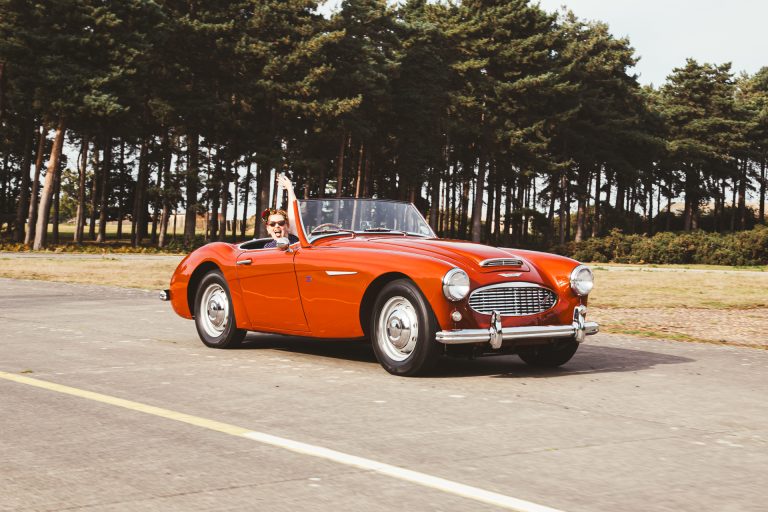
The classic Austin-Healey holds a special place in the dream garage of many petrolheads. From the humble Sprite to the suave and sophisticated 3000, the

Our 1905 Riley 9HP may be more than 100 years old but, thanks to our team of skilled technicians and our friend, Darin at Ashbocking

Our 1972 Ford Transit Tipper has been with interior trimmers Brian and Lydia. They have been glueing the rubber door seals and fitting them to

Our 1976 Triumph Spitfire bulkhead has been modified by classic car technician Rob, to ensure the bonnet gaps are correct. Rob then finalised the door
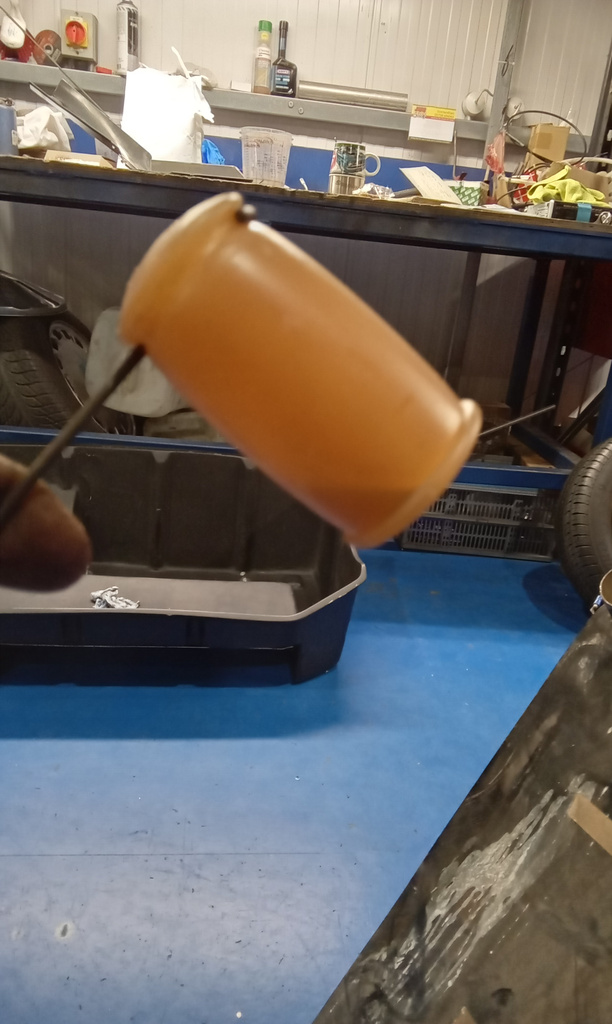
Before our 1970 Lotus Europa goes live on Bridge Classic Cars Competitions, classic car technician Jonn has been making some final repairs. The fuel gauge
Alright, I am not referring to the start-stop technology of today, it’s not quite the completely automatic system that works by detecting a lack of vehicle motion.
Instead, check out the beautifully crafted hatch that has been made up for our 1905 Riley 9HP. When opened, the vehicle’s engine can be run by simply turning the handle but when the hatch is closed, the handle fits perfectly inside a grove that has been cut out especially for the handle. Doesn’t it look amazing?
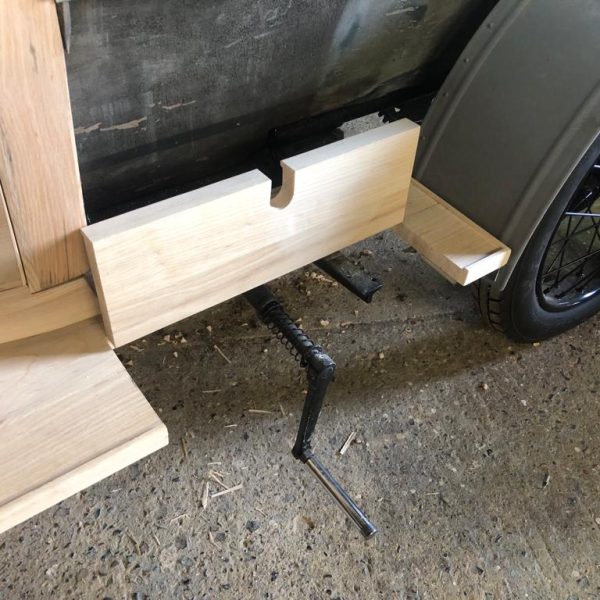
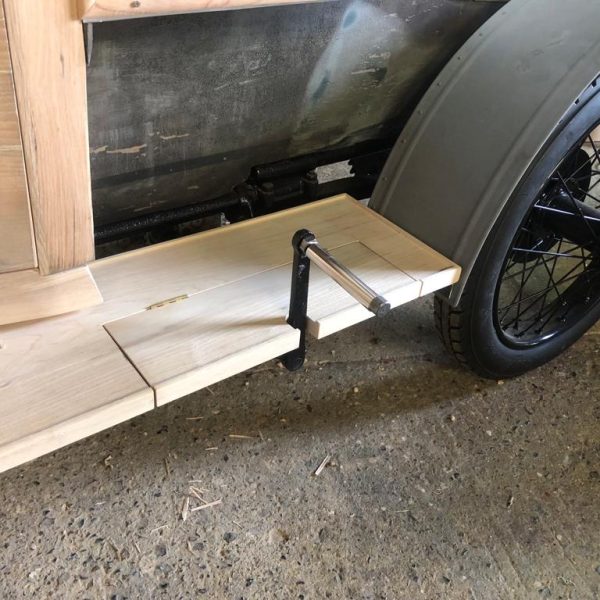
What is start-stop technology in modern cars and how does it work?
You probably have it on your modern car right now; start-stop technology detects when your car comes to a halt and stops the engine automatically. It then starts the engine again for you when you press the accelerater. This technology was developed to reduce the amount of pollution caused by vehicles, specifically emissions released into the atmosphere when cars and vans are idling or stuck in slow-moving traffic.
Jon has removed the spoked wheels in preparation for the colour change. From red to silver.

It’s not everyday we get a modern in but today we have a quick in and out…
Our 2016 Land Rover Sport may have a possible puncture so Jon has it up on the ramp to get the tyres and inflate where necessary.
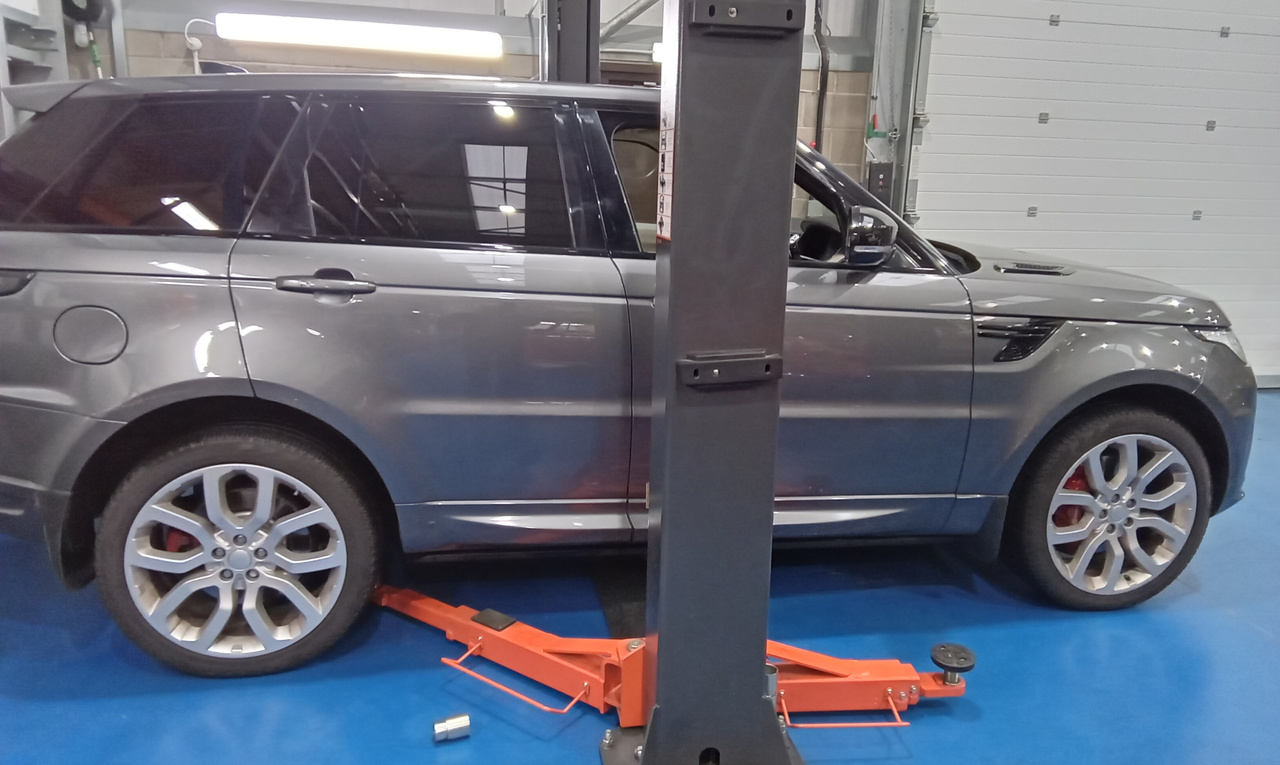
Lydia and Brian have welcomed in our Rover 216 Cabriolet for a new hood to be fitted. The hood comprises of an outer layer, middle section and roof lining which will all be replaced as part of the project.
So far, the front section of the hood cover and headliner have been removed, as well as the rear roof metal sections and padded inner lining.
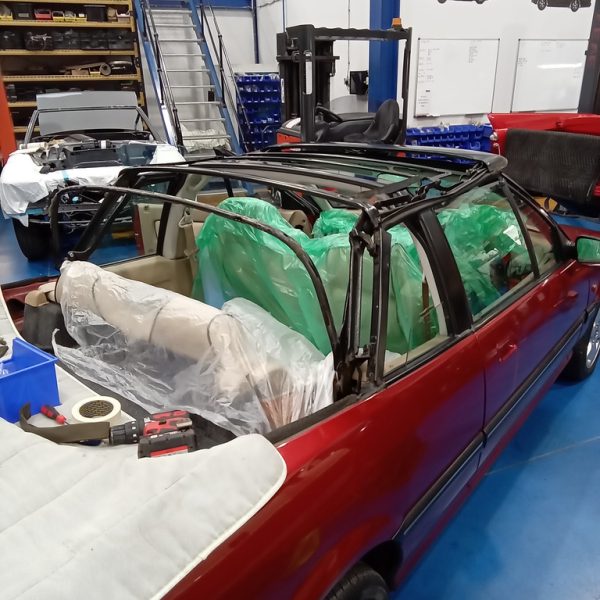


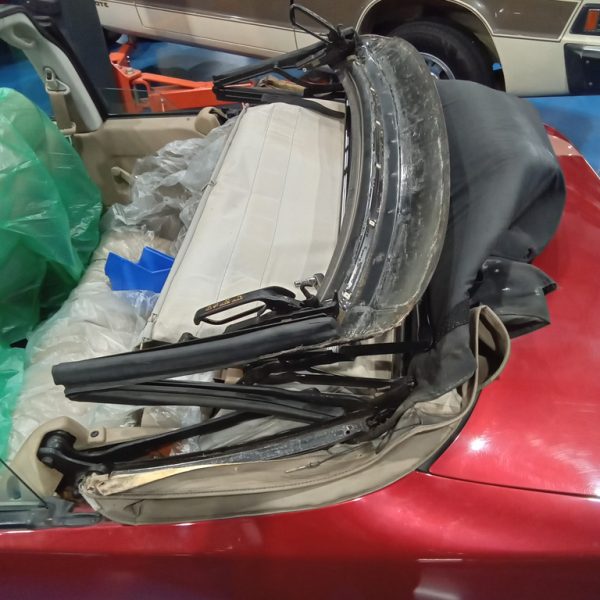
Our 1967 Jaguar E-Type Racing Series 1 is for sale by auction right now on Car & Classic.
To prepare for this, Tom and Myself headed over to the former RAF Bentwaters to shoot the car during the worst flooding scene in our area for nearly 40 years.
After gently driving the road-going racer across the site and into the infamous Hush House (the former engine test facility when the base was active). After getting the car in position, we took our time to carefully clean down the car ready for the shoot. It looked incredible under the down lights in the stark and industrial building, a complete contrast against its vibrant and eye catching Volcano Orange paintwork. After the car was cleaned down, we head into the control room where so many test engineers had gone before and hit the lights…
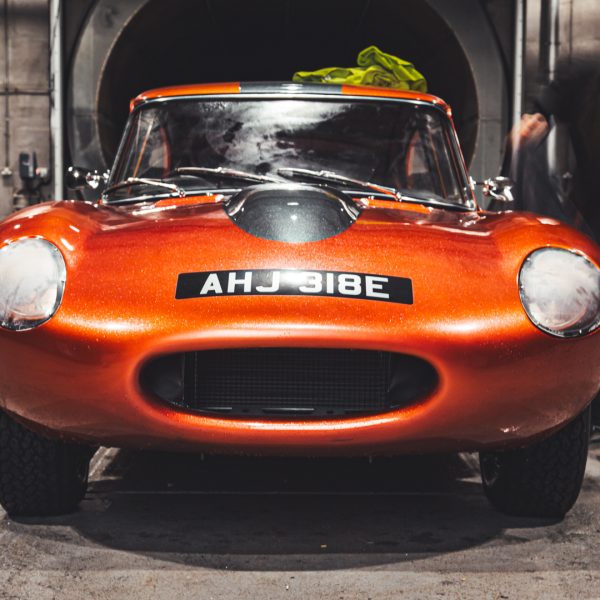


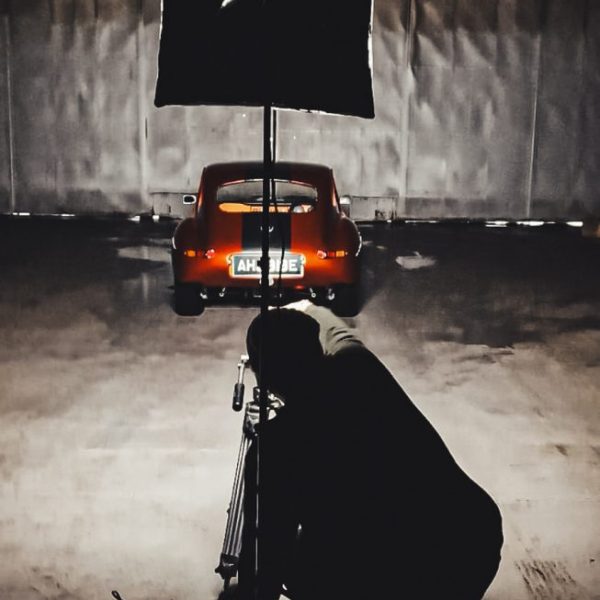


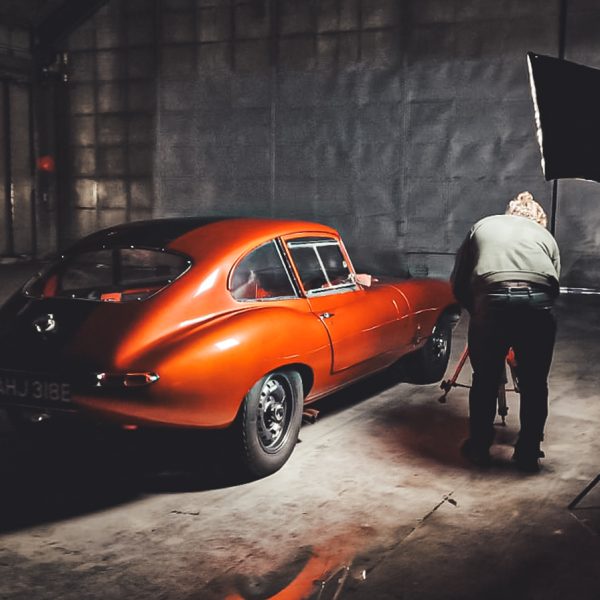

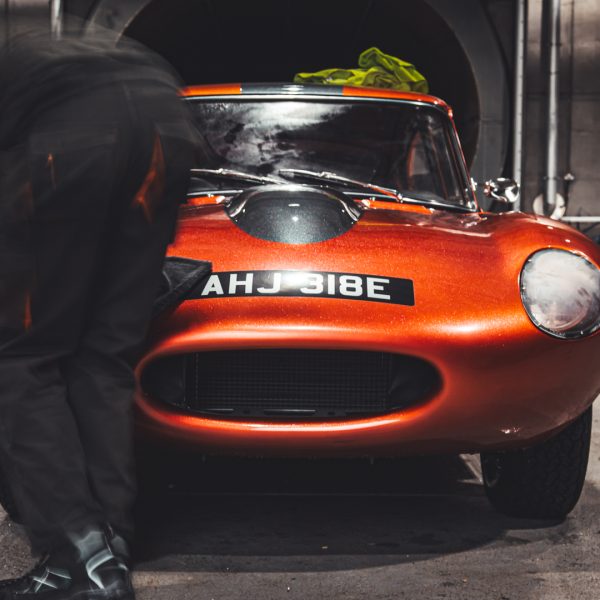
This wasn’t going to be like any other shoot though. We had decided to try something different and really push ourselves creatively in a short amount of time. Thinking back to the incredible photo shoot with our Chevron Formula 2 car, which had been shot by Freddie several years before in the same place, we decided to capture the racing E-Type using long exposures and carefully painting light across the bodywork and accents of the car as well as trying light painting through the background to give it a little more of an ethereal, artistic feel.
Here are some of the results:

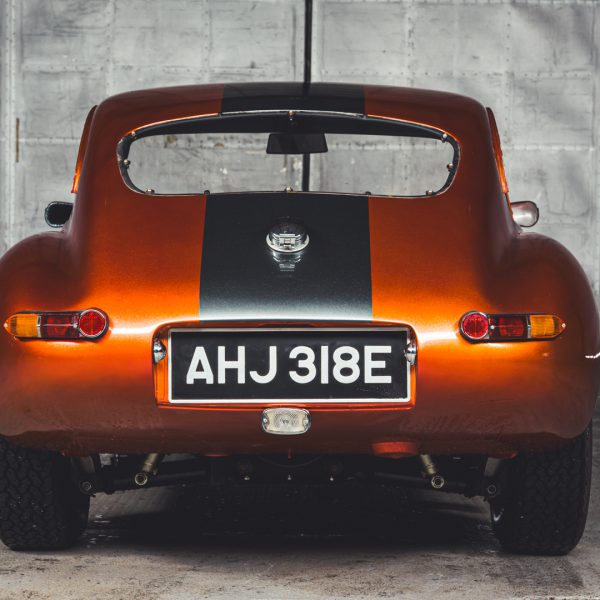
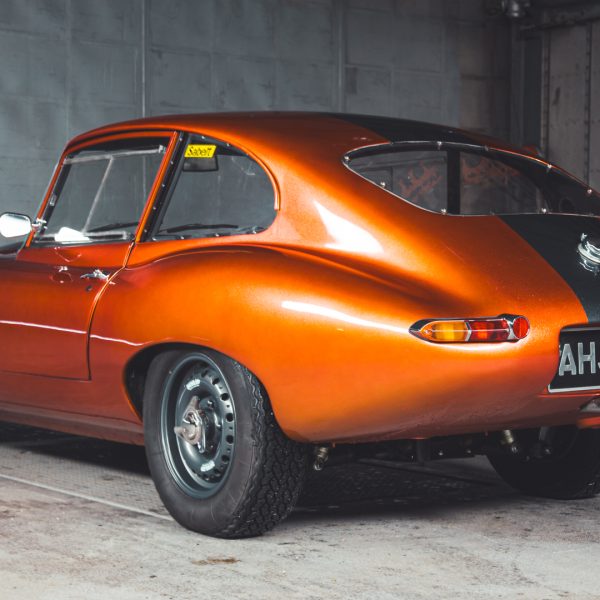

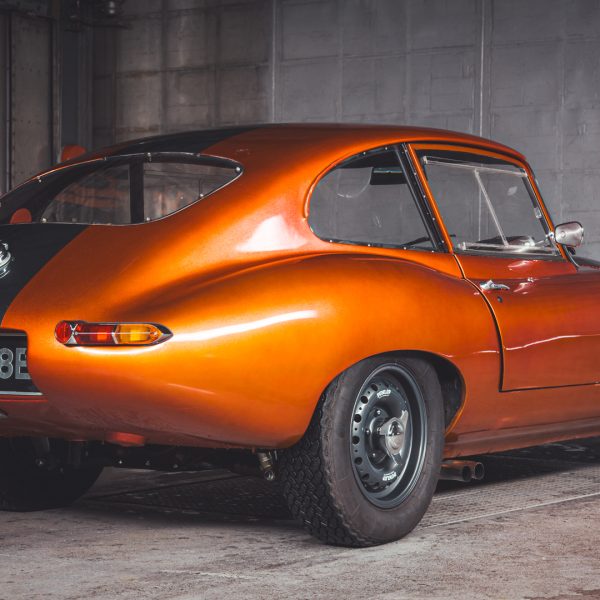
Using our tripod and the cameras exposures set to around between 10 and 30 seconds, with the cameras light sensitivity turned all the way down. We began capturing the exterior shots of the car. With myself on the controls of the camera and Tom armed with a single diffused studio light (connected to a portable power pack), we began to slow work our way around the car using the studio light to paint the light over certain areas of the car to give it correct exposure but also to amplify the wonderful form and curves of the vintage E-Type.
Because of the amount of moisture in the air (we shot this at the height of the local storms, and hence why the car was shot inside) the headlights remained fogged up which adds to the vicious look of this road-going racer.


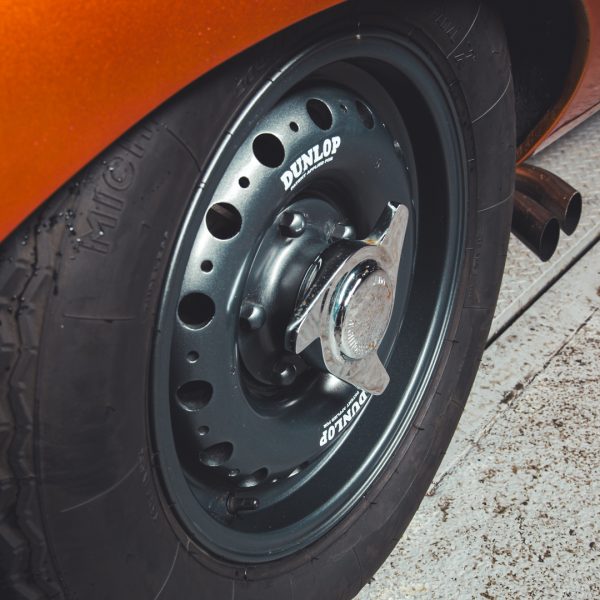
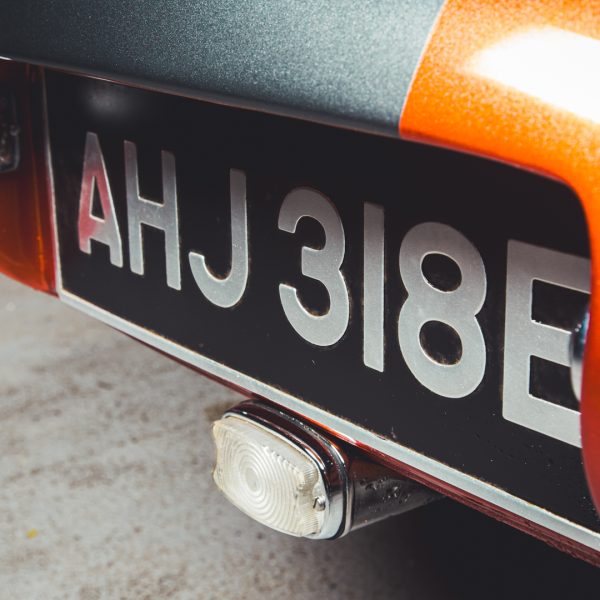
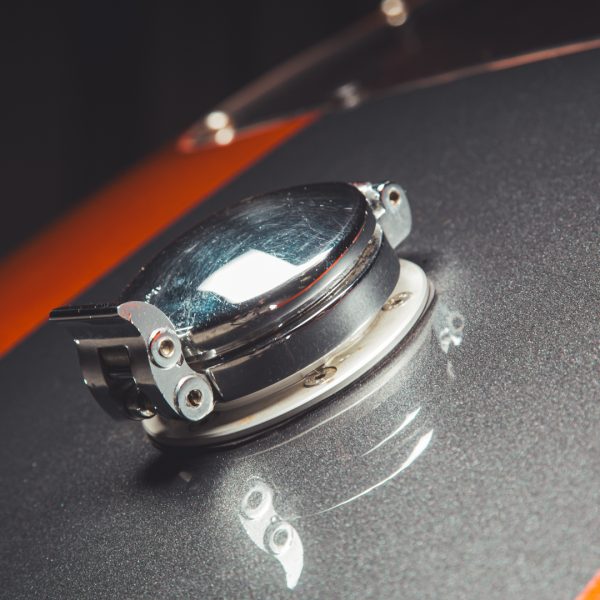

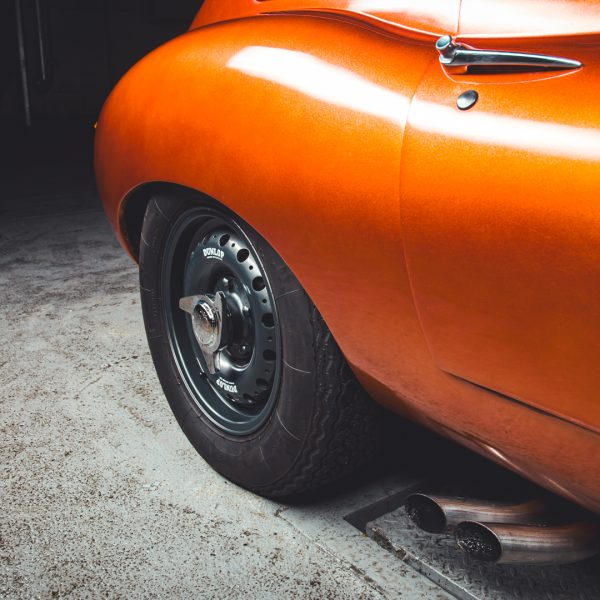
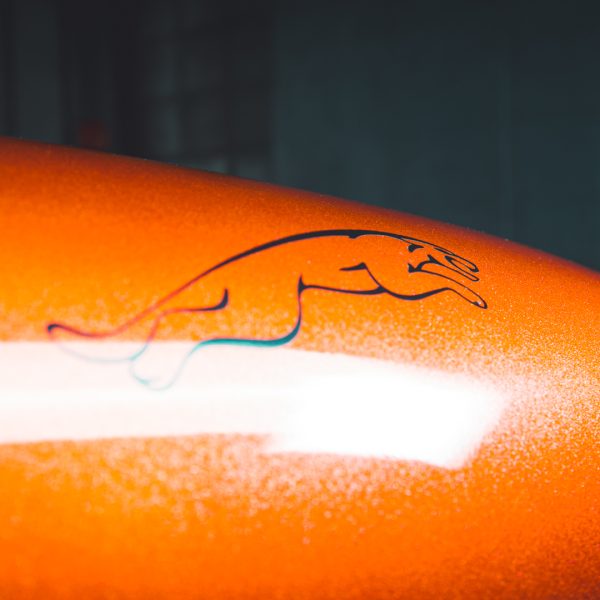
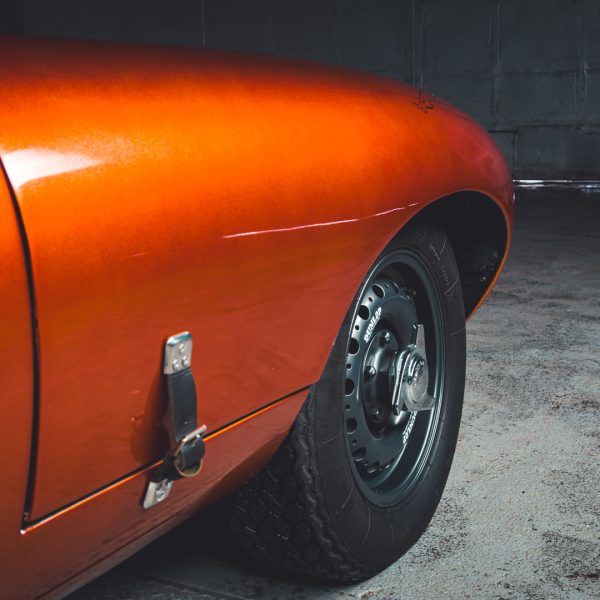
To capture the detail shots of the car, or ‘beauties’ as we refer to them here in the marketing department, we adopted the same approach of carefully dancing the highlights across the bodywork after triple checking the triple checks to make sure the focus was laser sharp on the area we needed.
Things like the Monza filler, a distinct feature on our E-Type, or the quintessential rear lights all had to be captured this way. Although more time consuming, allowed us to achieve the best result. For a few hours, it was a case of systematically going through every angle and aspect of the car with Tom, to capture everything that we needed. The trickiest part of the shoot, was actually the interior.
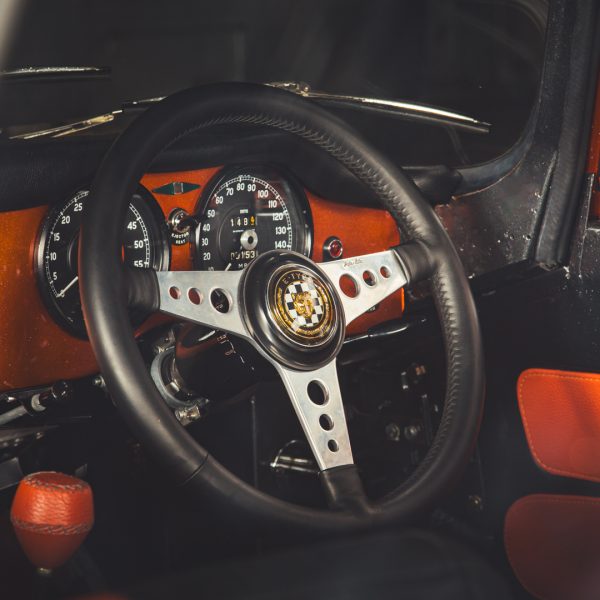

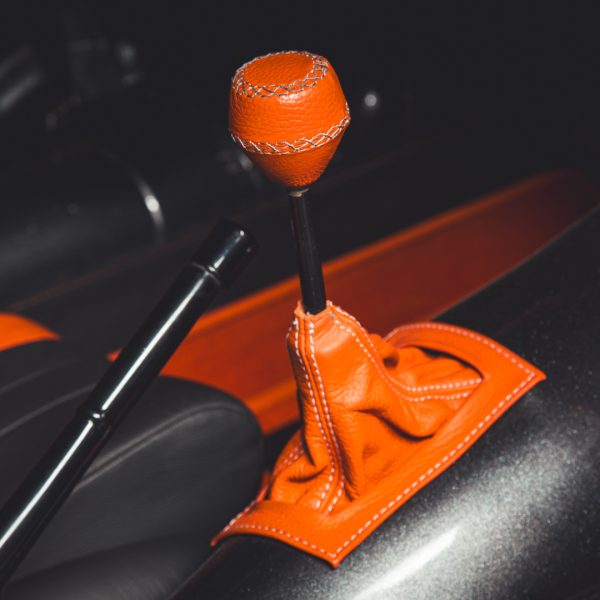
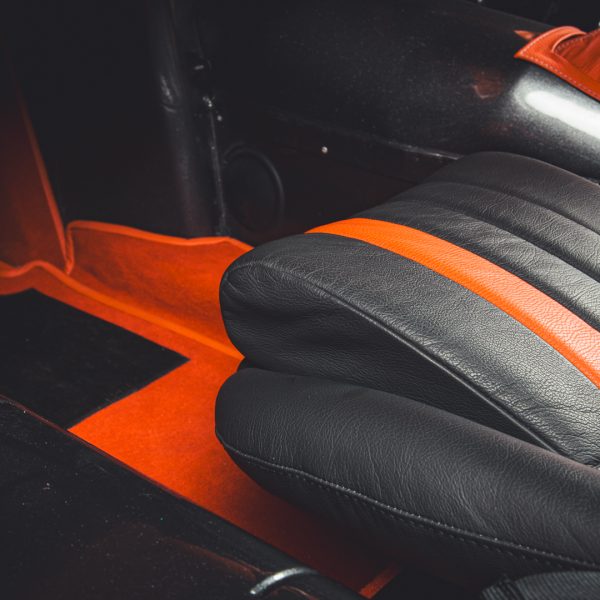
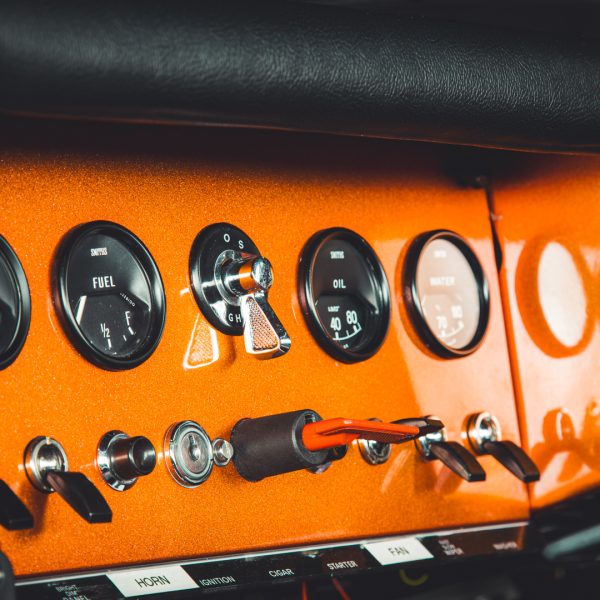
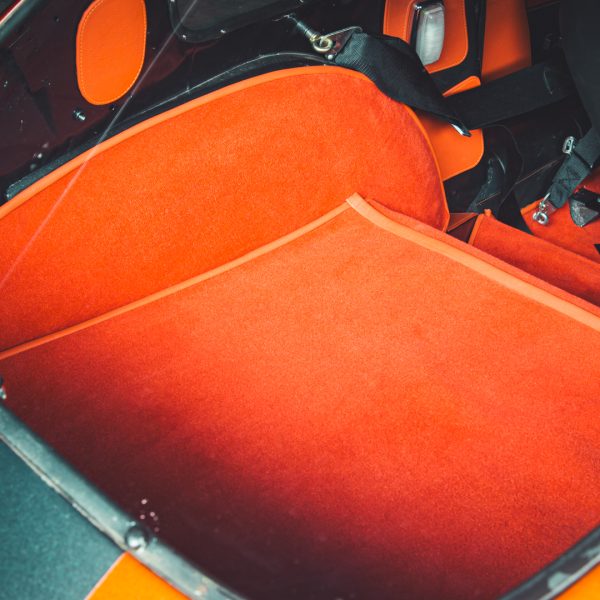

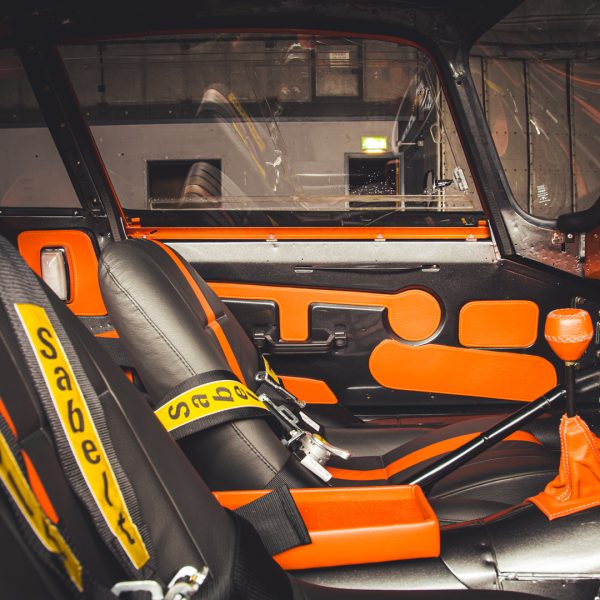

Because most the interior is covered by the roof, it tends to be the darkest aspect of the car. It’s also the easiest part to be able to see reflections in as almost from every angle you have a glass surface.
Once all of the essential photos were ticked off the list, it gave myself and Tom a bit of time to experiment with some more ‘artistic’ style shots to round off the shoot and add a sense of flair to this one of a kind classic.
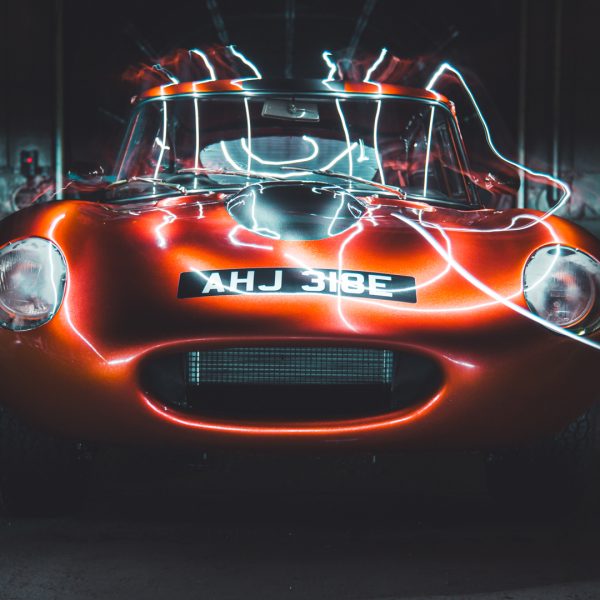
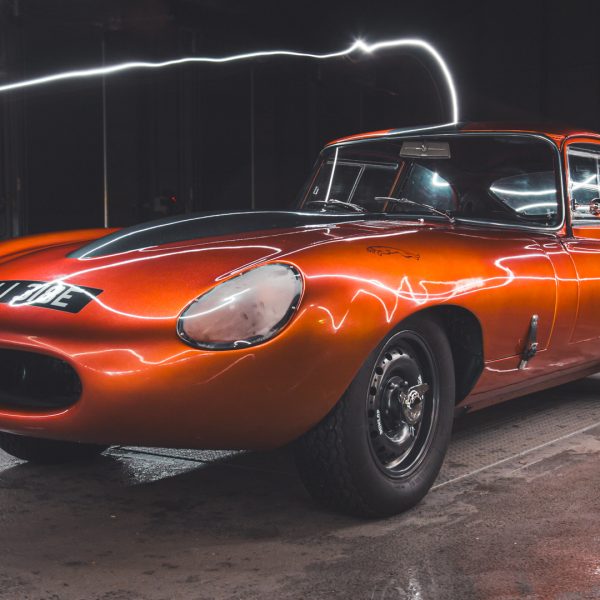

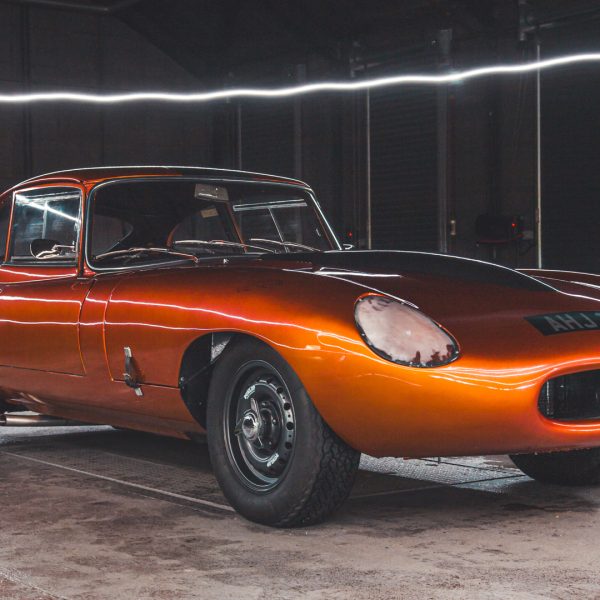
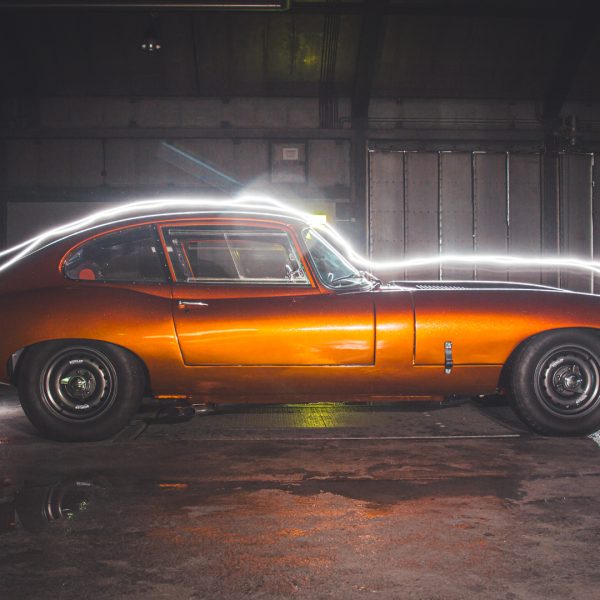
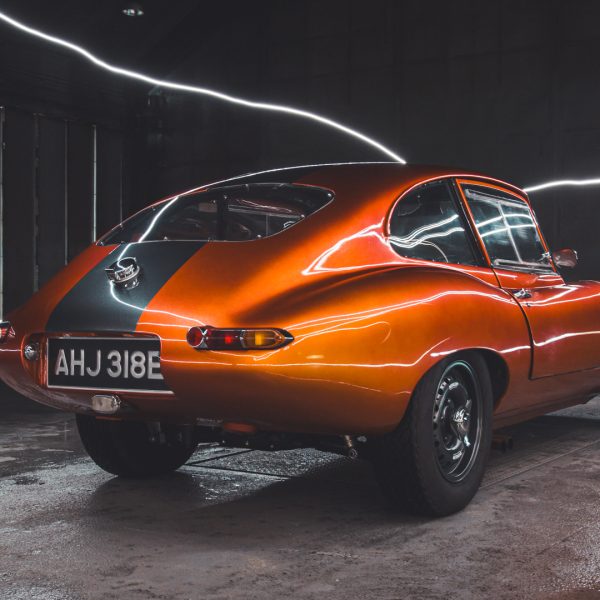

Continuing with the use of long exposures to capture enough light to correctly show the car but also show off the menacing and purposeful character of our E-Type, we decided to play with highlights and framing. Using the torches on our smart phones, we worked our way round the car at speed to highlight the haunches and lines, while also creating patterns and shapes to display the car inside of what was essentially a stark and empty background.
The results, are something that we as a team are very proud of capturing for the auction of the car with our friends at Car & Classic.
Also, we offer full photo shoots with your pride and joy by the team here at Bridge Classic Cars. Click here and inquire.
Jon has carried out the Pre Delivery inspection on yesterday’s competition prize, our 1991 Ford Escort RS Turbo.
Another trip to Scotland for us; 2 Scottish winners in the 3 weeks, lucky times!
Ross will soon be accepting delivery of his new (old) car. Having owned various Fast Fords over the years, Fiestas mainly but up until now has not owned the Mk2 RS Turbo. He’s really excited and we can’t wait for him to see the car.


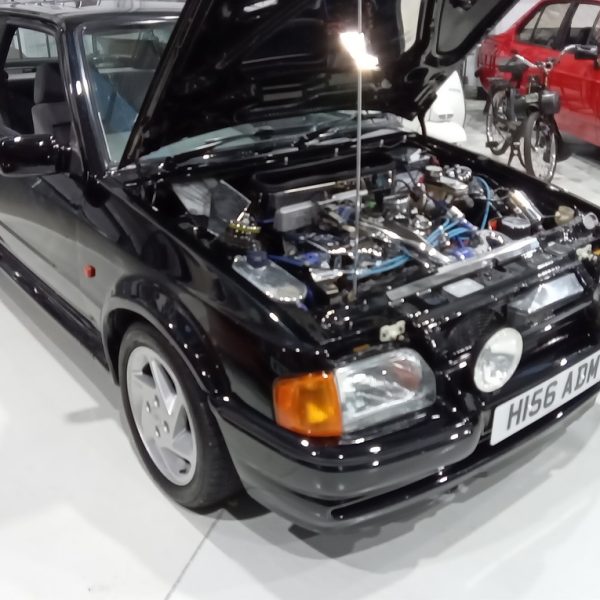
The old door cards had been finished to a poor standard and Lydia felt were not fit for purpose.
She has cleaned off the old door cards and removed foam that had been incorrectly and poorly stuck down. New vinyl was cut and laminated onto scrim foam. This meant that the stitched design now stood out well from the rest of the vinyl , without looking garish like the previous design.
She then applied the new vinyl to the panels and cleaned off my pencil marks.

Chris has been working tirelessly in the paint shop on the final preparation of prime and paint on our Mk2 Ford Transit.
The next stage is to flatten and polish the shell and when he’s 100% happy with the finished results he will pass back over to the workshops for the fit up.


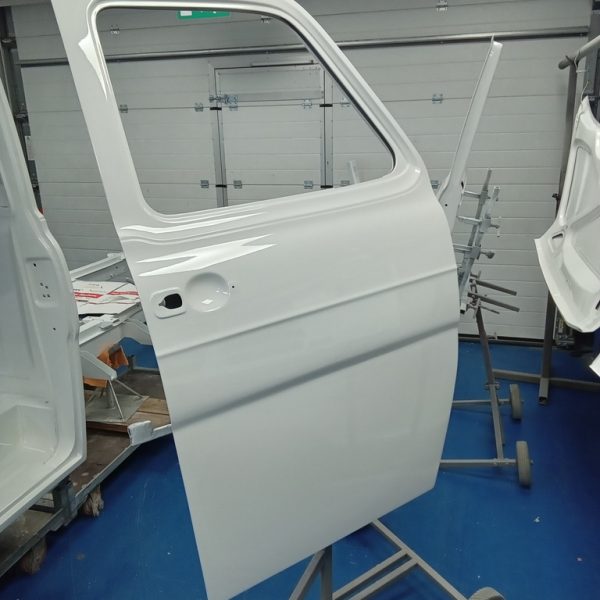
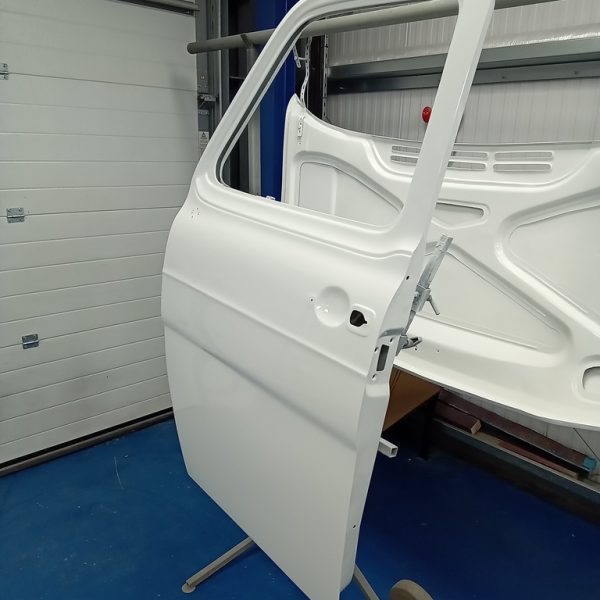
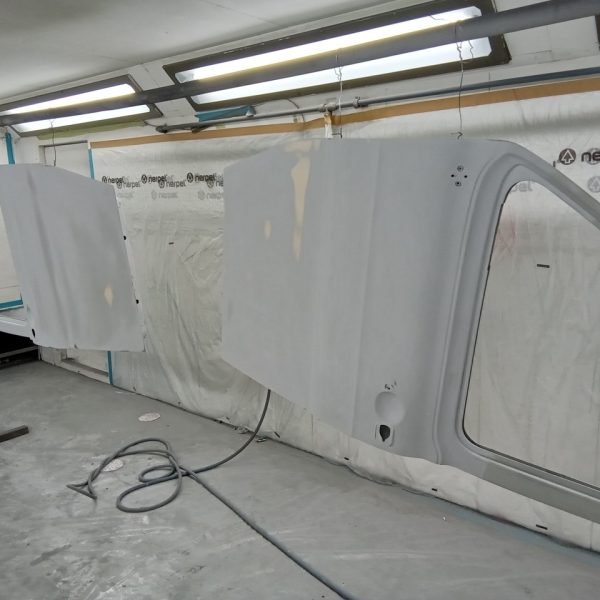
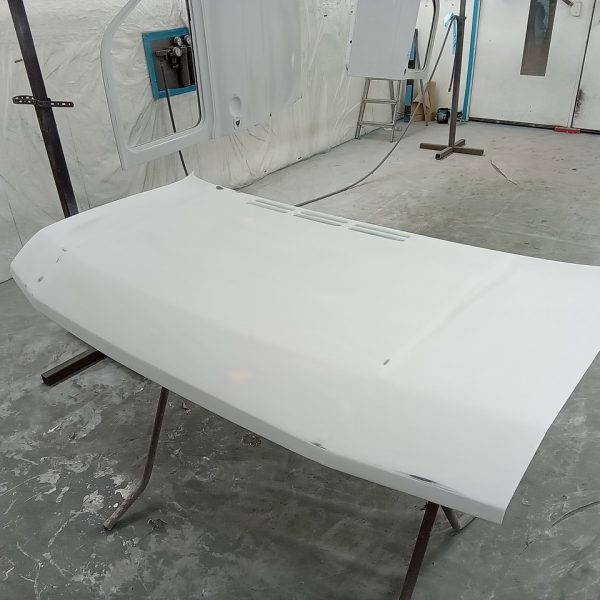
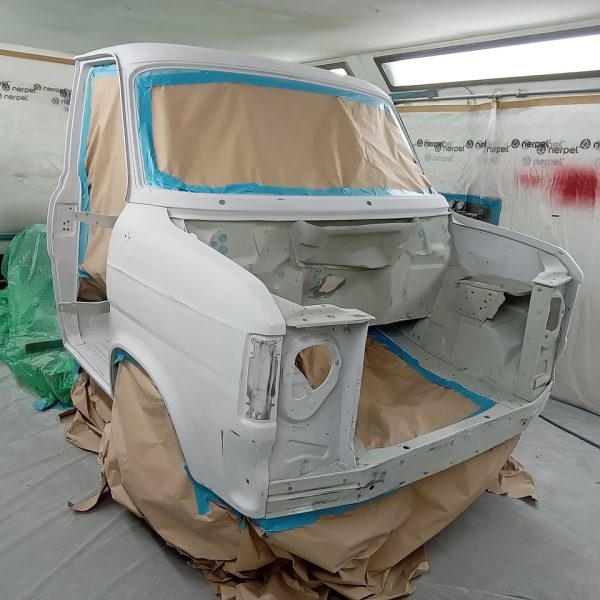

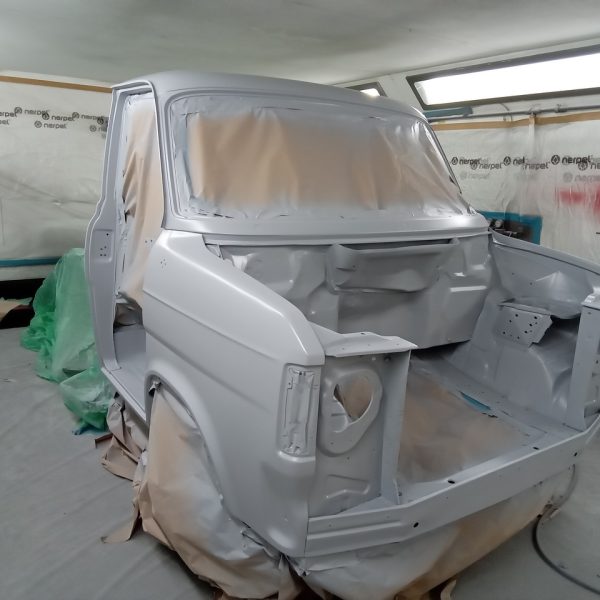

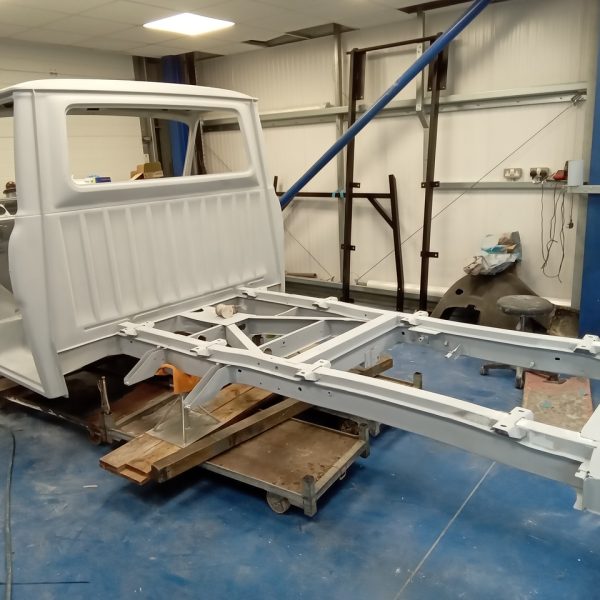
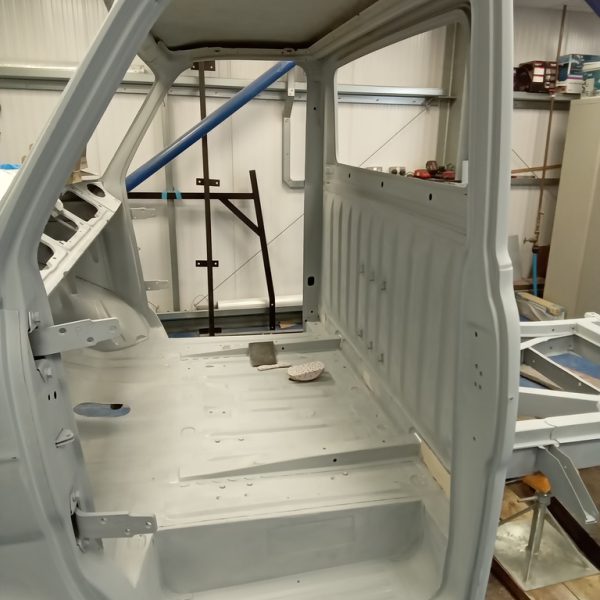
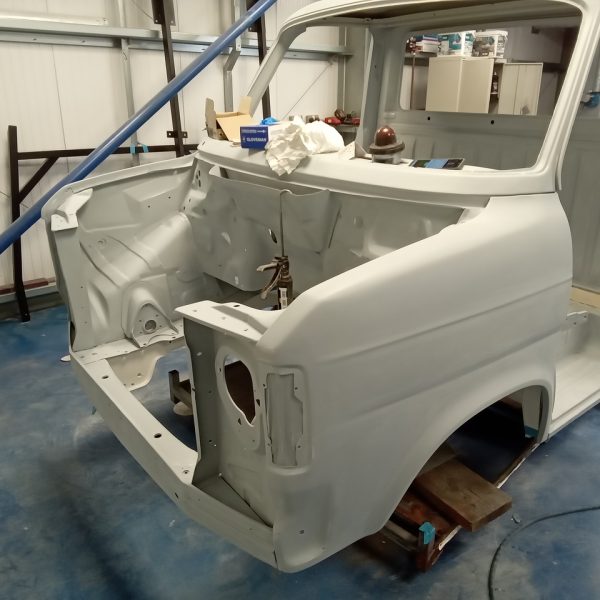

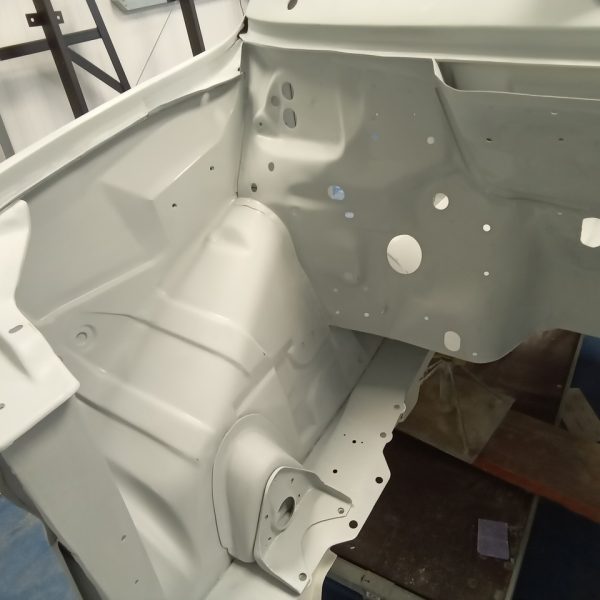
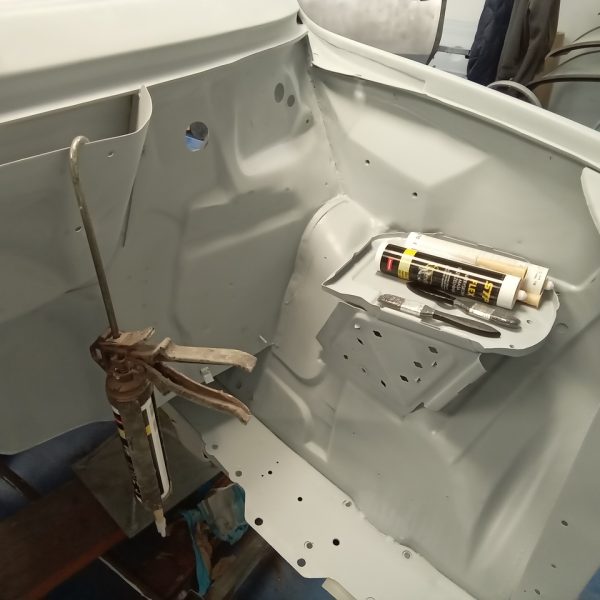

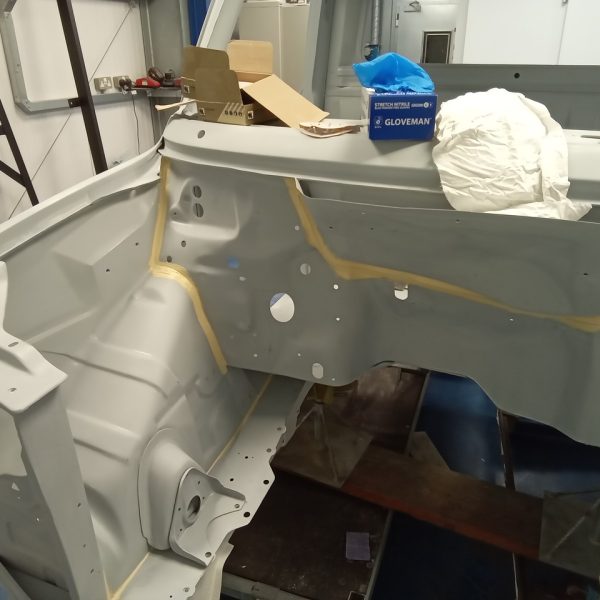
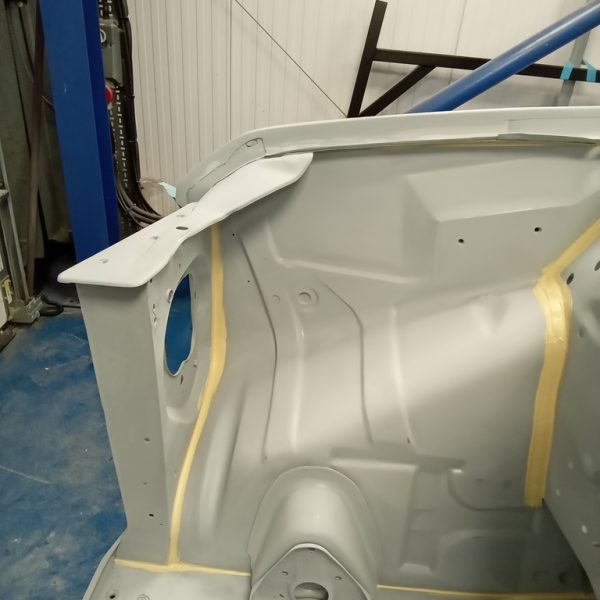


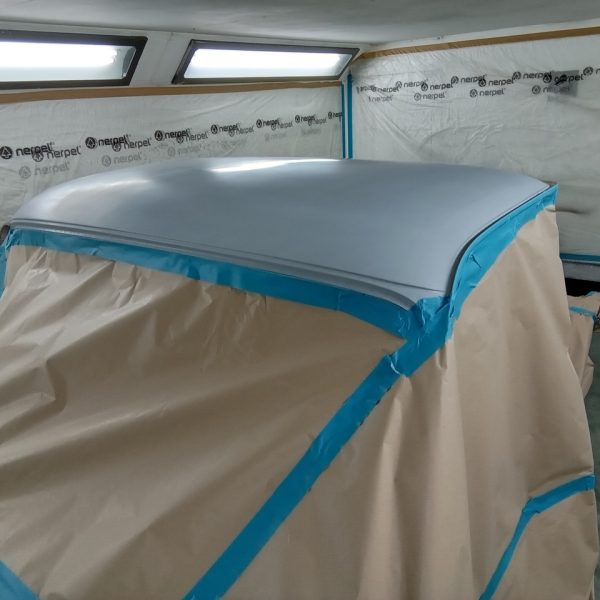
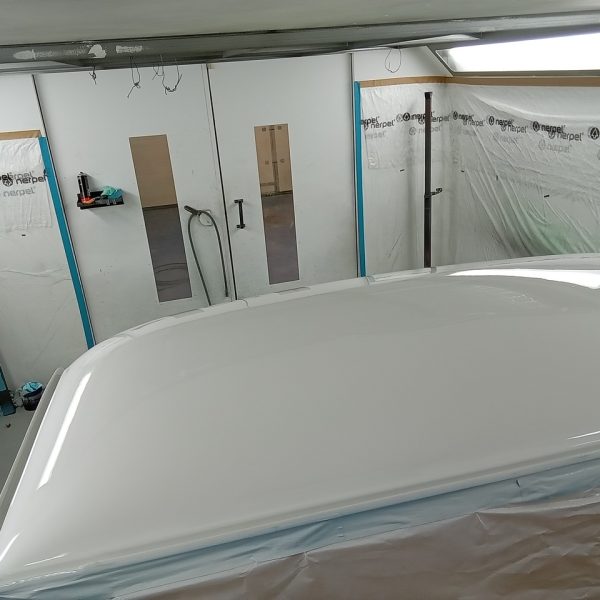
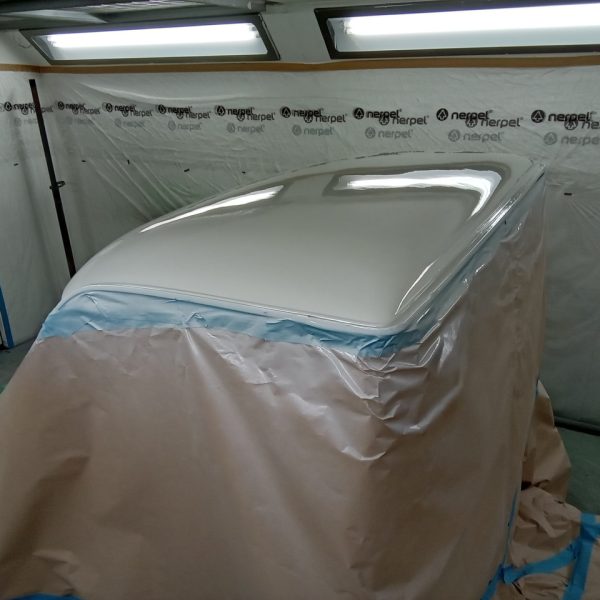
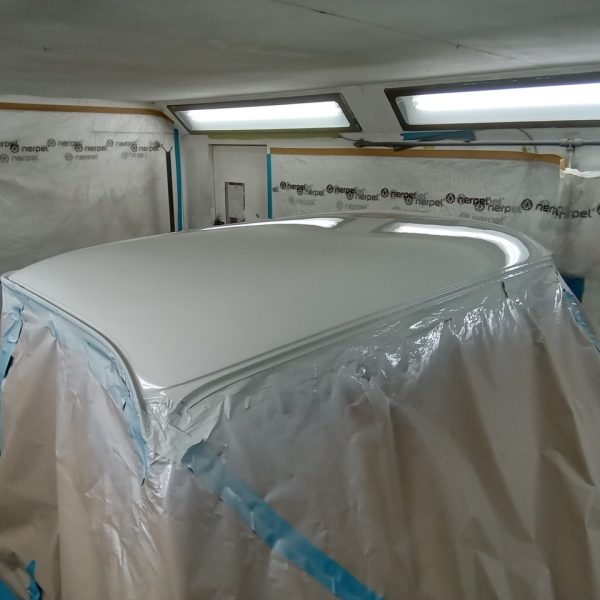
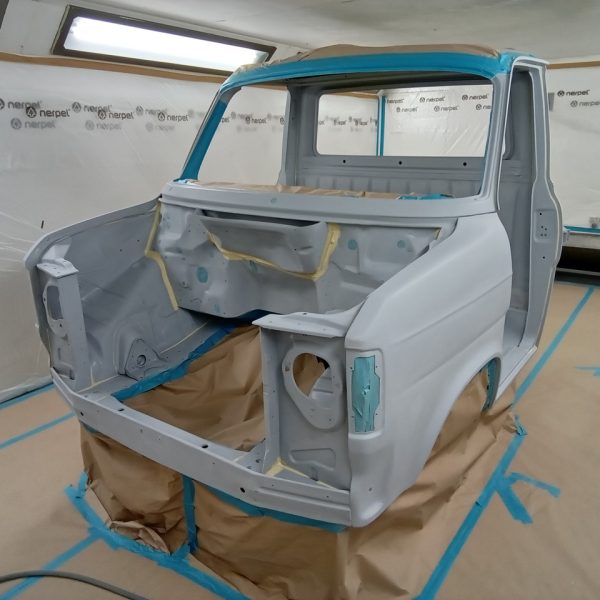

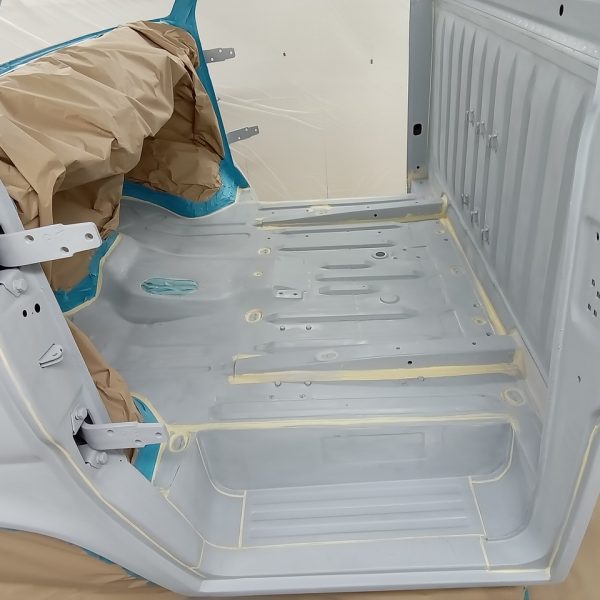
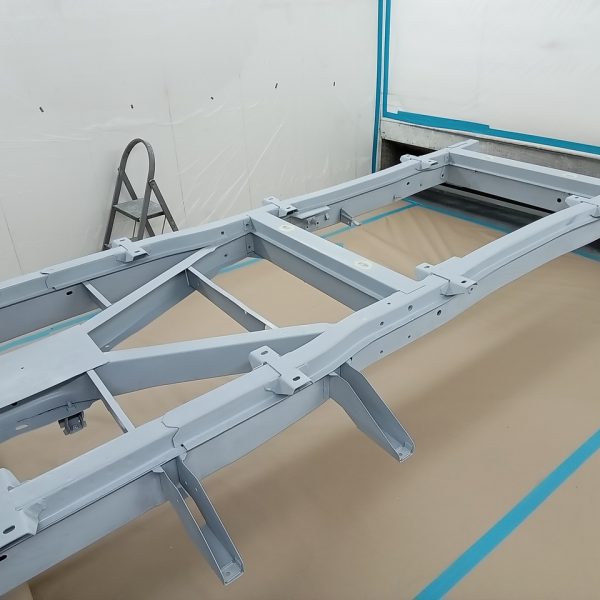

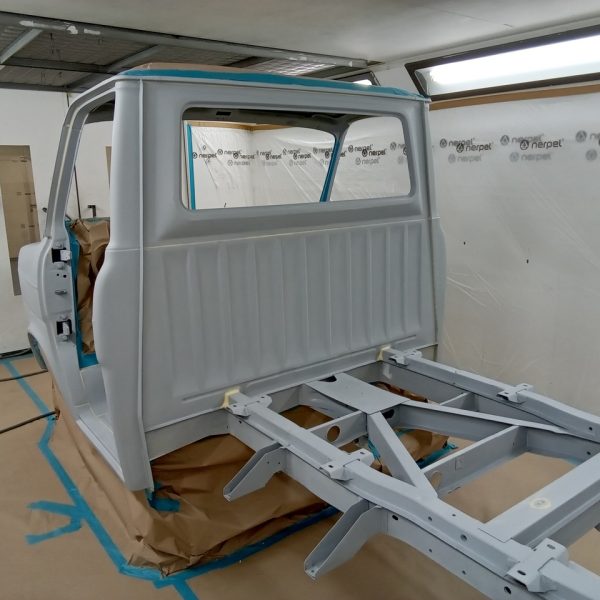
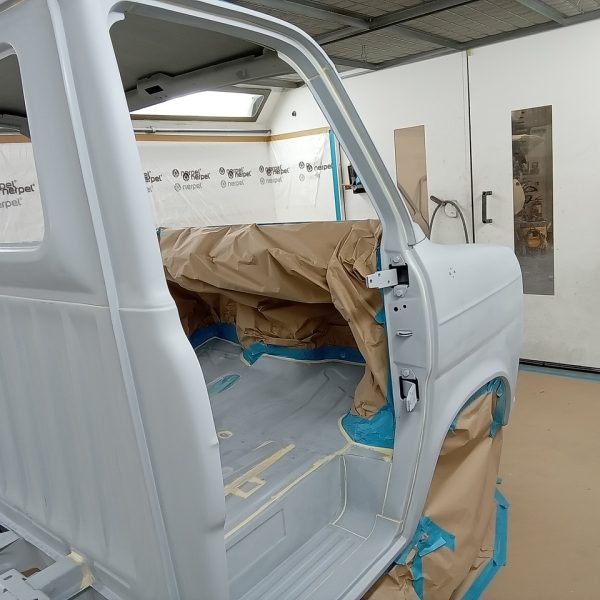
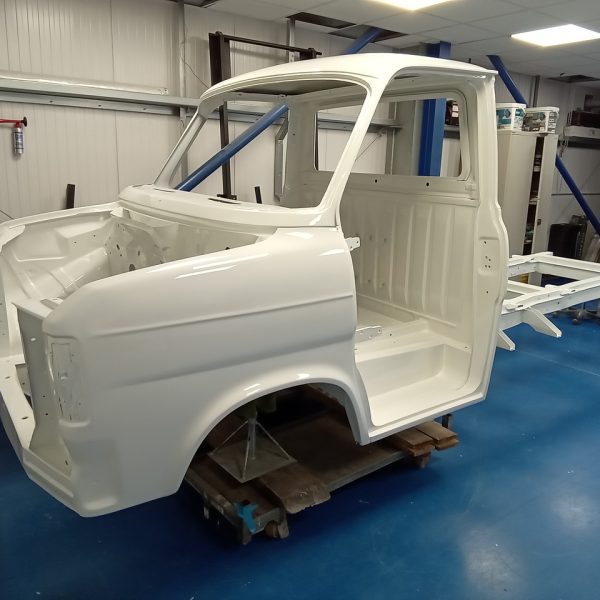
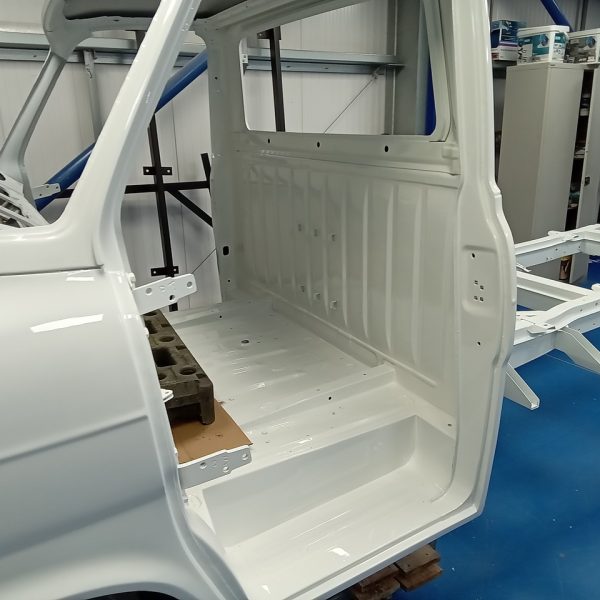

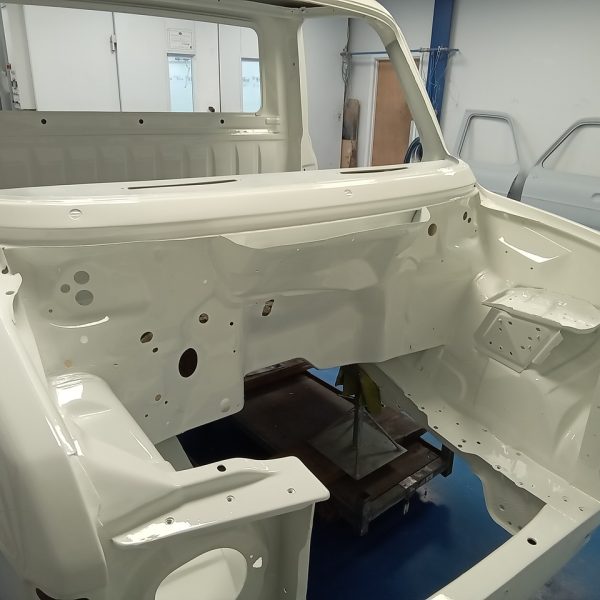
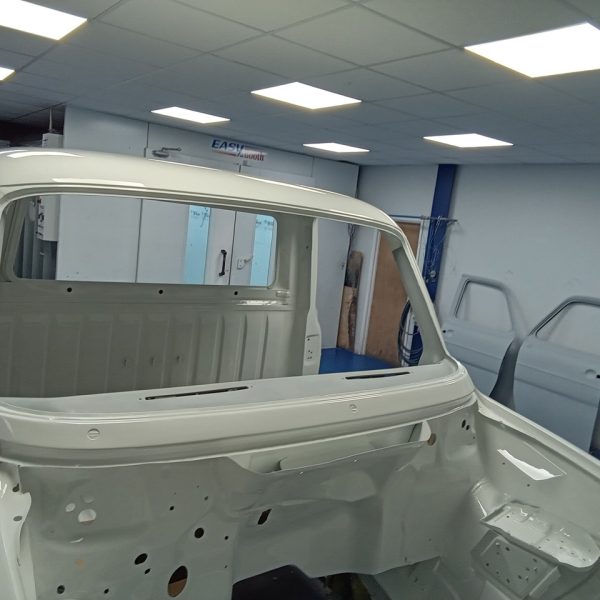

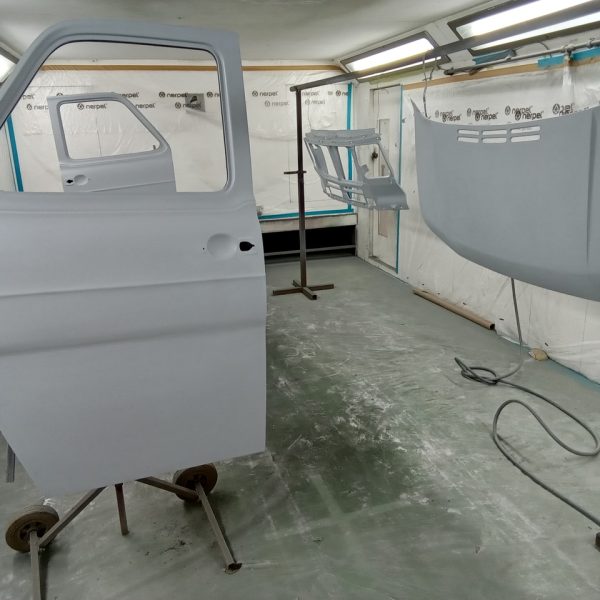
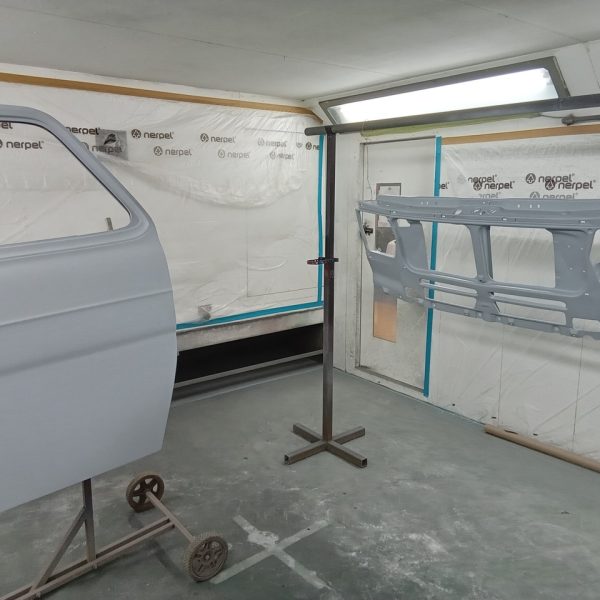
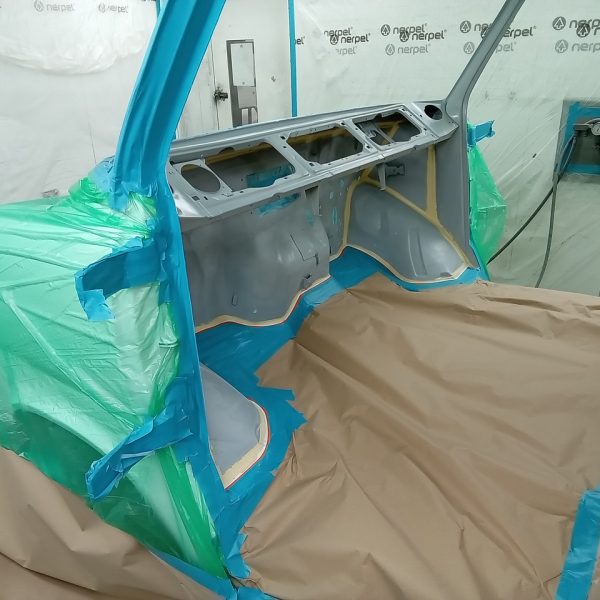

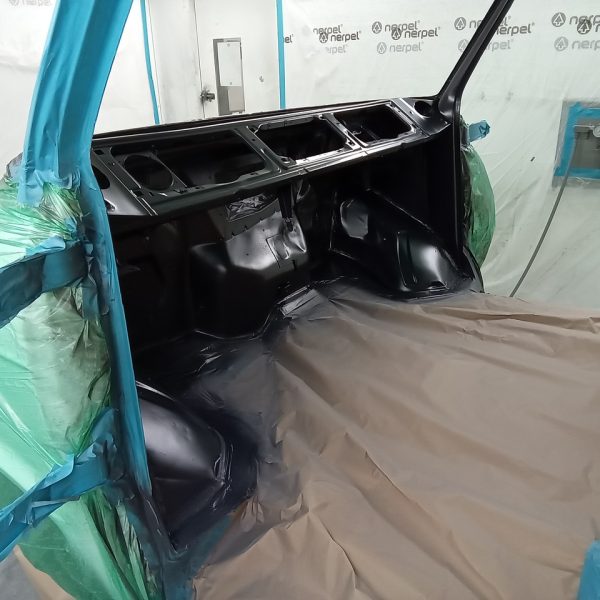
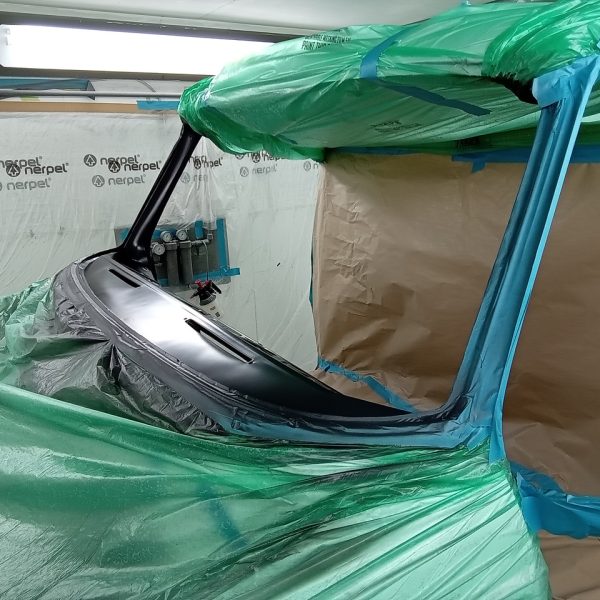
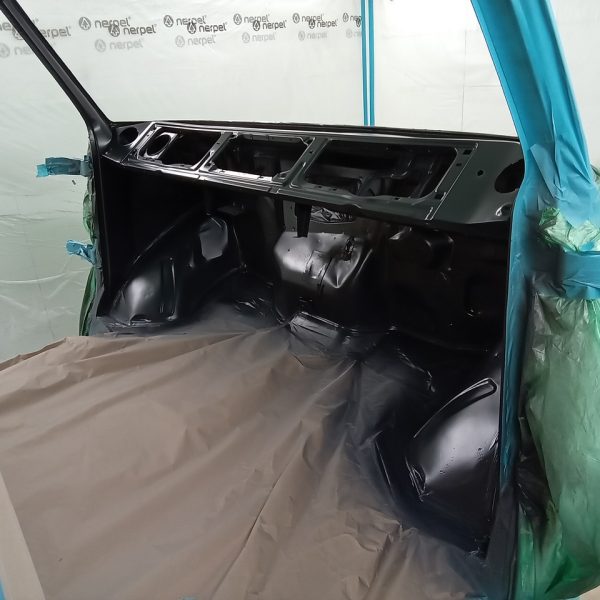
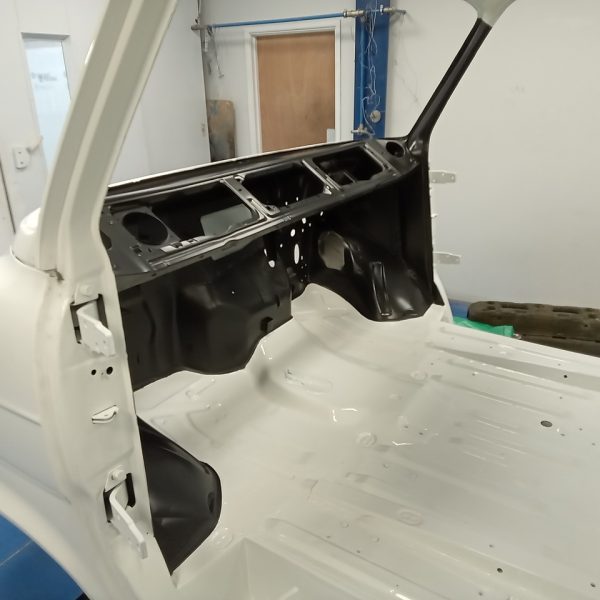
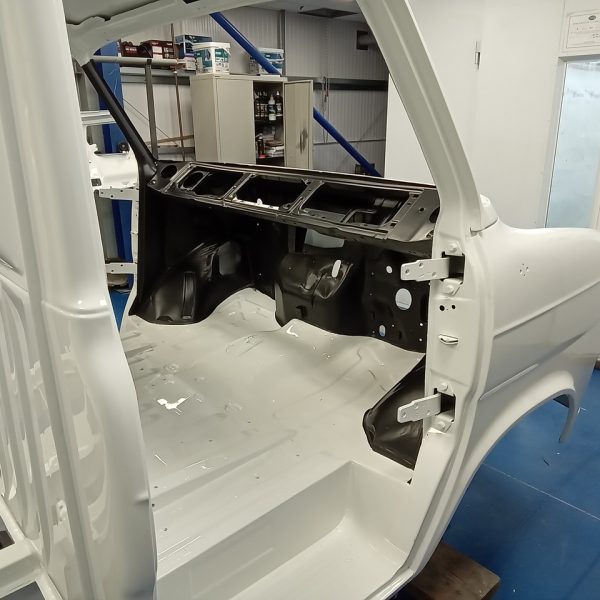
James has been working on the finishing touches to our Mk 1 Ford Transit. The gearbox has been removed, the engine sump and rear main oil seal plate have also been removed.
All parts were fully cleaned and decreased, then reassembled with new gaskets.
New oil was added and the gearbox refitted with a new output shaft seal installed correctly.
Then it was run up and checked for leaks.
All OK.
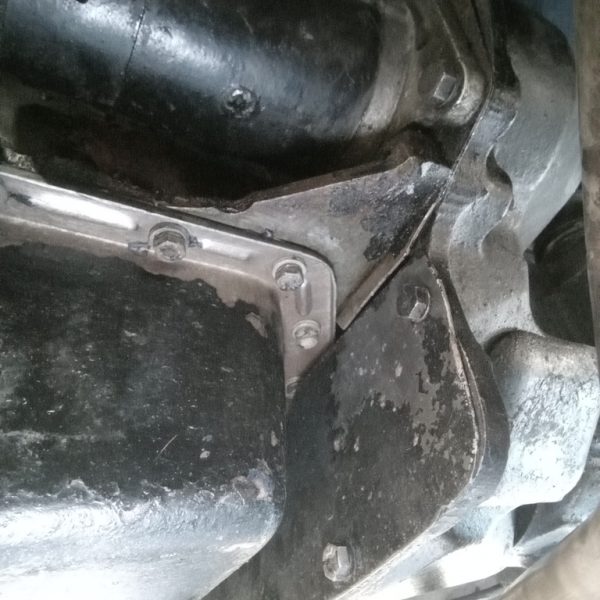


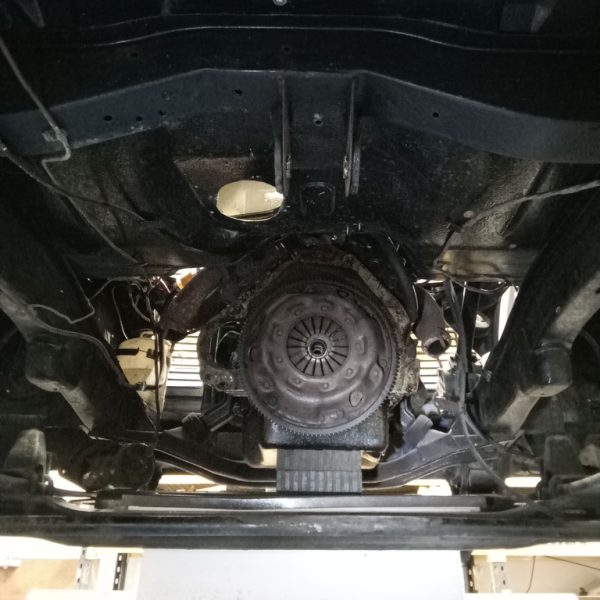
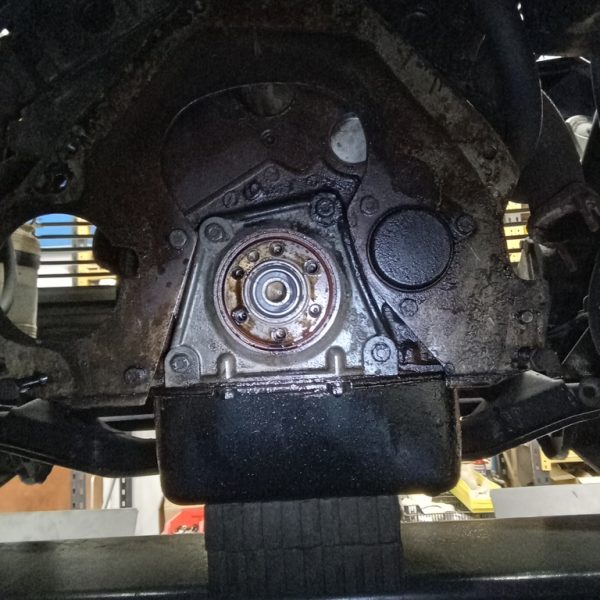
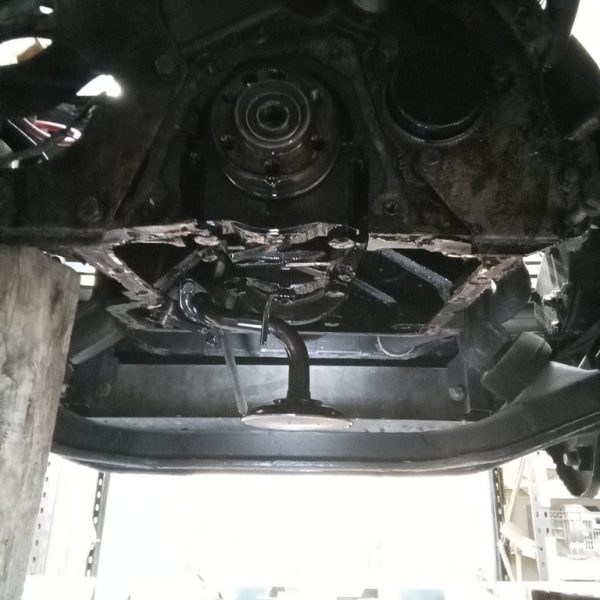
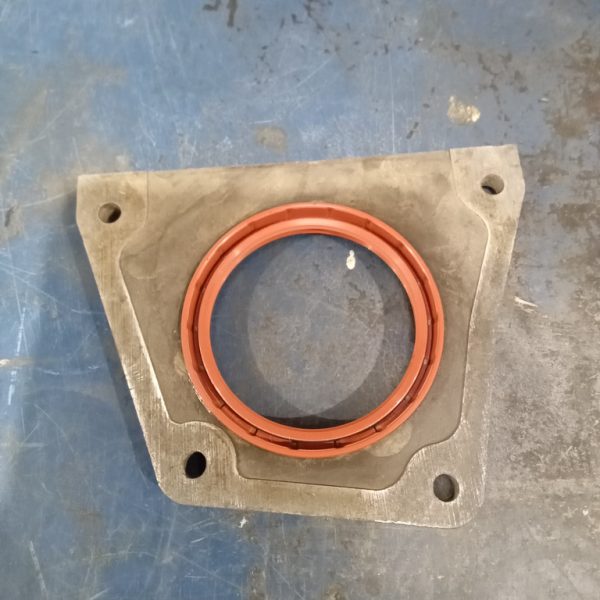
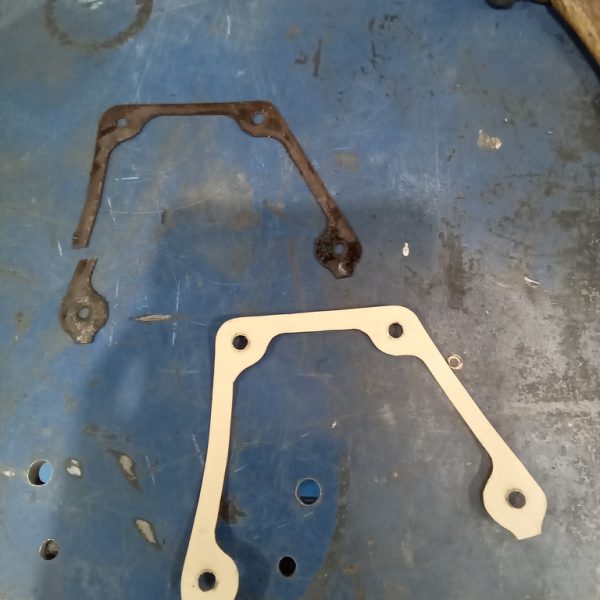
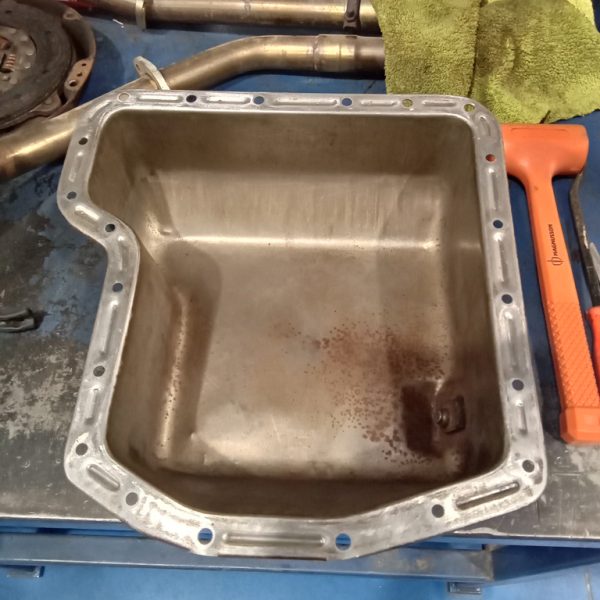
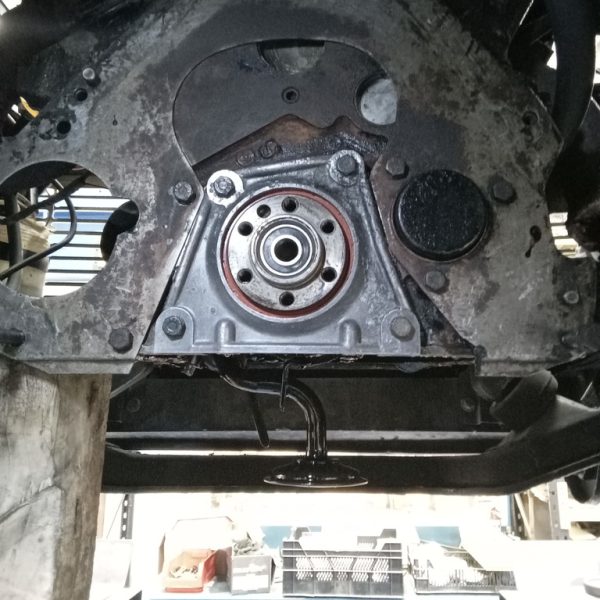

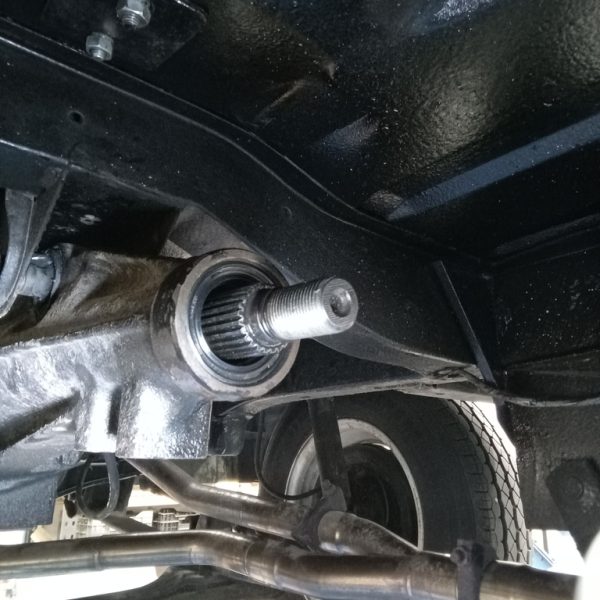

Final stages of our 1974 Volkswagen Beetle restoration and Jon is giving the car a thorough assessment to make notes of all aspects of the refit that require attention.
His findings will be reported to the individual departments or he will look to carry out the work himself.
Jon has already attended to the rear opening quarter windows. He has adjusted the rubber seals to allow offside to close fully and space out nearside rubber seal to allow window to seal gap.
The lights and levels have been checked and he has confirmed the operation of the fuel gauge by adding 20ltrs petrol. The door catches have been adjusted, fitted rubber blocks to the B pillars to seal gap at the door to window edge. The bonnet catches have been adjusted.
The paint-shop have touched up chips in the paintwork.
Grommets have been fitted to all A and B pillar holes.
The operation of the washers have been checked, the exhaust heat exchange pipes and tailpipes have been tightened Jon has eliminated the slight vibration/rattle at certain resonance.
We have checked for oil leak and found a slight drip from rear main/gearbox area. Oil quite dark but engine oil is fresh and clear so we suspect a minor gearbox oil leak.
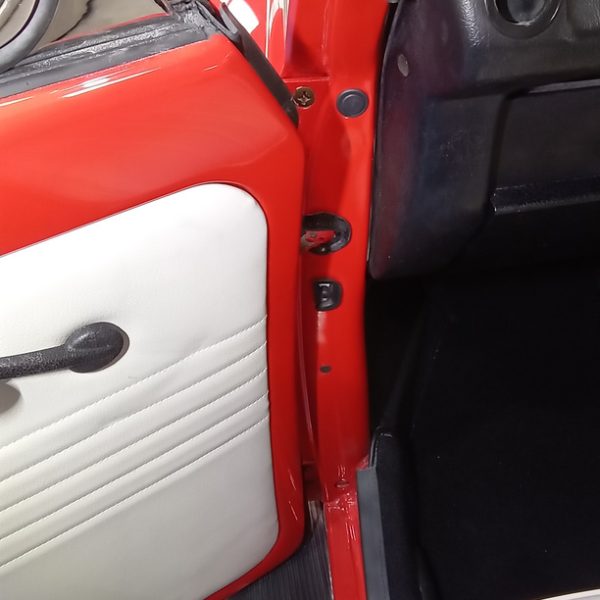
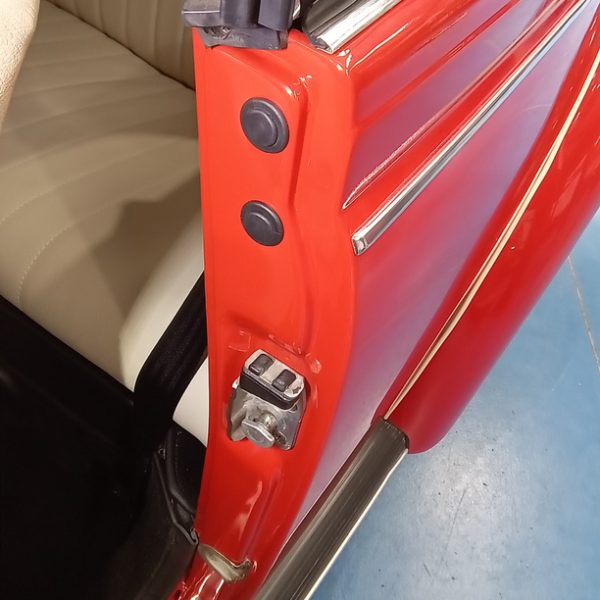
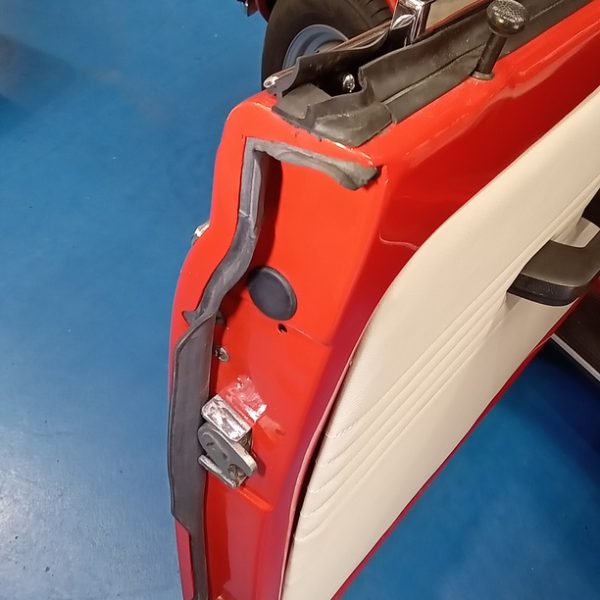
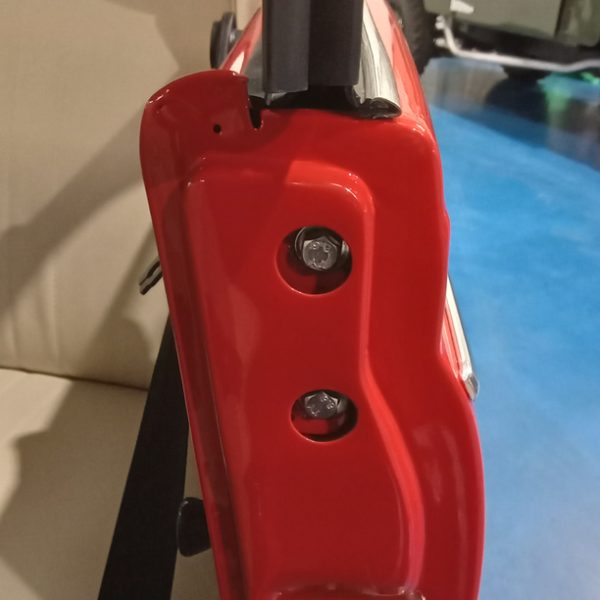

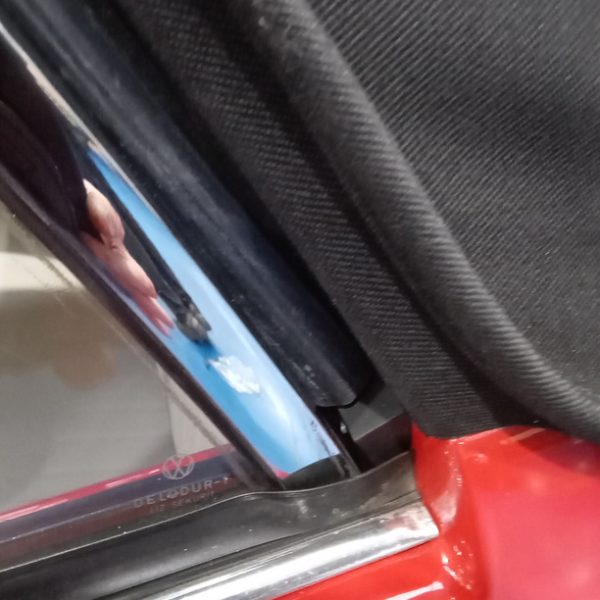
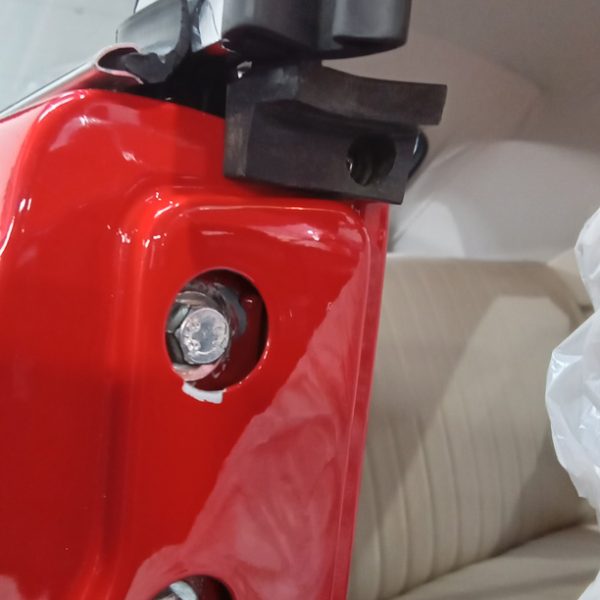

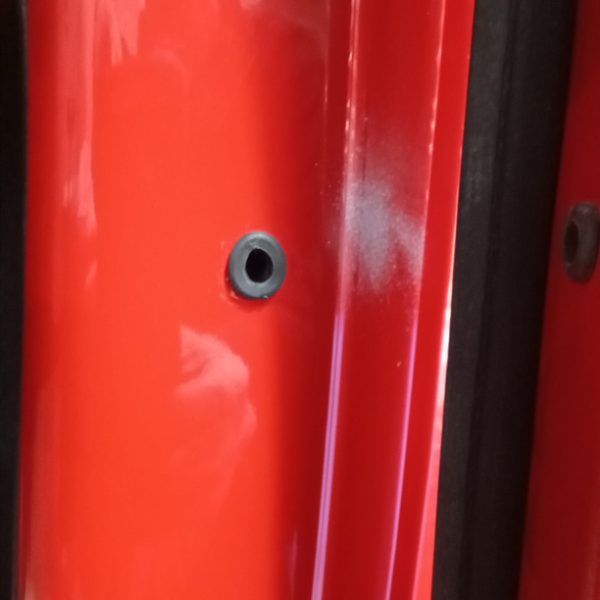
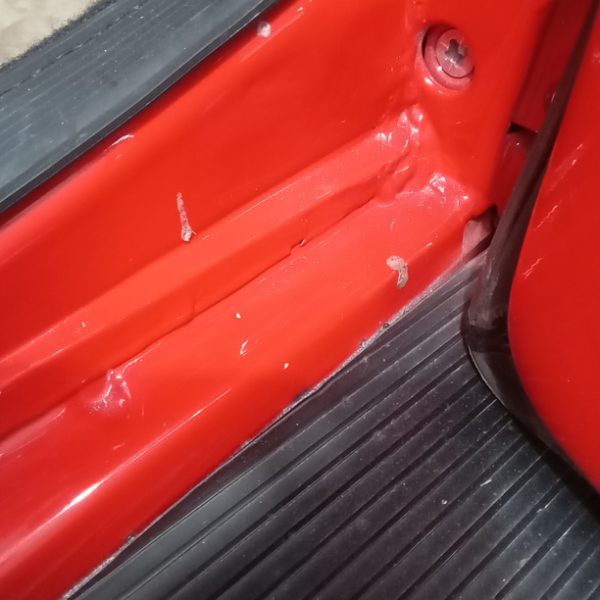

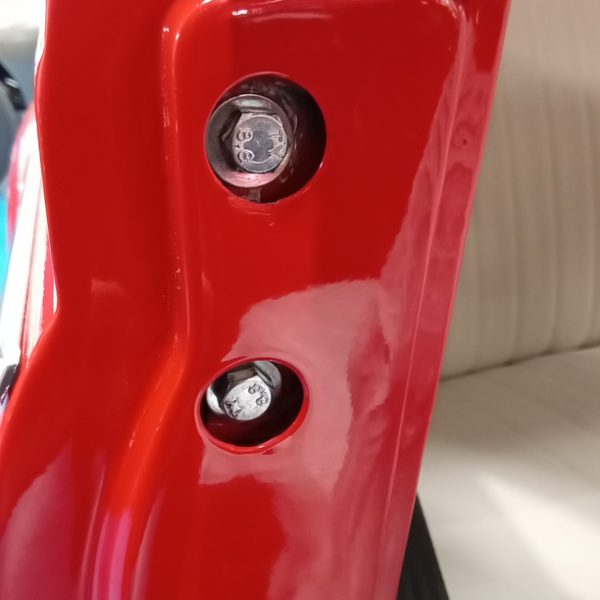
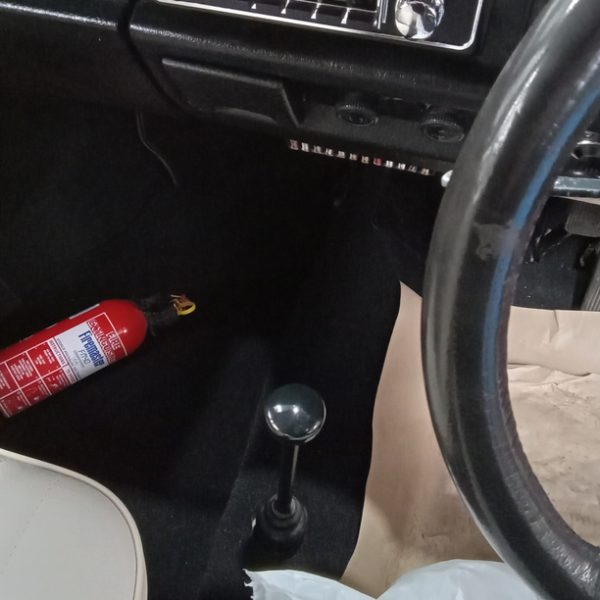

Steve has stripped down the boot lock mechanism to get to a broken bolt. He has removed the lock clean and replaced with clean tumblers ready for refit.
Whilst working on the Scimitar Steve has gone ahead and fitted a new fuel filter too.
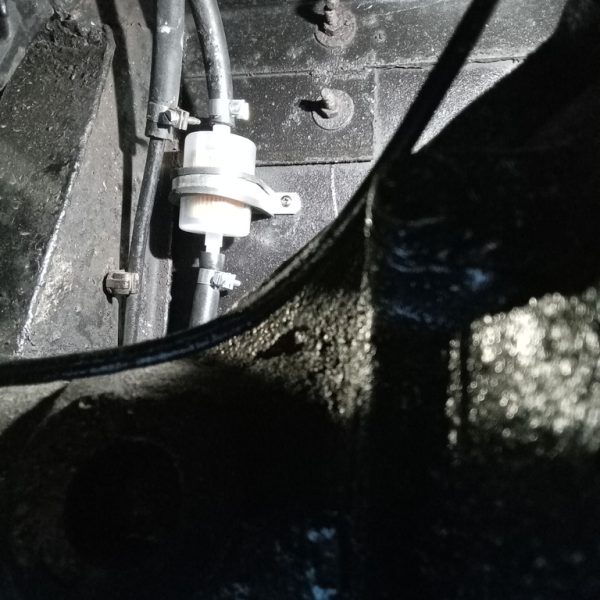
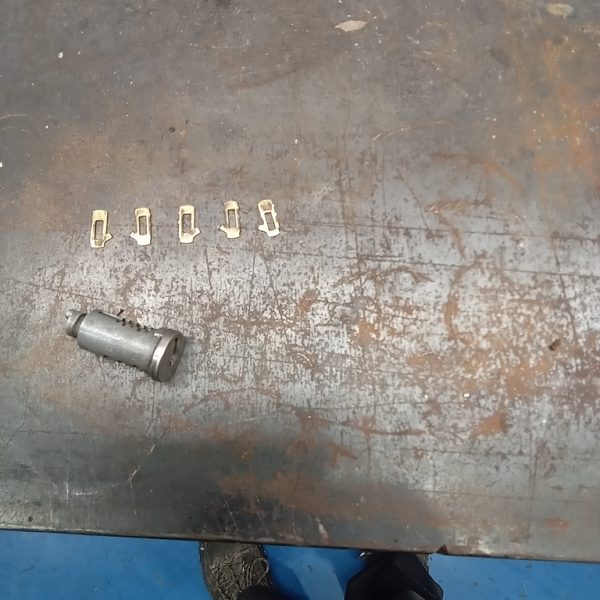
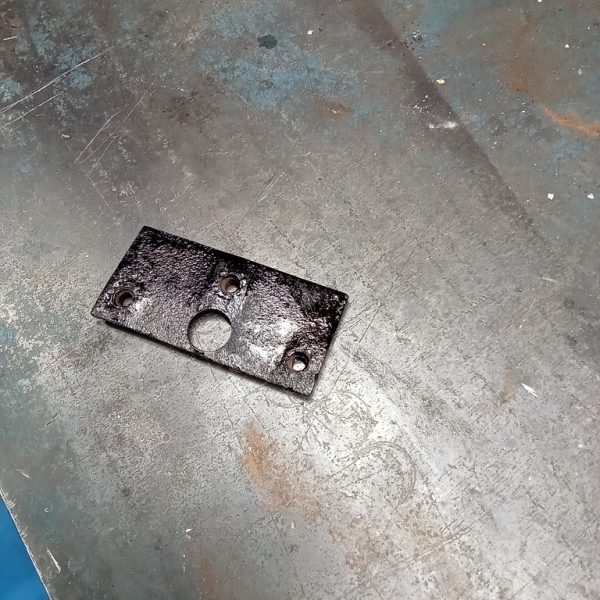
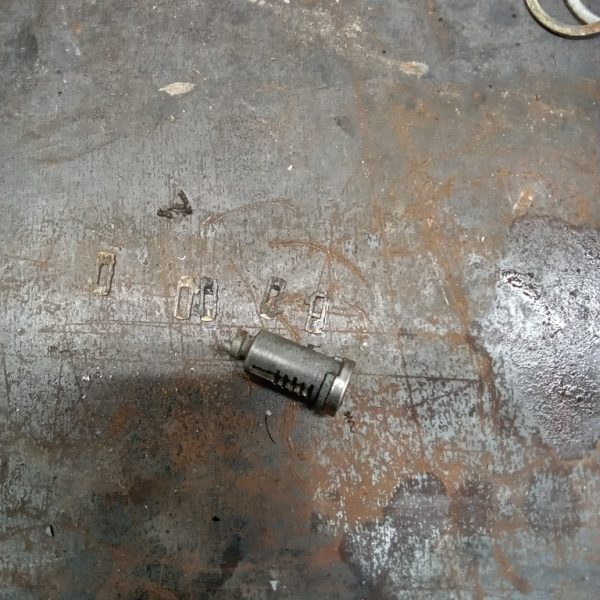
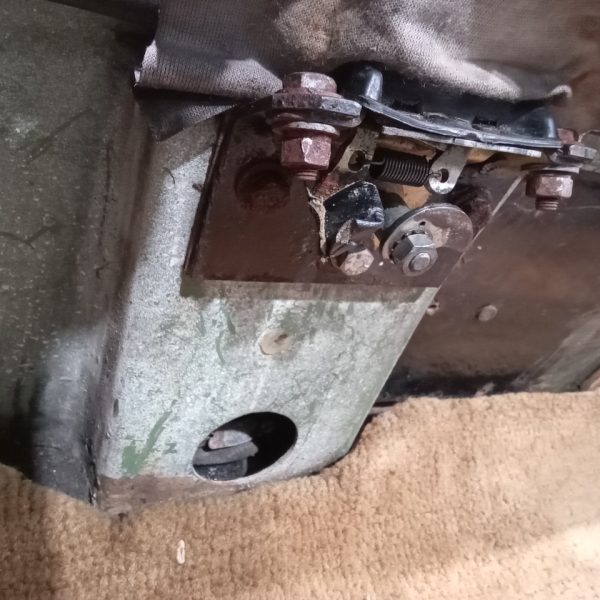


Today’s the day we say goodbye to our Land Rover Series 1 for it’s new adventures in the Highlands of Scotland with competition winner Colin.
One final adjustment to the project is for Brian to make up the new door straps in colour matching leather.
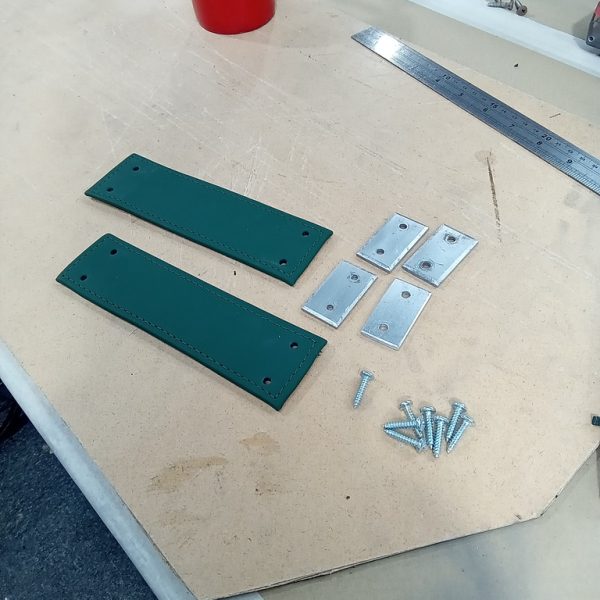
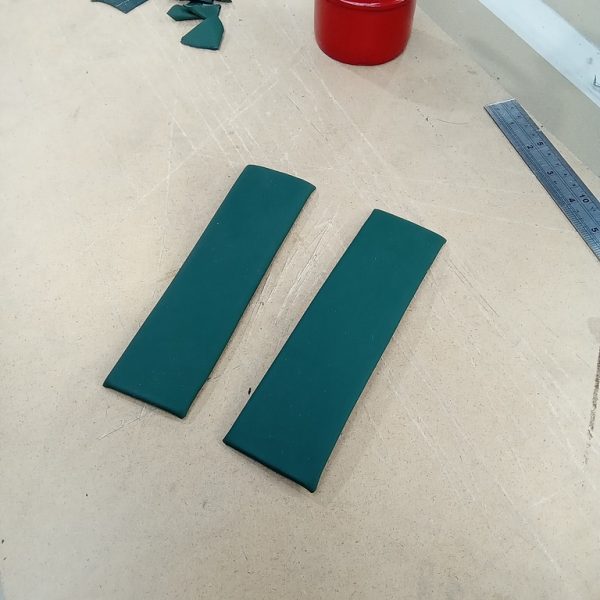
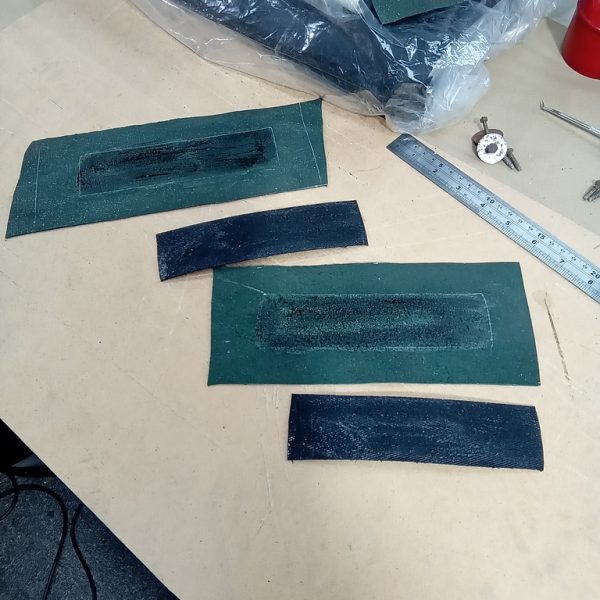

The Times voted it ‘One of the top UK city breaks’ and we at Bridge Classic Cars 100% agree.
This weekend, I ventured out with the family to spend a long weekend in the incredible city of Cardiff.
Admittedly there weren’t many classic cars to see, nor were there any unusual cars either but the scenery and character certainly didn’t disappoint.
I didn’t know really what to expect from a weekend in Cardiff but it left me wanting more.
Incredible places to visit, eat, shop and explore…the streets were a hive of activity all day and all night.
We took a trip to Techniquest for an afternoon. ‘Set on the waterfront in the heart of Cardiff Bay, Techniquest has over 100 hands-on exhibits that let you experience science, technology, engineering and maths in a fun and exciting way.’
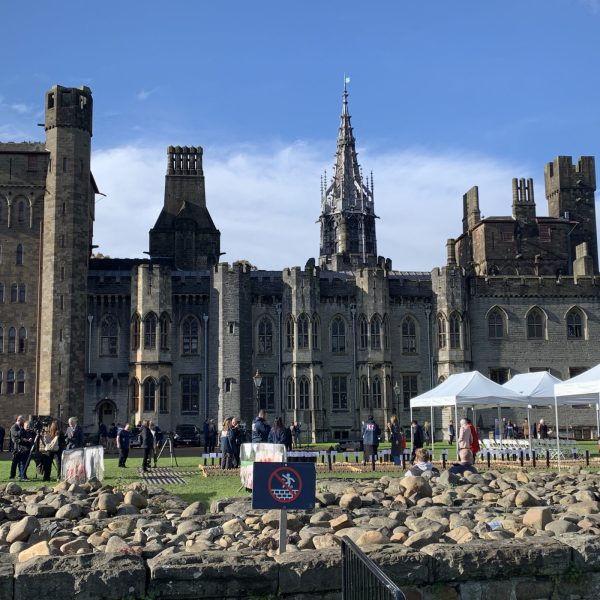
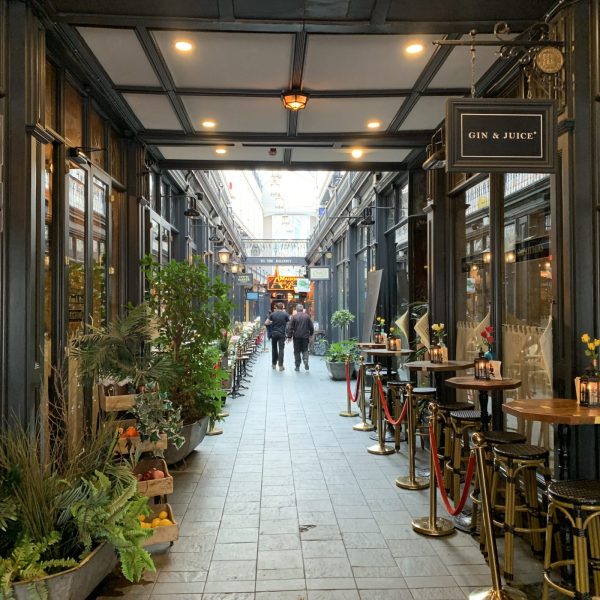
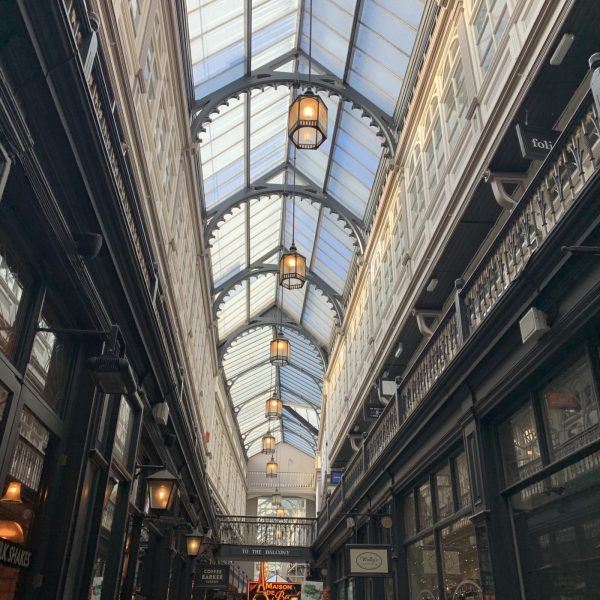

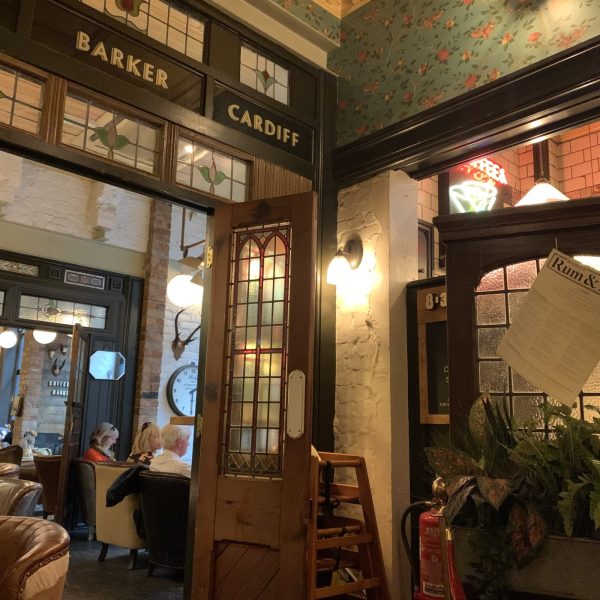

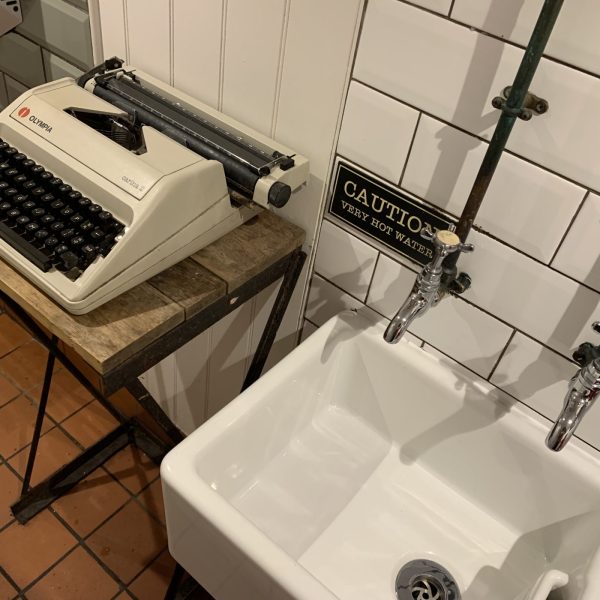


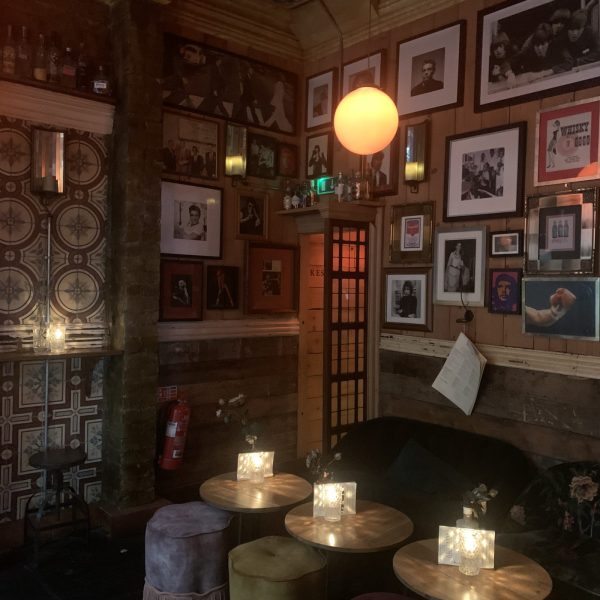

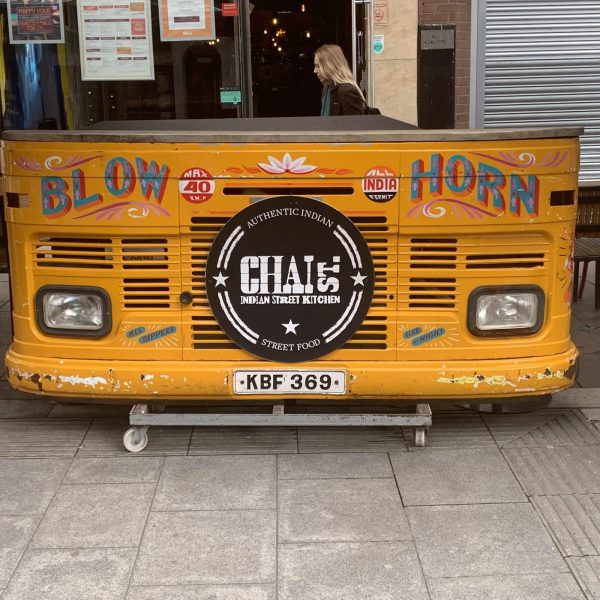

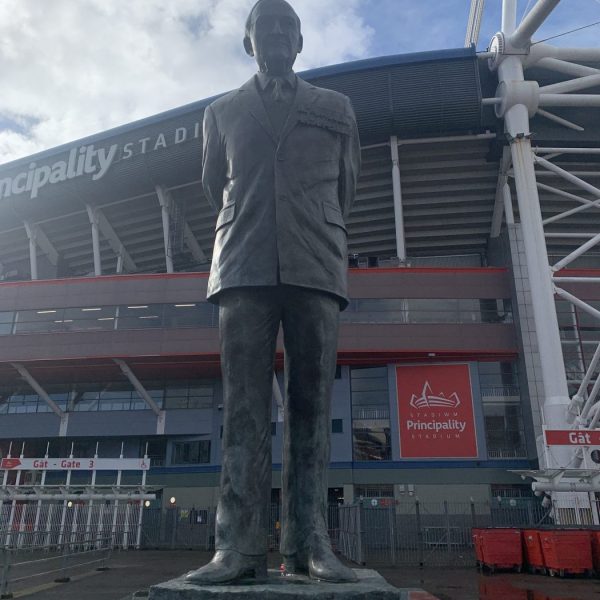

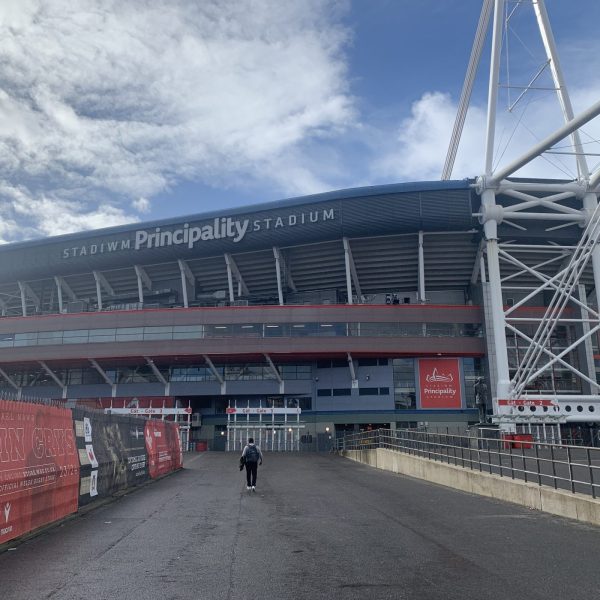
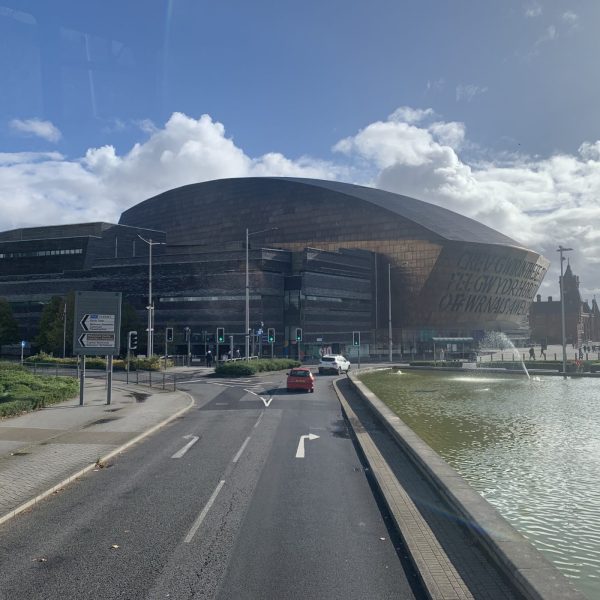
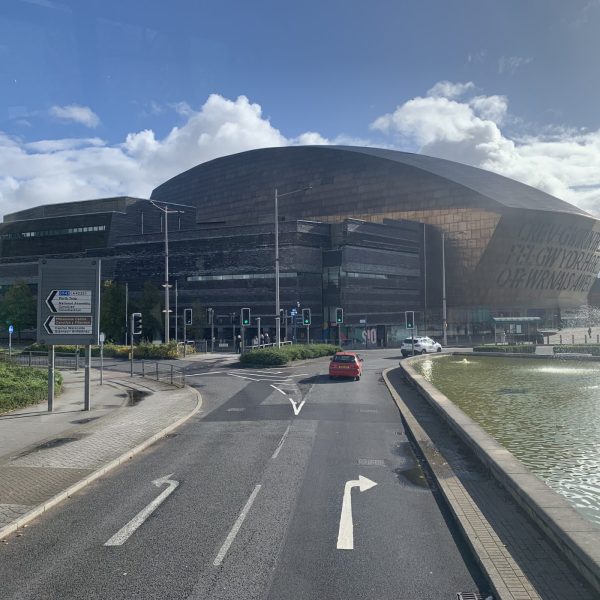





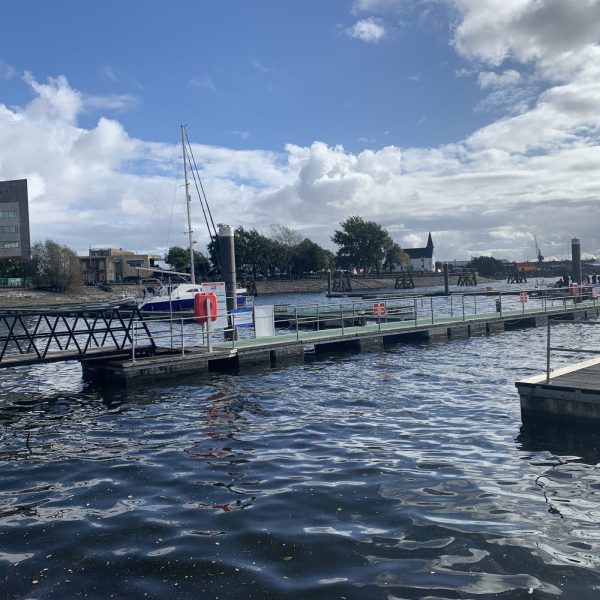



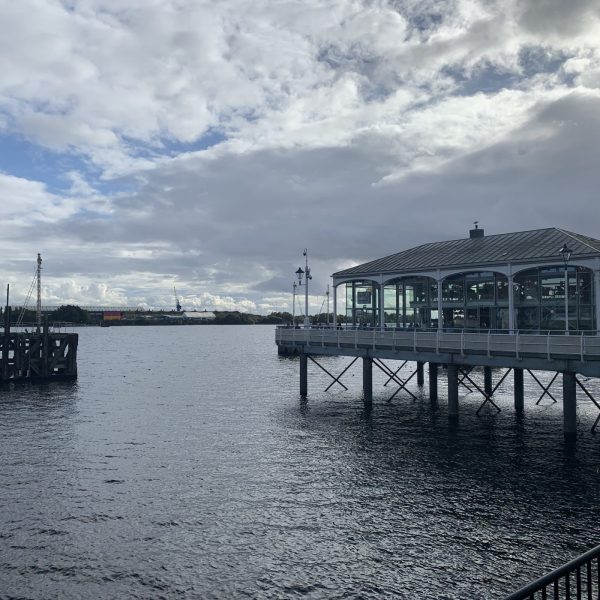

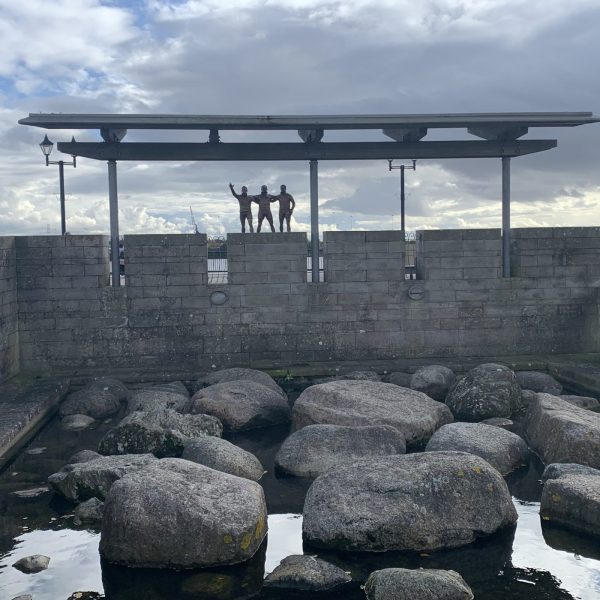

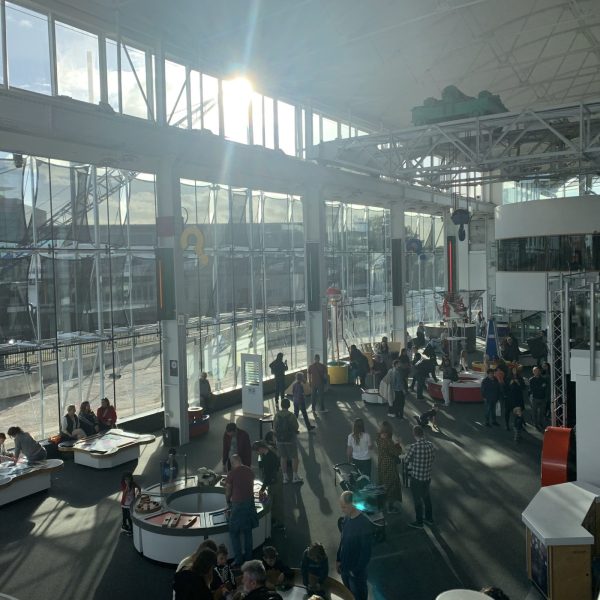
Thank you Cardiff for a wonderful weekend and we will most certainly be seeing you again. We just need a few classic cars to see too!
The larger the yacht, the more extravagant the experience? What is it like to work as part of the crew on these floating gin palaces? Lets explore the differences between crewing on 60m to 90m superyachts, compared to the 100m+ superyachts, shedding light on the unique challenges and perks associated with each.
The most apparent distinction between these two categories of superyachts is their size. A 60m to 90m superyacht is already a massive vessel, offering luxurious amenities and spacious interiors. However, when you enter the realm of 100m+ superyachts, you’re dealing with a level of grandeur that is truly breath taking, with ratios of crew to guests that are laughable. The size of the yacht significantly impacts the crew’s roles, responsibilities, and living conditions.
On a 60m to 90m superyacht, the crew is typically the size of a school class and more tightly knit. This can create a cohesive work environment where everyone knows each other well. With smaller numbers, crew members often need to wear multiple hats and perform a wider range of tasks, making the work more varied and giving the crew more skills and experience.
On the other hand, 100m+ superyachts require larger crews, getting into the 60+ numbers and the hierarchy is more complex. You’ll find a more significant number of crew in the chain of command, which can lead to a more specialized and structured working environment but may also mean less personal interaction with fellow crew members and less diverse skill sets.



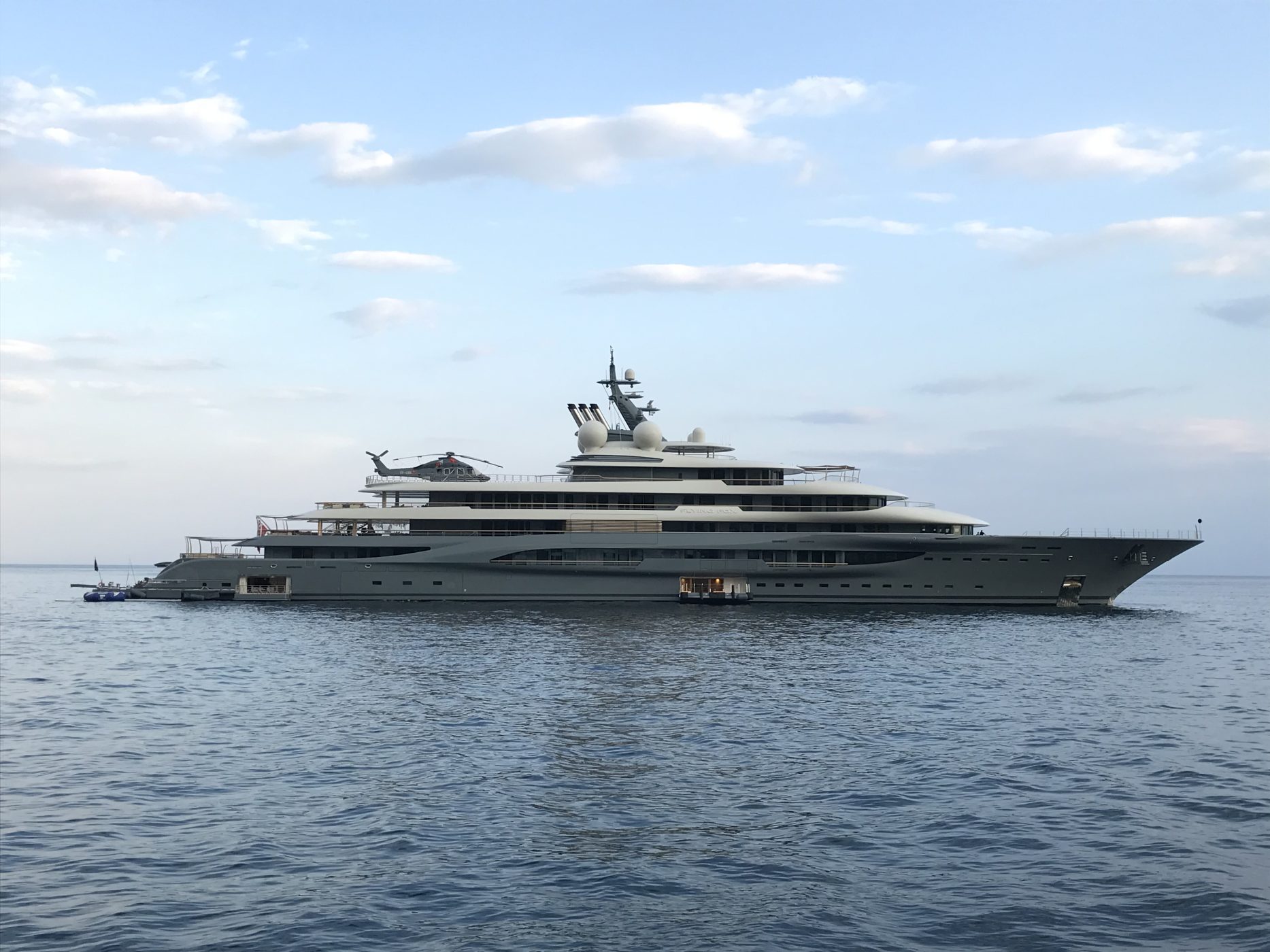
The size of the yacht influences the quality of living quarters for the crew. On smaller superyachts, crew cabins might be more compact and shared, but they can still be comfortable and well-appointed. There’s a sense of camaraderie when crew members share spaces, fostering closer relationships, I’ve seen 3 berths where people don’t want to leave for an upgrade as they enjoy the dynamic so much.
Crew members on 100m+ superyachts usually enjoy larger cabins and more single berth cabins are on offer. I’ve also heard of many where there are 4 or even 6 berth cabins, so what you think is the truth with size, might not always be the case. While this can enhance comfort and privacy, it may reduce the sense of camaraderie found on more normal sized yachts.
The size of the yacht directly impacts the workload and responsibilities of the crew. On 60m to 90m yachts, crew members often need to be versatile and adaptable, as they may be required to assist with various tasks. The atmosphere can be more informal, with roles overlapping, and it’s common for the crew to be quite hands-on with guests.
On 100m+ superyachts, the workload is more specialised and more crew to do each specific job. While this specialisation can lead to more efficient procedures, it may also mean crew members have less involvement in various aspects of yacht operations.
On smaller superyachts, crew members often interact with guests more frequently and intimately. This can lead to stronger guest-crew relationships, and crew members are expected to be personable and engaging with the guests.
Equally, on 100m+ superyachts, crew-guest interactions can be more formal due to the size of the vessel and the larger crew. Guests will often only get to know a couple of crew who they interact with often and will have no dealing with 70% of the rest of the crew. I’ve chatted to owners who have sold their 100m+ yachts for this reason, they didn’t like how anonymous it was not knowing the crew catering to them.
Crewing on 60m to 90m superyachts and 100m+ both offer unique experiences, and each has its advantages and challenges. The choice ultimately depends on individual preferences and priorities. Smaller superyachts offer a more close-knit environment with hands-on broader experiences, while larger superyachts provide more specialised roles and enhanced comfort.
The world of superyachts continues to evolve and as vessels grow in size and luxury, so do the opportunities and experiences for the crew.
On the 6th of September 2021, we posted on the Bridge Classic Cars Facebook page telling the story of a 1961 Alvis TD21 that unexpectedly arrived at the workshop for an urgent repair on its way to a car show.
Then, just a couple of weeks ago, Stephen Jenkins sent us a message saying he had just seen the post and instantly recognised the car. As it turns out, the car used to belong to his Father.
This is the story of Steve and a 1961 Alvis TD21 in his own words.
“My earliest memory of 867 WTF was when my father met the first owner at ‘The Bear’ Hotel in Cowbridge, Glamorgan. It was one of those ‘gentlemen’ agreements in the evening at about 7 pm. I was 10 and excited. My dad exchanged a Humber Hawk, and if I recall correctly £1100 for the Alvis TD21. The first owner was a ‘titled’ gentleman, but I cannot remember for sure, but believe he was an Earl. Needless to say, it had a big impact on me as the Alvis was just so amazing to look at.
My father decided he needed a better car after a ‘race’ with a Mini Cooper, which exposed how cumbersome the Humber was. Our parents owned a Jewellers shop in Port Talbot in the 60s and 70s and they used the car regularly, and I went whenever possible. No matter the journey.

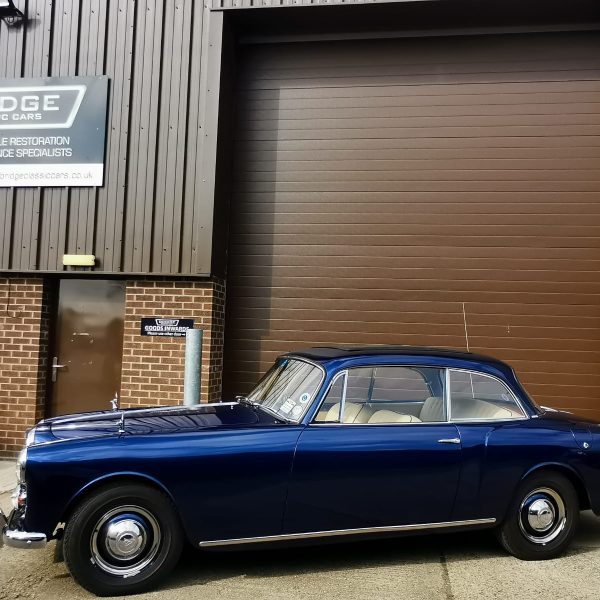


I grew up in this car, although my siblings and I were sick in the car on a number of occasions. It was a light grey interior back then with a strong smell of leather. We often went to London as we had grandparents there, and it was the long journeys where it was worse.
I always felt special whenever we went anywhere and also sat in it to play driving whenever I could. He had the car serviced at the Alvis factory a few times, and I also had the pleasure of going to the factory and had a tour when I was about 13, enlightening me to how significant Alvis had been over the years. Seeing a pre-war ‘front wheel’ drive car, at a time I thought the ‘Mini’ had invented such a thing 😉
Experiences I remember are as below:-
On several occasions my father experienced ‘wheel shake’ through the steering, so bad he nearly lost control. I think one of the factory visits was to examine why. However, the eventual solution was fitting the ‘new’ Michelin X all around the car. It was a much better drive after that according to my dad.
The heater blower failed and it proved a major headache to find someone to fix it locally.
Being young I asked what the ‘F’ button was for. My dad told me ‘The flaps’ to help at high speed. I believed that for years, even pulling the button and looking underneath more than once. Of course, I felt silly when I discovered it was the ‘fog lights’ switch!!
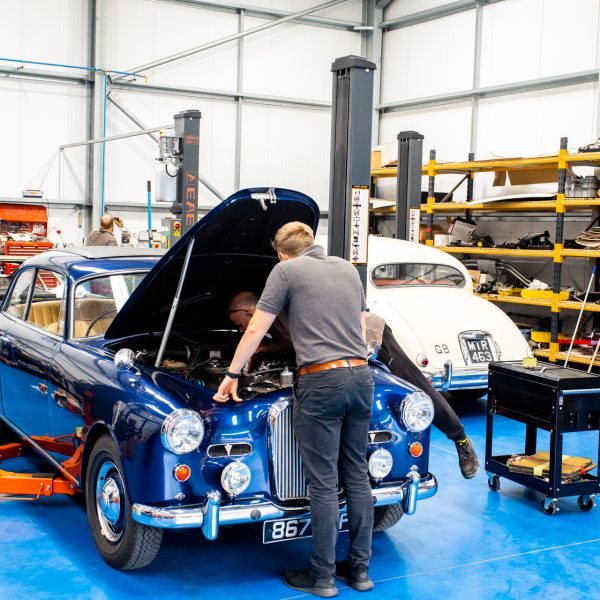

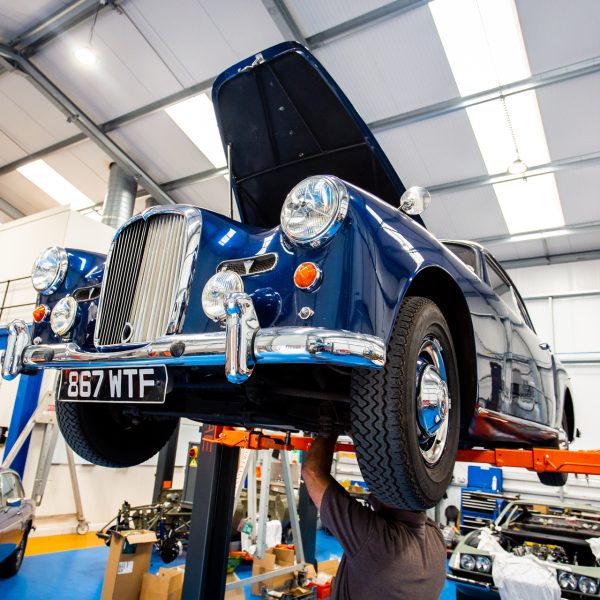
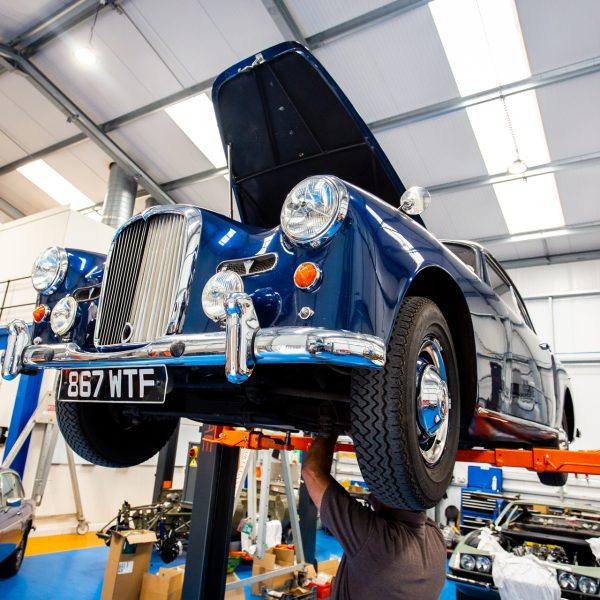
Corrosion was an issue between the screen base by the A-post, and the roof base (C pillar) by the time my father decided to sell the car. He was recommended to buy a Volvo 164 3-litre. No test drives were available locally, so he bought it blind. He soon regretted this, as the Volvo was a ‘tank to drive’, his words, after the Alvis.
He sold the car to Neath Motors who gave him £180 trade-in in 1969/70. They did the repairs to the bodywork and then had it in their showroom for £800. By then I was working and would stay on the bus passing my stop, so I could get off near the garage and look at the car in their showroom, and then walk home.
So, I have not seen or heard of the car for 53 years and recently was given a video of an 8mm cine film my dad had taken in the early 60s. I took that ‘snapshot’ from the film. This gave me the reg number. This car led to a lifelong love of cars, but I have never been in the position to buy an Alvis.
It was great to get a reply on a Facebook post, informing me you had looked after the car in recent years. I already knew of you having entered some of your car competitions.
Moving memories for me.
Steve Jenkins”
Full project details of the work we completed on this 1961 Alvis TD21 can be seen here.
If you have memories of a special vehicle, we’d love to share them. Simply email rob@bridgeclassiccars.co.uk with some photos and why your vehicle means so much to you.
Classic car technician Jonn has been completing some repairs on our 1979 Ford Escort Ghia.
The doors have been adjusted and the engine levels were checked before the coolant was topped up.
Our classic Escort will soon be available to win through Bridge Classic Cars Competitions.

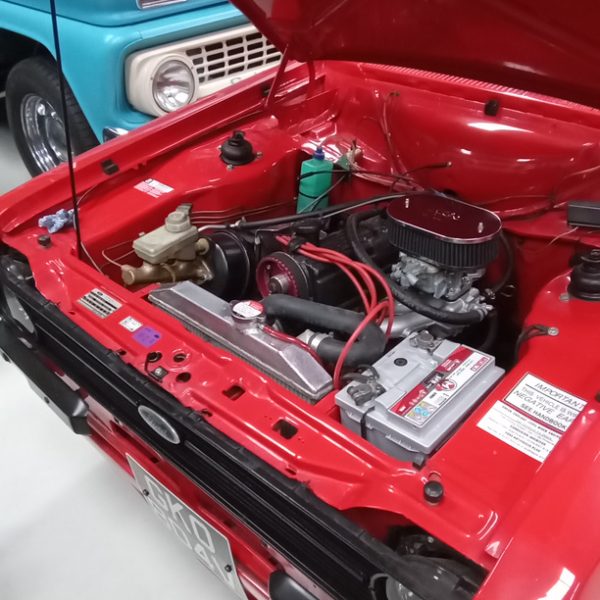
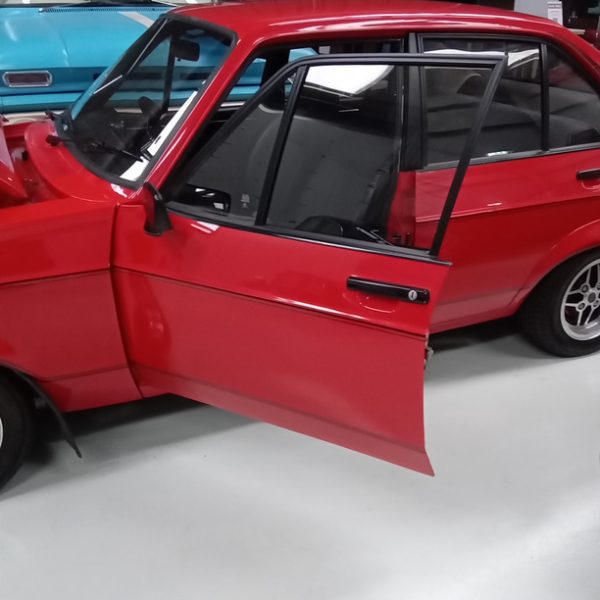

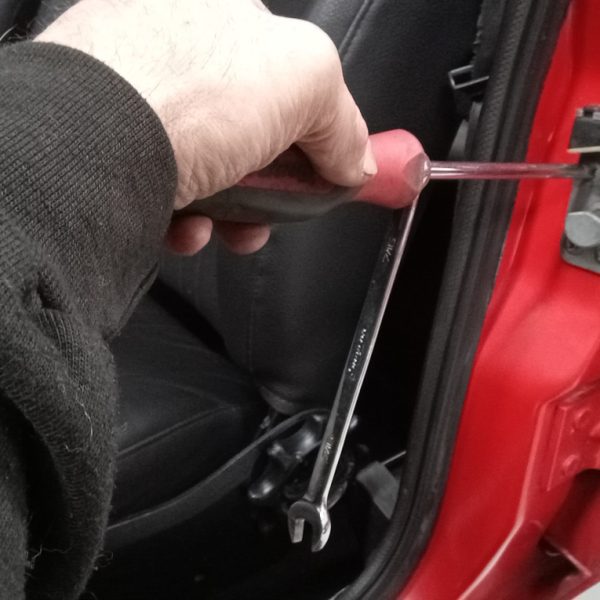
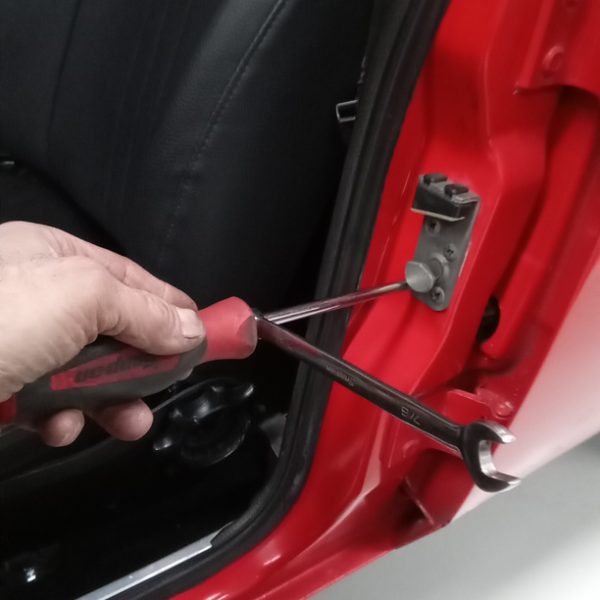

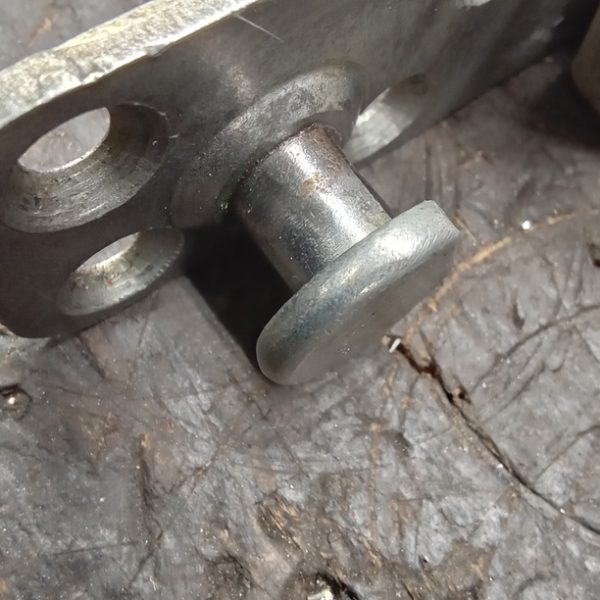
Classic car technician Jonn has been putting the UK plates on our 1958 Austin-Healey 100/6.
He measured, drilled, and painted the brackets before securing them on the car. Both the front and back number plates were then fitted.


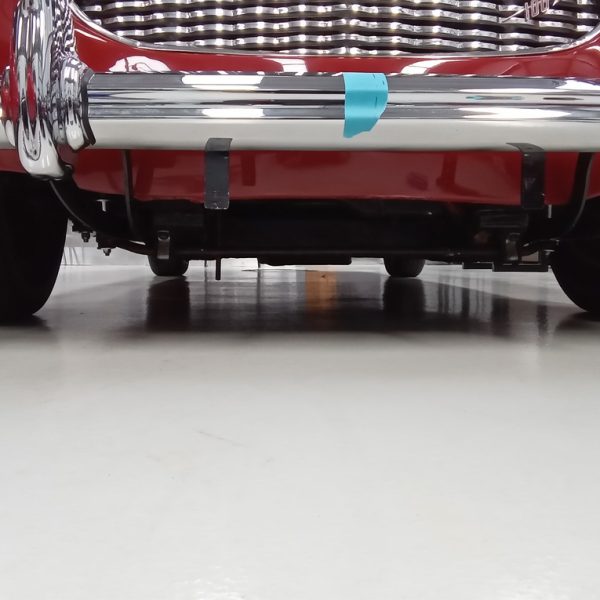
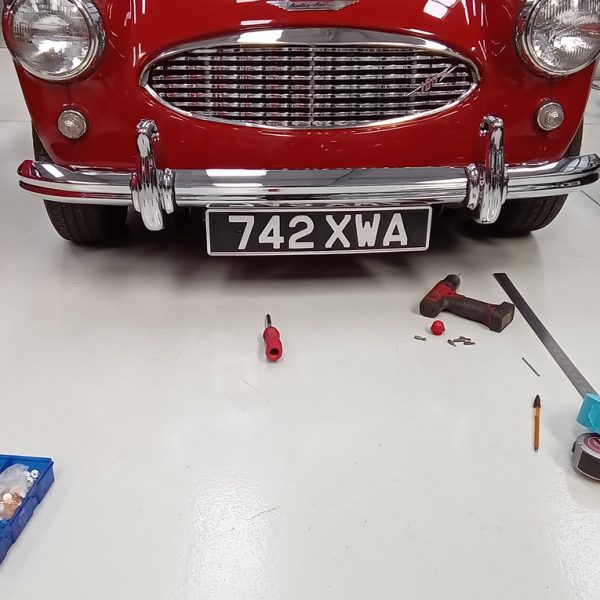
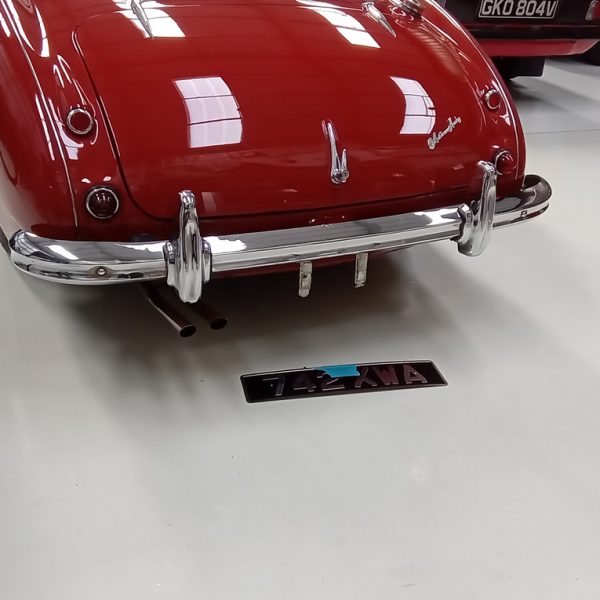
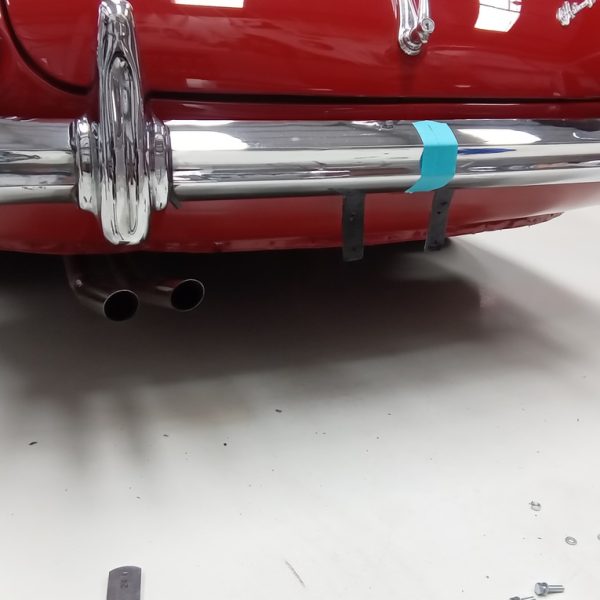
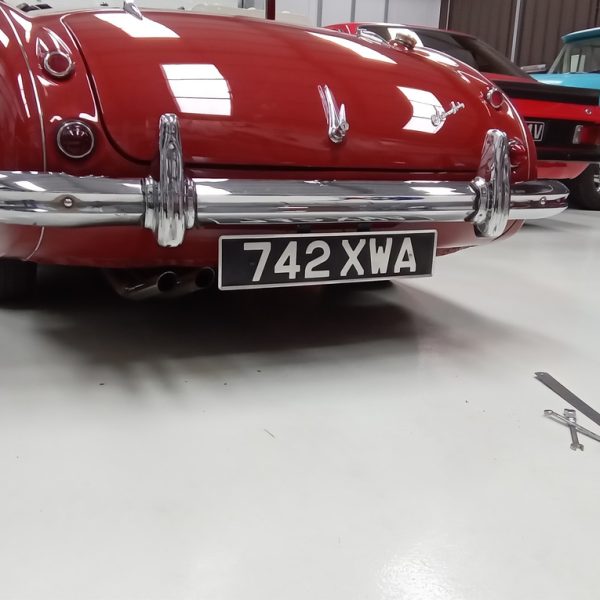
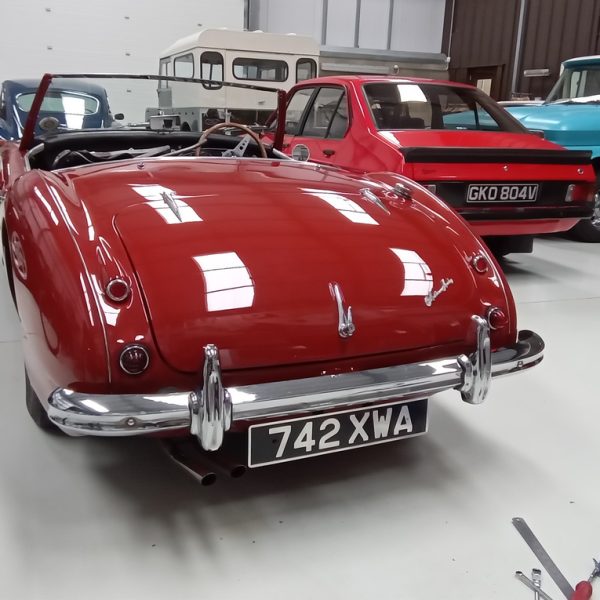

Interior Trimmer Lydia has made some additional piping to add to the rear panels of our 1955 Aston Martin DB2/4, which will close up the gap between the panel and the roof. This improves the movement when you open the boot lid.
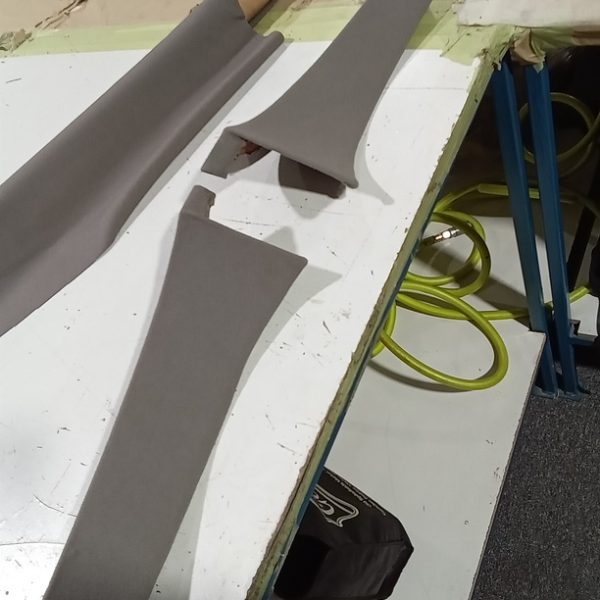
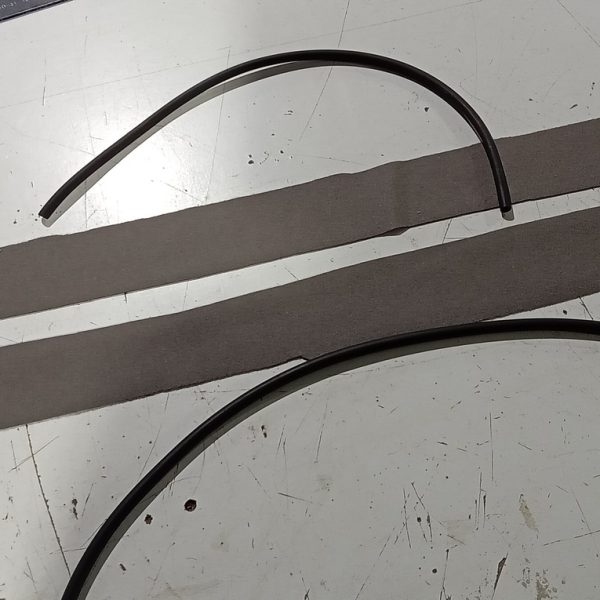
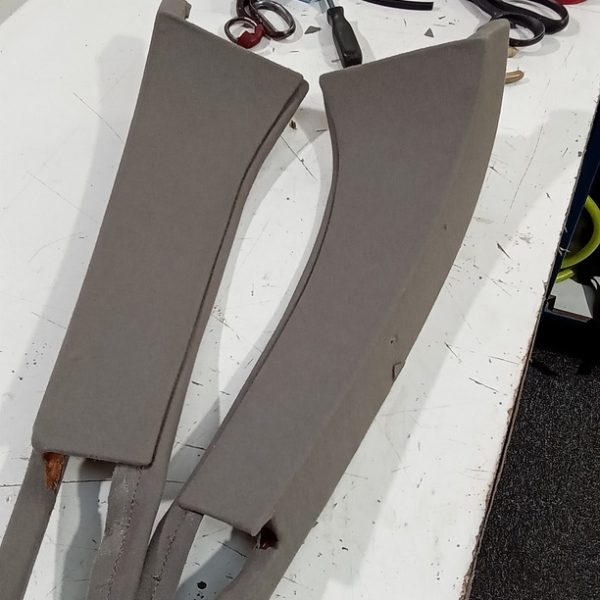
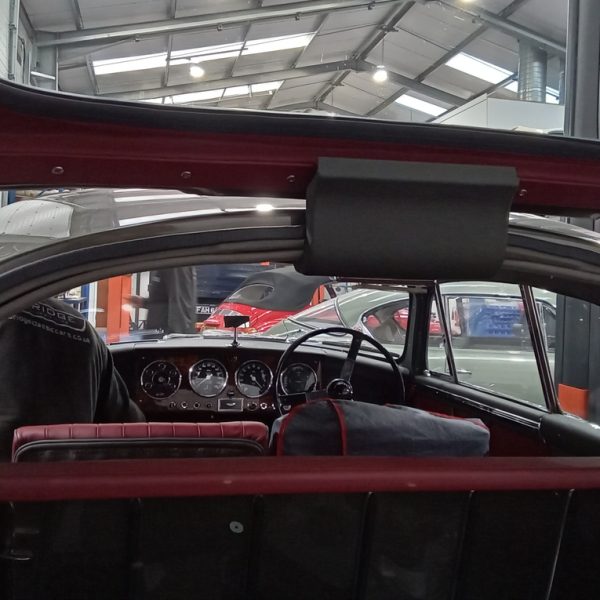
Change is a constant in life, and today, as Freddie completes his last day here at Bridge Classic Cars, we find ourselves reflecting on the contributions he has made during his tenure as Marketing Manager.
Freddie’s time with us has been full of progress, improvement, and success. From the introduction of Bridge Classic Cars Competitions to a wide range of other marketing projects, his vision and leadership played a pivotal role in shaping the business growth.
As Freddie leaves the office for the last time and prepares to start a new chapter in his professional life, we extend our gratitude for all he has done. The work we are doing today is largely built on the foundations he laid during his four years here.
Thank you, Freddie, for everything. Your presence will be sincerely missed. Everyone here at Bridge Classic Cars wishes you well in your future endeavours.
Our 1968 Morris Minor 1000 Pick-Up arrived at the Bridge Classic Cars workshop yesterday afternoon.
Now that it is here, our team of technicians will thoroughly inspect and assess this beautiful classic before it eventually goes live on Bridge Classic Cars Competitions.
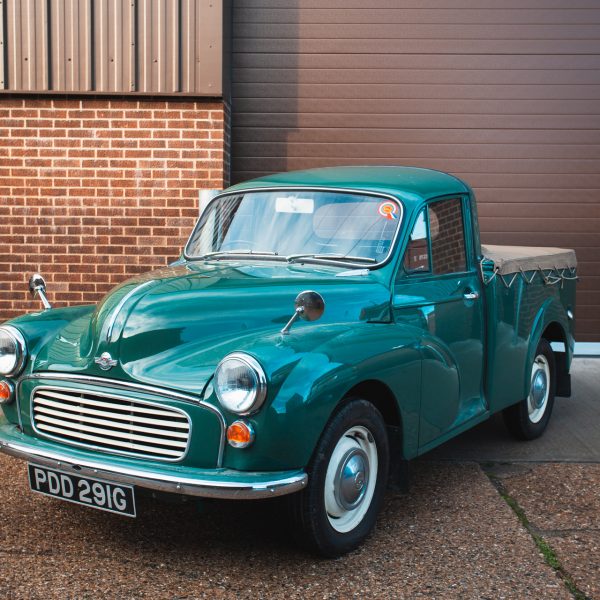
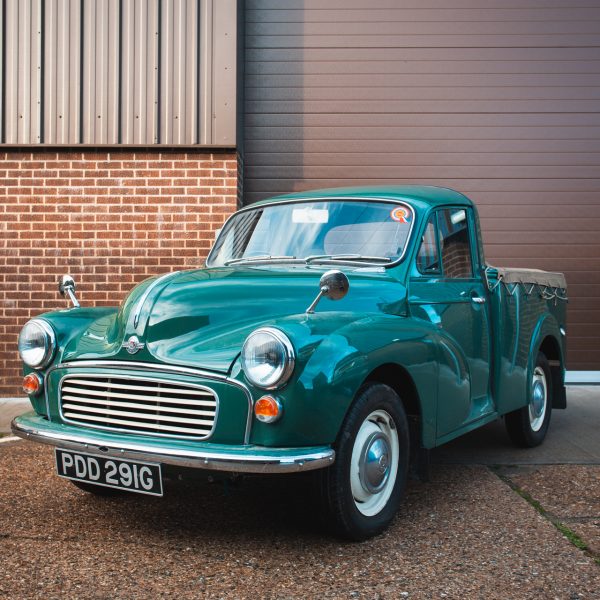
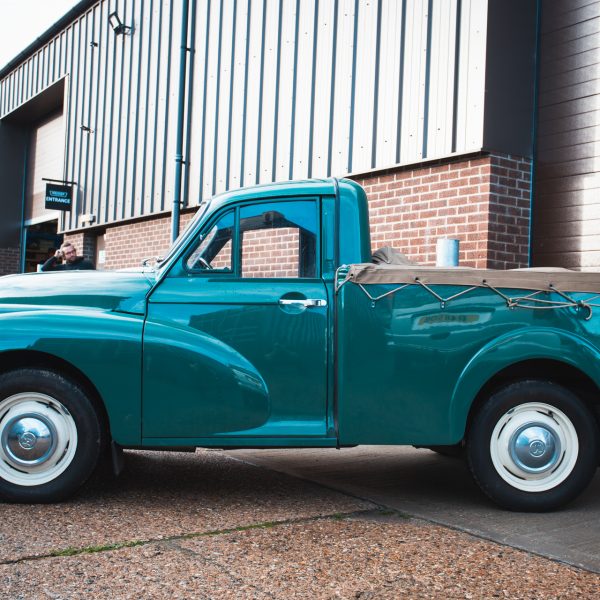
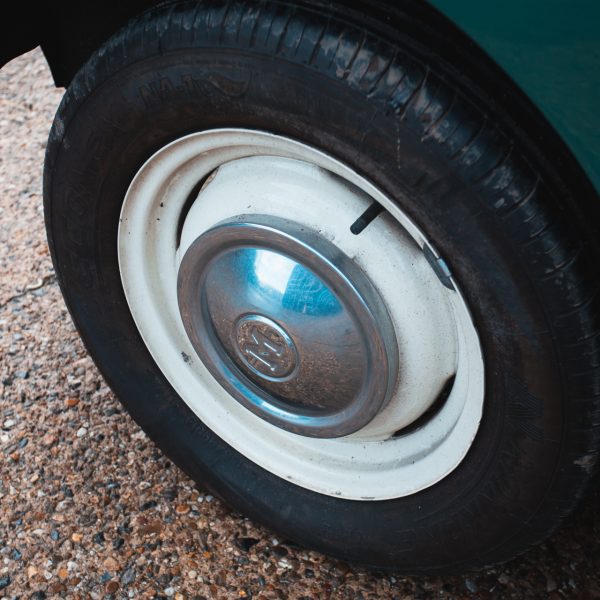
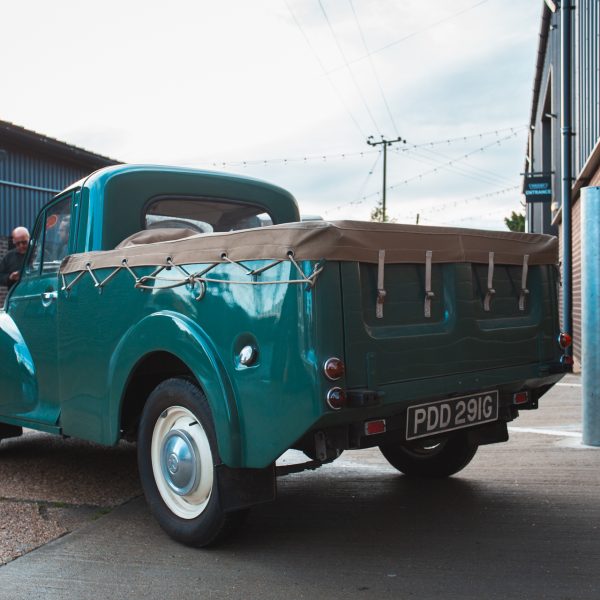
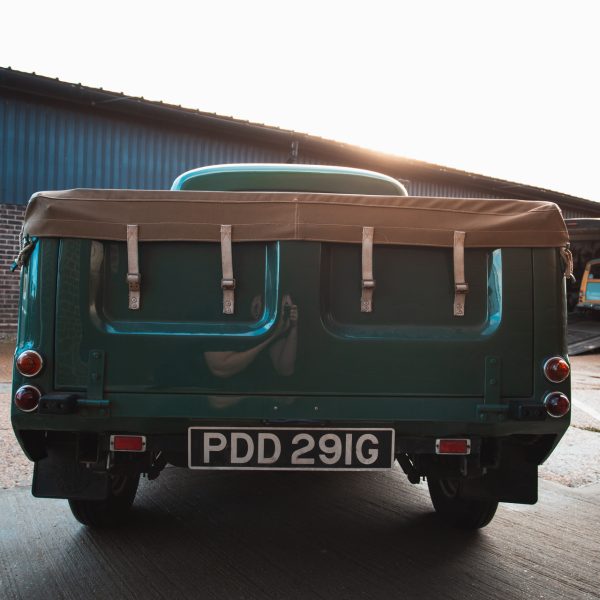
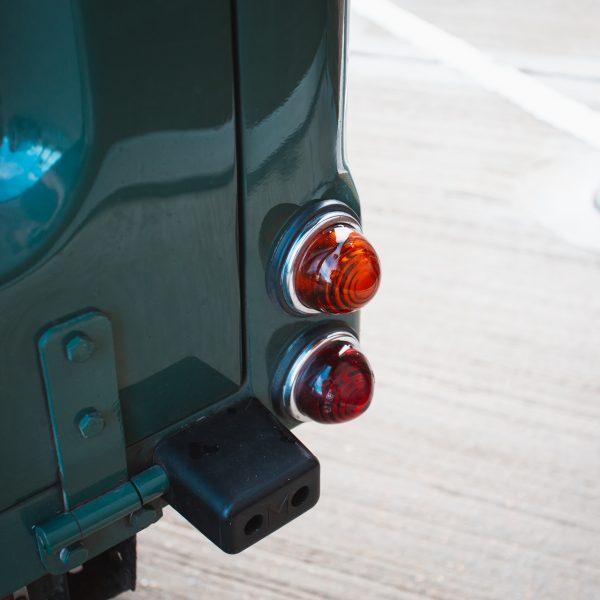


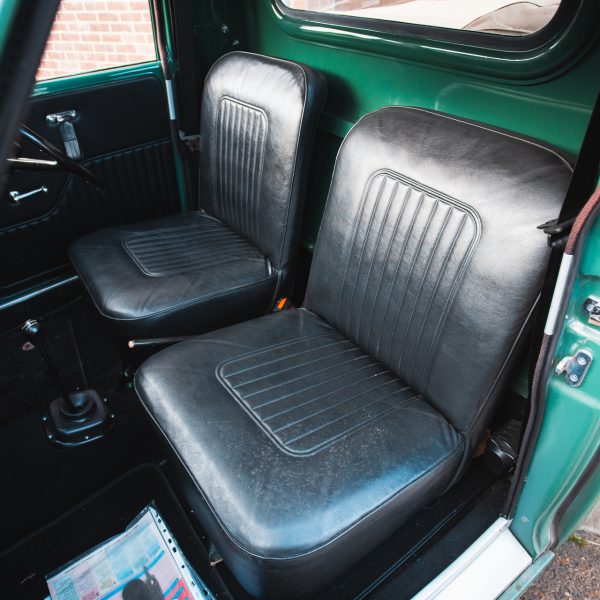
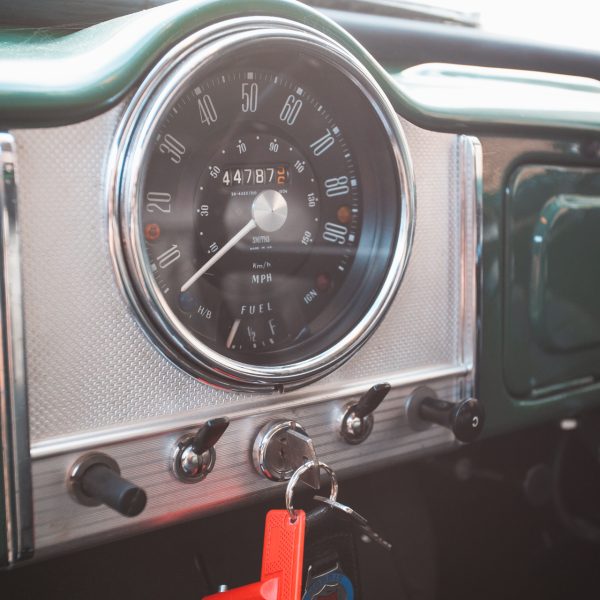


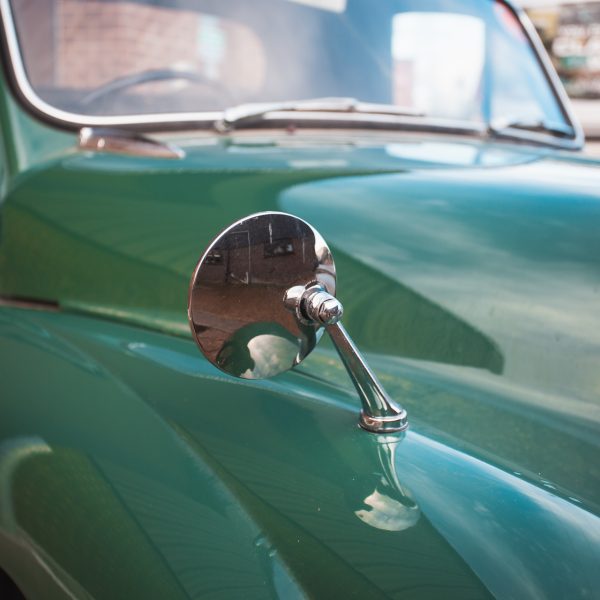
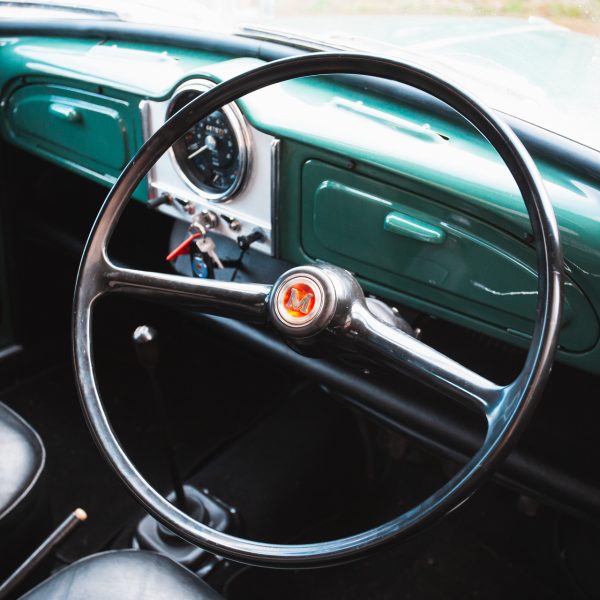
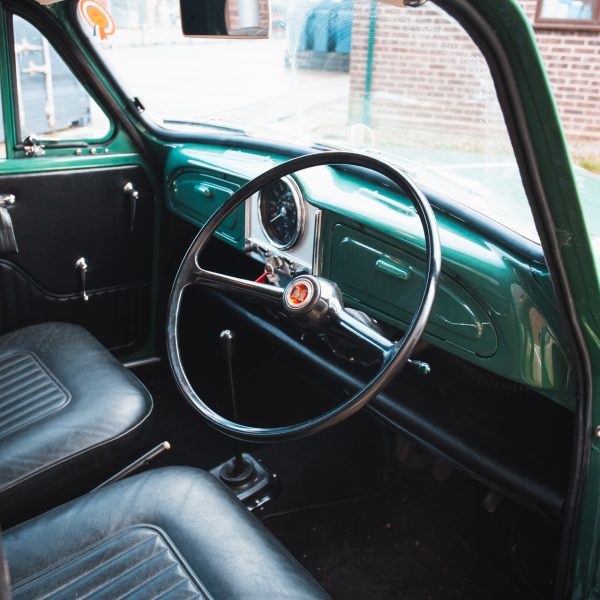


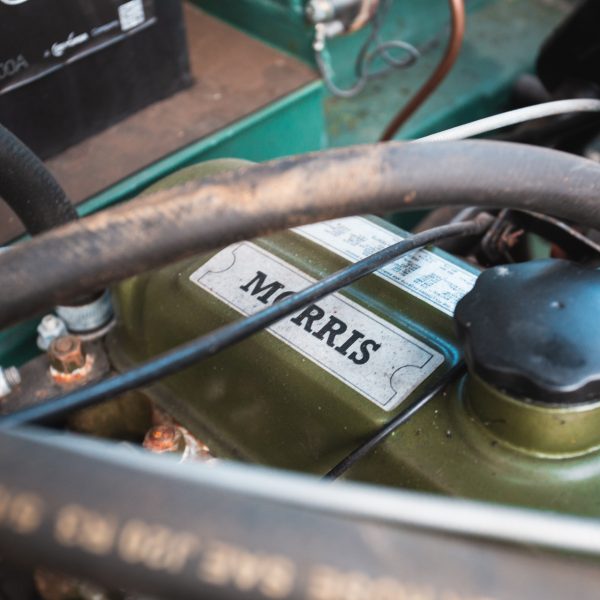
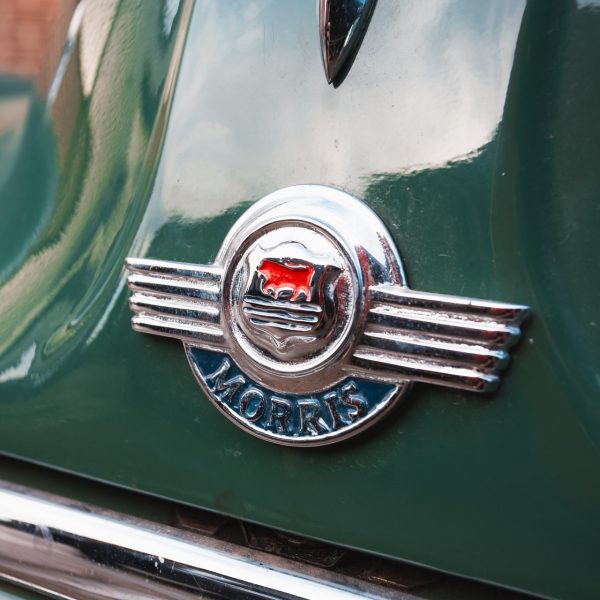
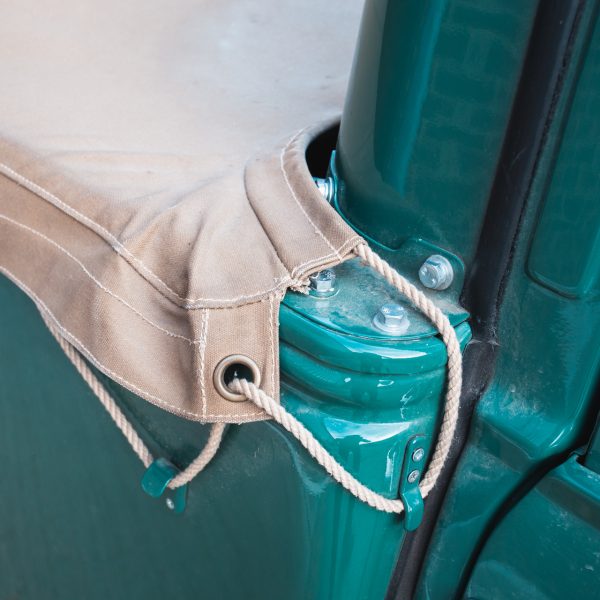
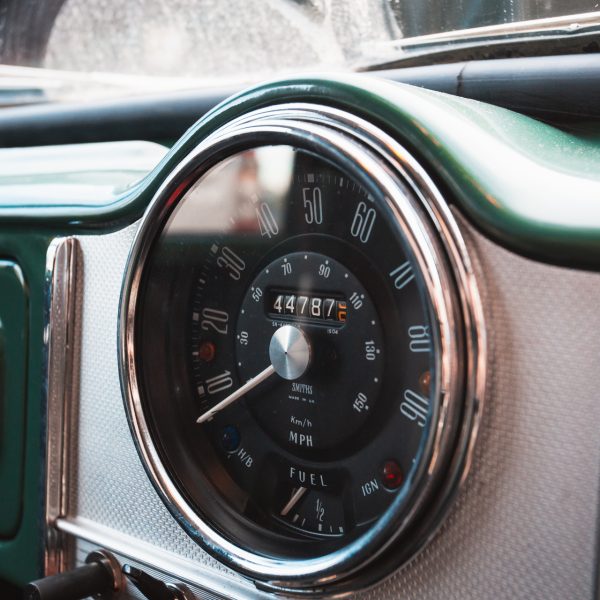
Interior trimmer Brian has been continuing his work on the 1953 Aston Martin DB2/4.
He sandblasted the metal frame legs on the front seat squab frames. He then glued 10mm of foam on top of the original front seat back foam before trimming it to size. The old covers from the rear seat base panels were removed and new foam was added on top of the original.
Brian then removed the centre console cover and sandblasted it before adding more foam to it. The tool tray was also cleaned up.
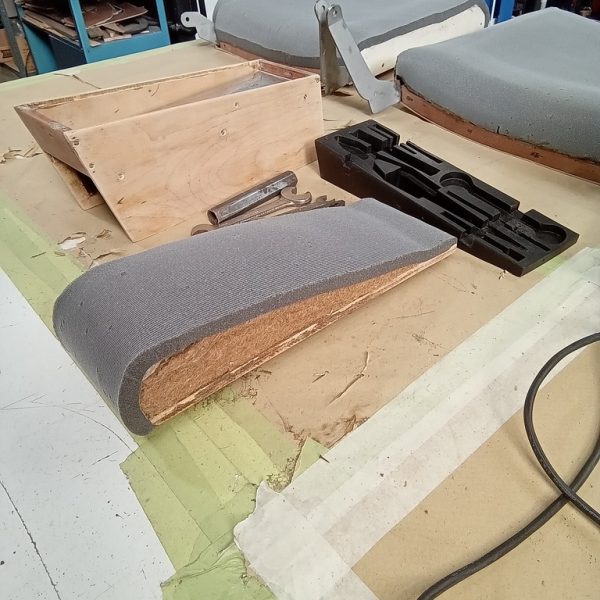
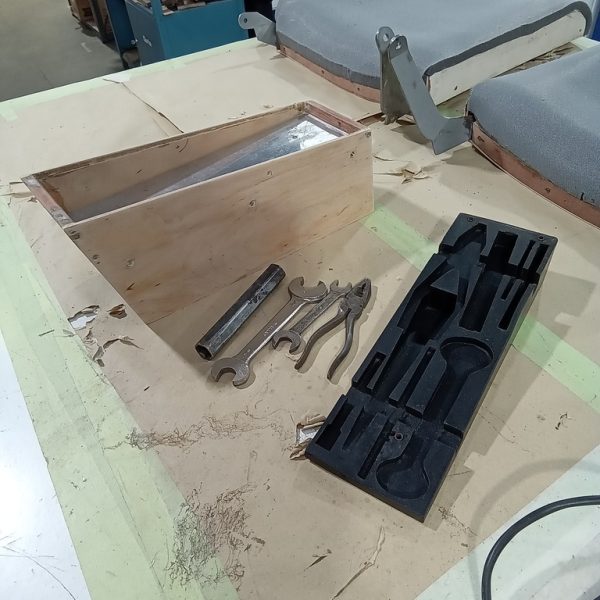

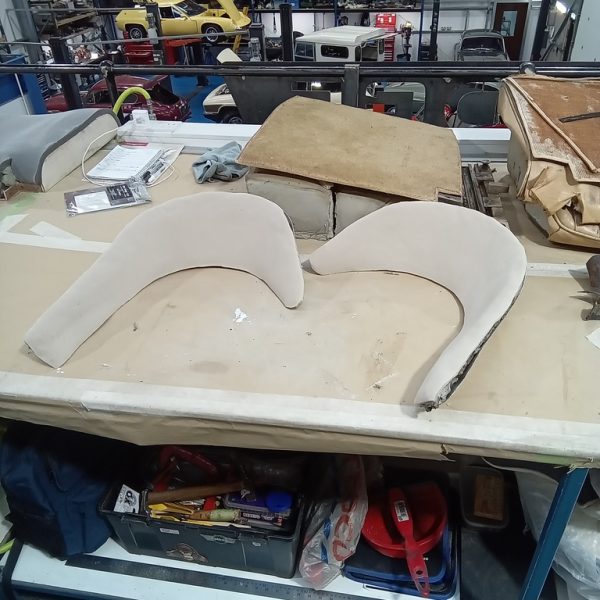
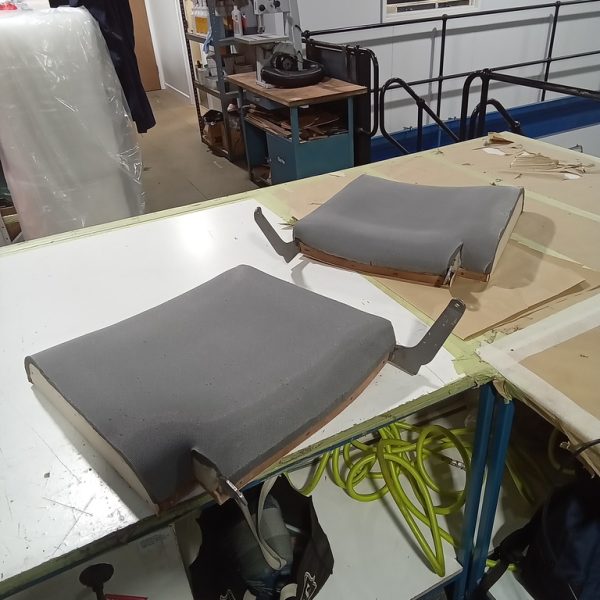
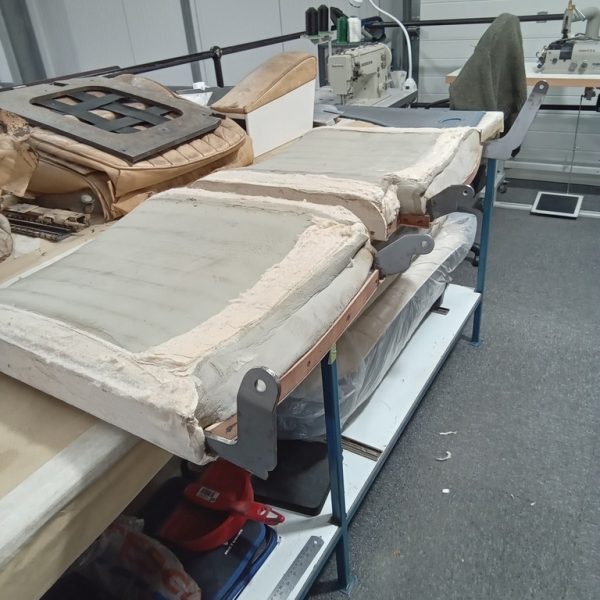
Classic car technician Steve has begun working on our 1979 Reliant Scimitar.
He started by investigating the brake master cylinder that was leaking fluid into the servo. The servo diaphragm was leaking air when the brakes were applied so both parts will need an overhaul.
The door switch contacts were found to be corroded so Steve dismantled these and cleaned them ready for reassembly.
Lydia then shaped and improved the fit on the front carpet mat, which allowed her to finish fitting this and glue it down. After this, she noticed that the rear seatbacks were faded and worn, so Lydia decided to replace them. She then refitted the handles and tacked them down at the edges to hold them in place.
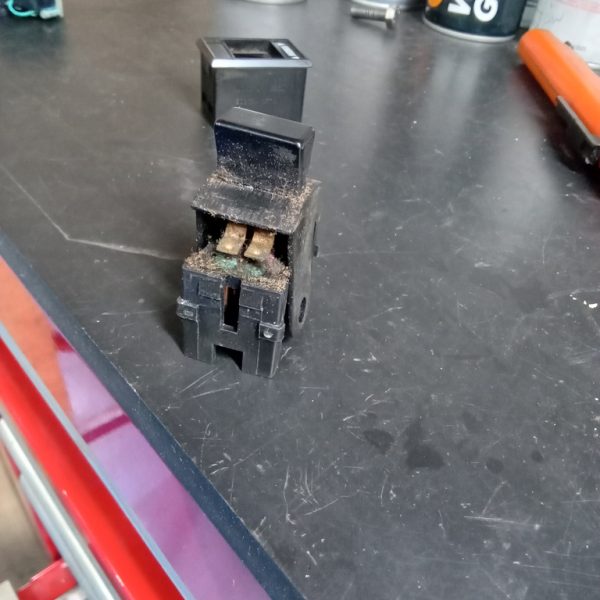

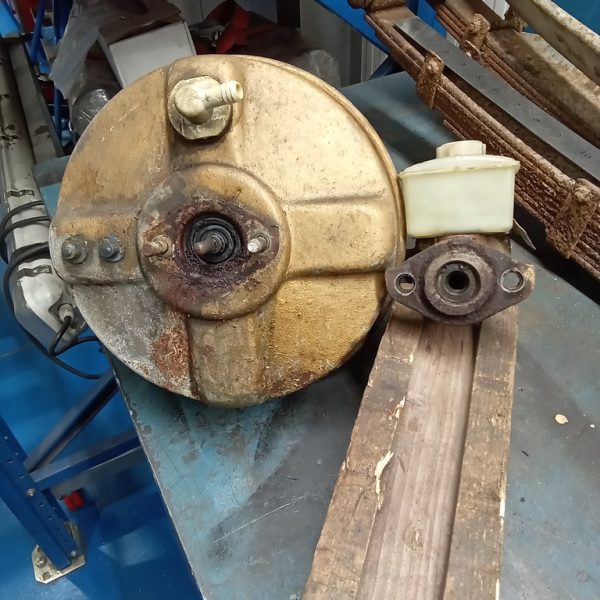
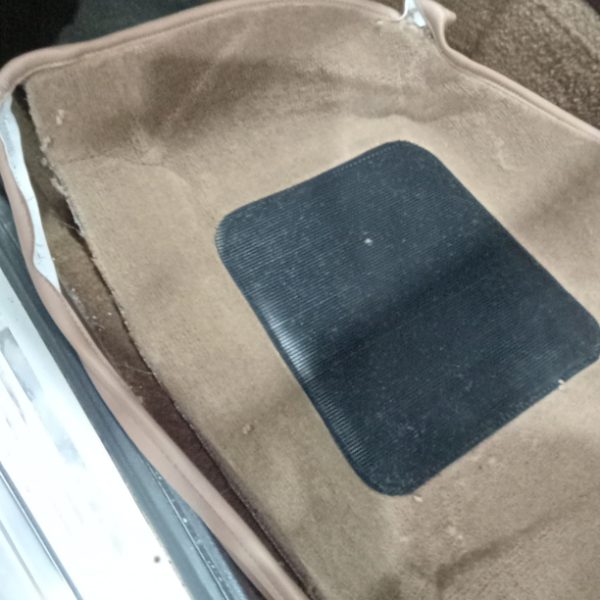

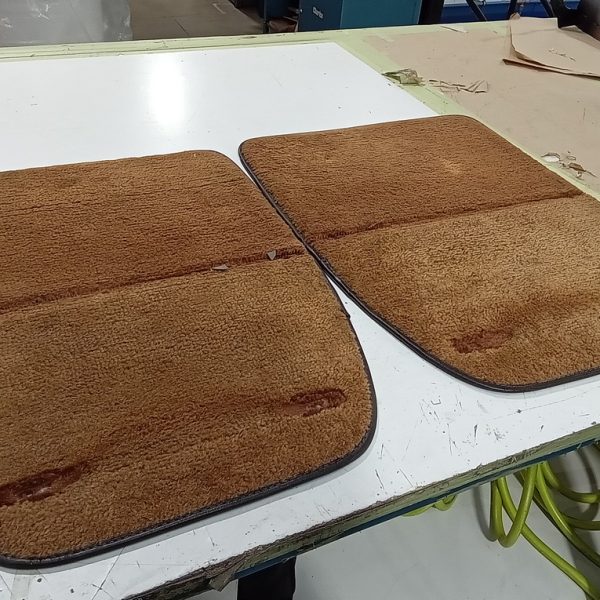
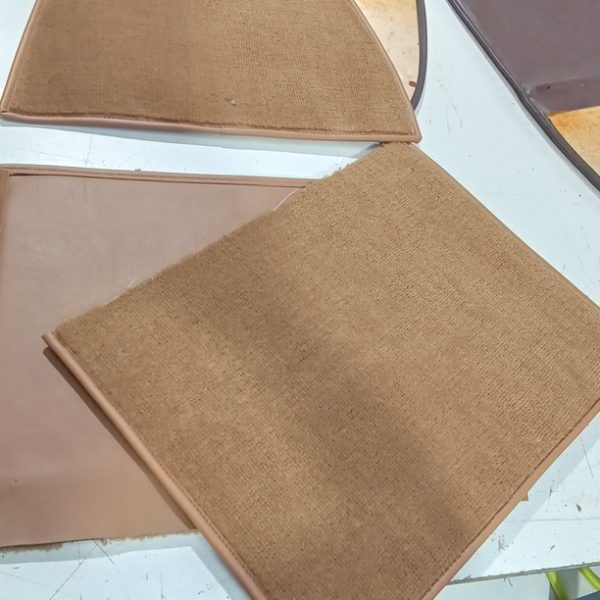

To prepare for our 1953 Land Rover Series 1 to be delivered to its new owner, classic car technician Jonn has assembled the hard top roof, bolted up the panels and removed the roof for full assembly.
He then fitted the seals between the panels and the edges before measuring up and cutting and glueing all door seals in position. Jonn then stripped and fit the new nearside wheel cylinder as well as bleeding and adjusting it. He then refitted the wheel and torqued it up.
The assembled roof was then fitted to the Land Rover and the fixings and door top halves were secured. Rear door hinges were fitted before the rear door and tailgate were put on the vehicle too.
Jonn fitted grommets to the holes in the roof and sides before he painted the exposed new bolts in the panels in cream to match the roof.
The PDI was carried out and, once Jonn is happy with the road test, our Series 1 will be ready to leave the workshop.


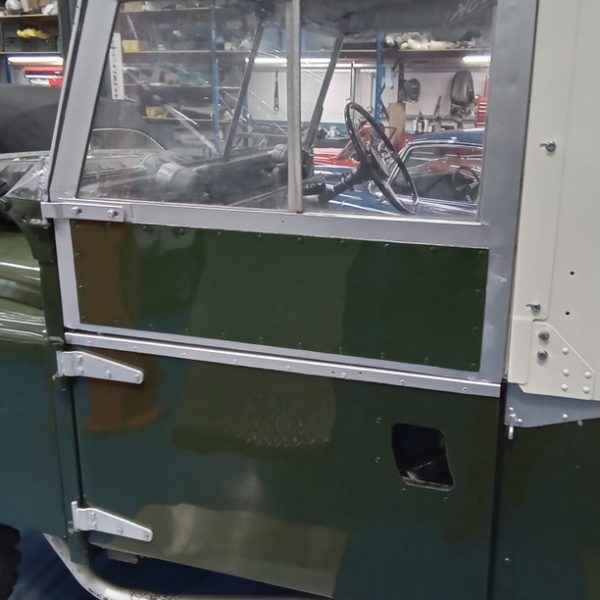
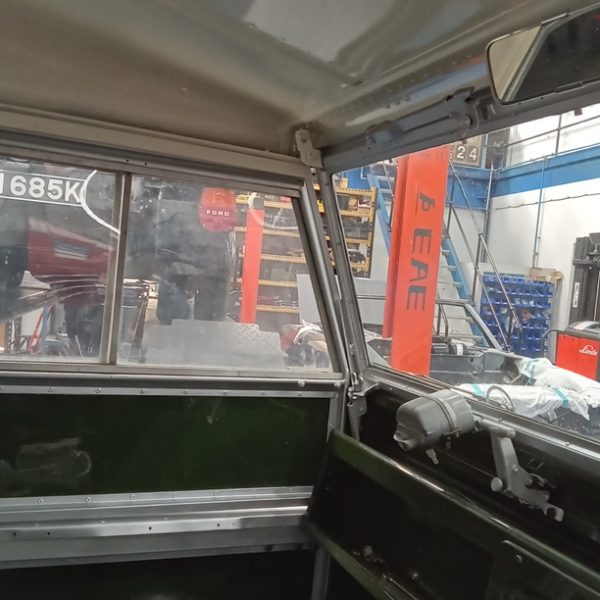
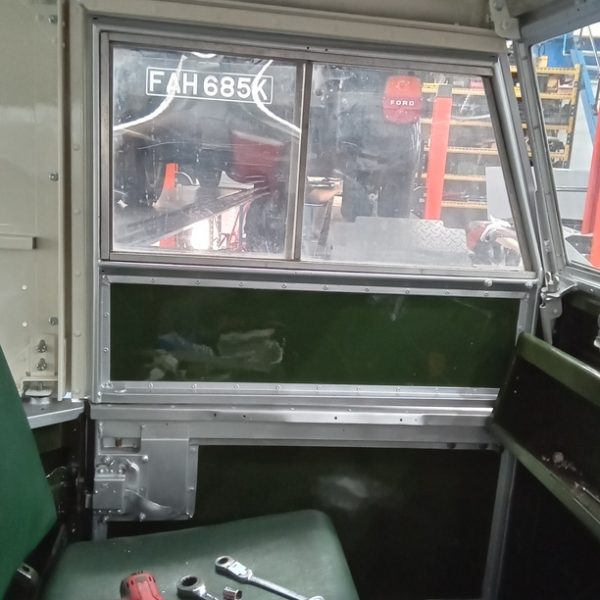

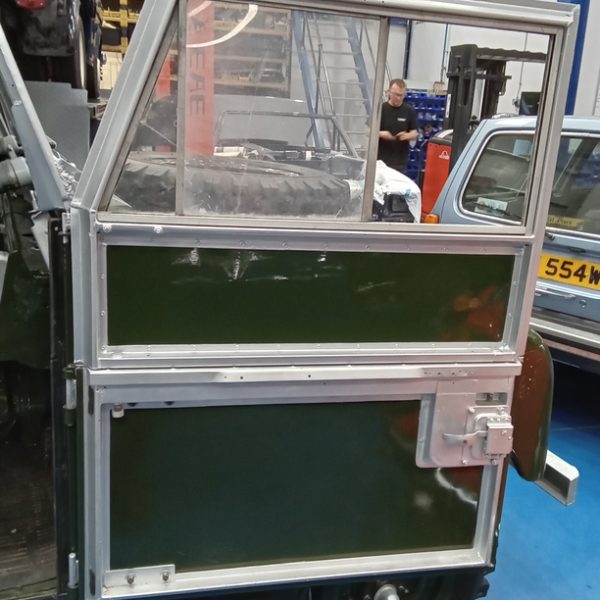

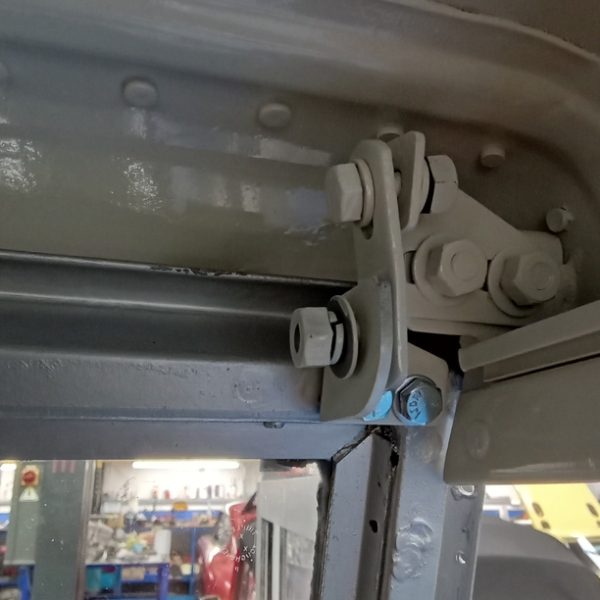
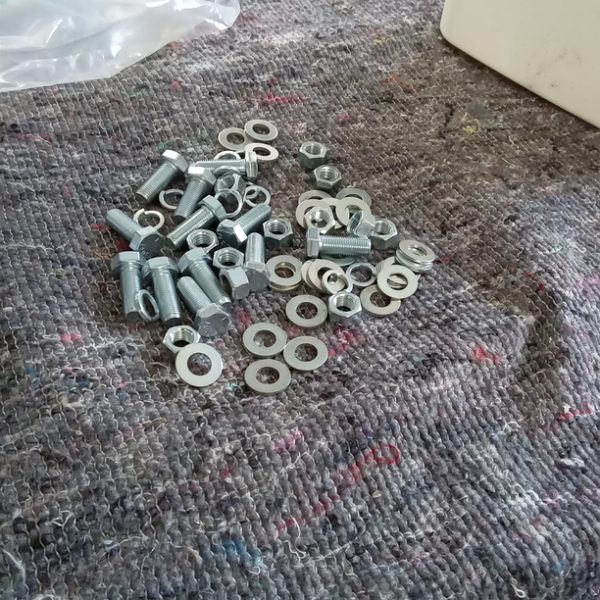
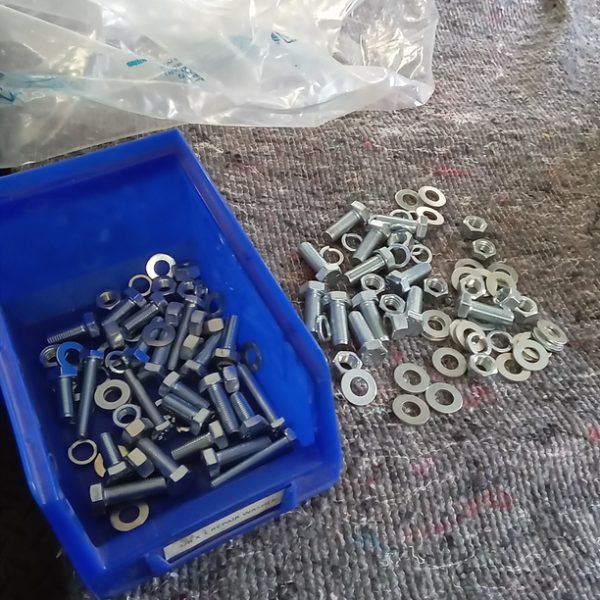
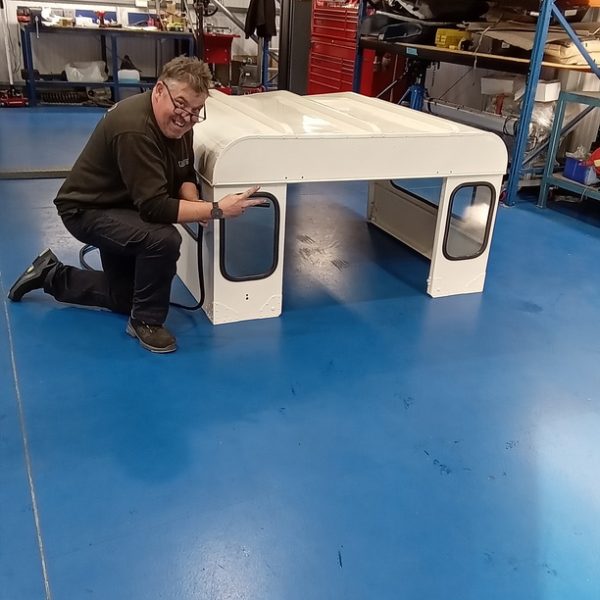
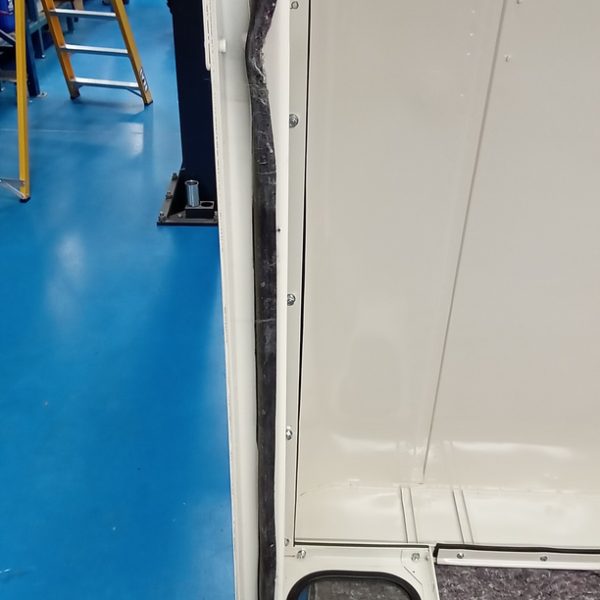




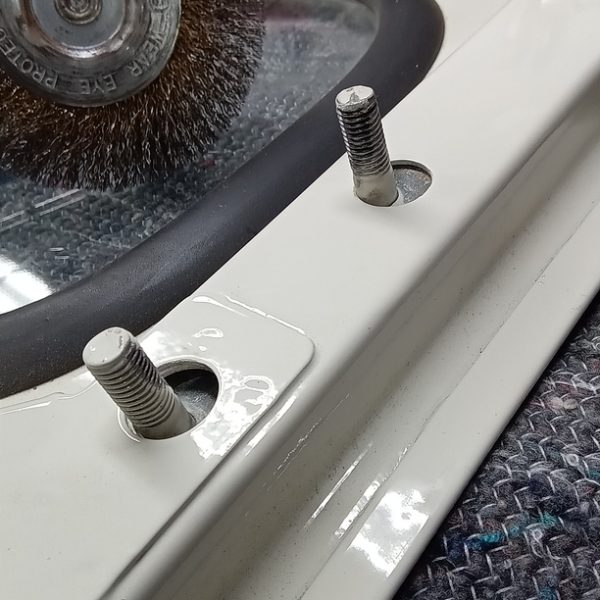
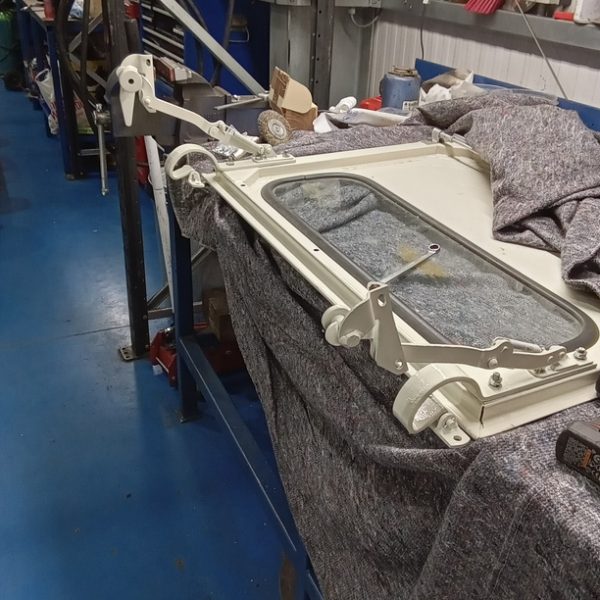


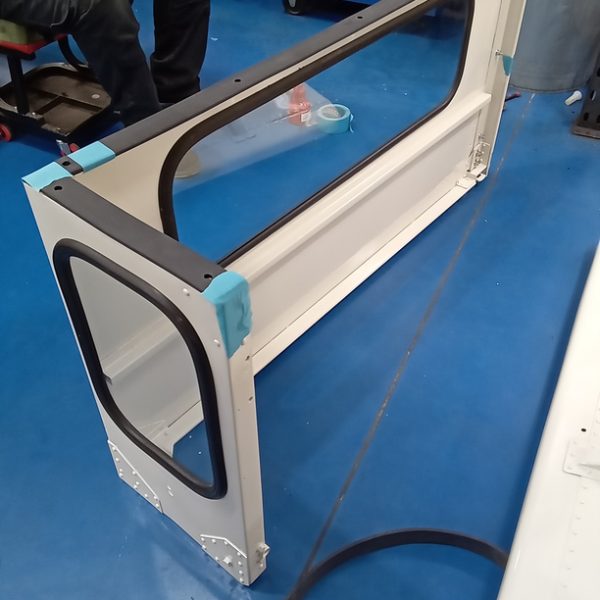
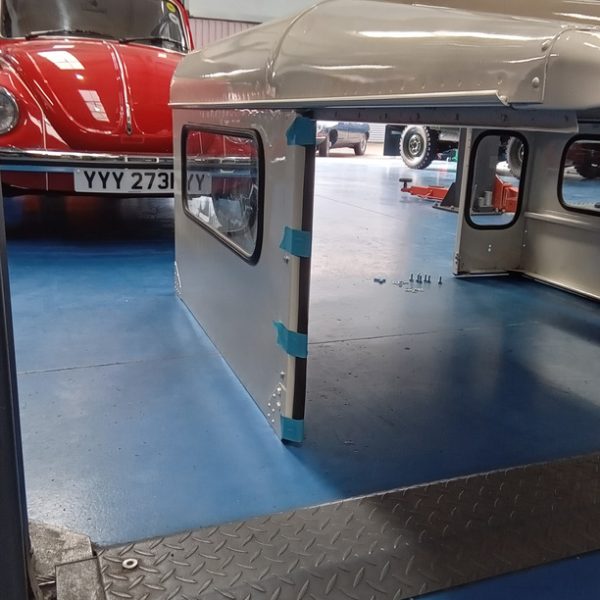

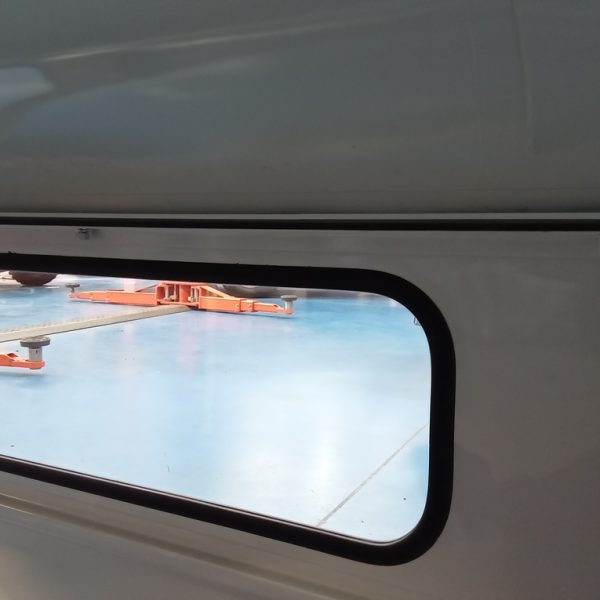
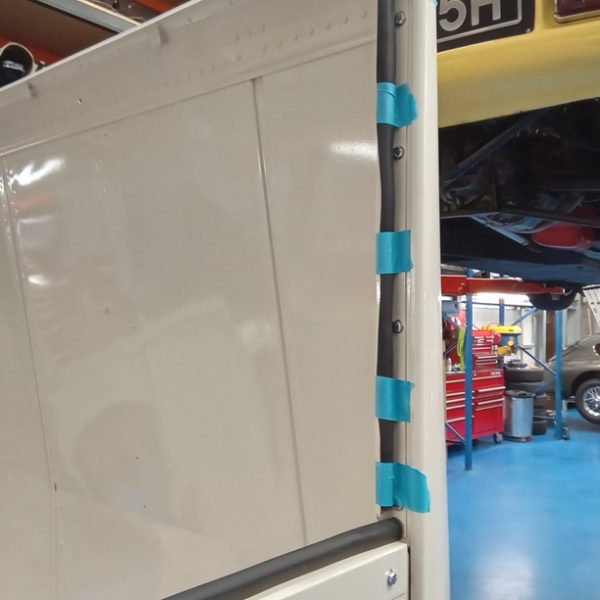

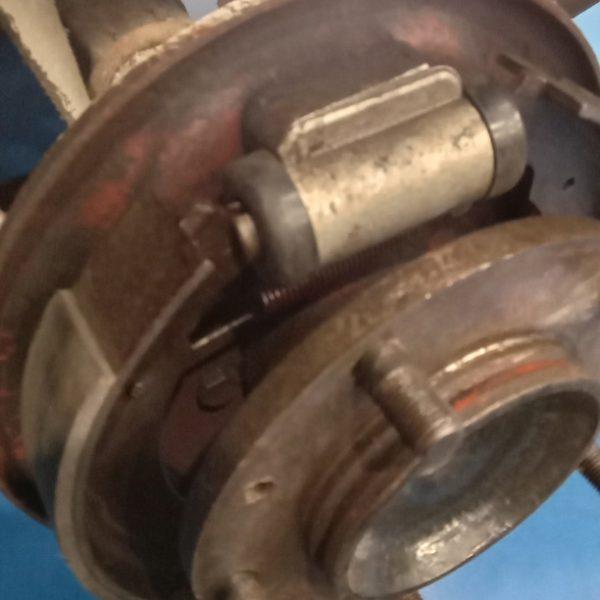


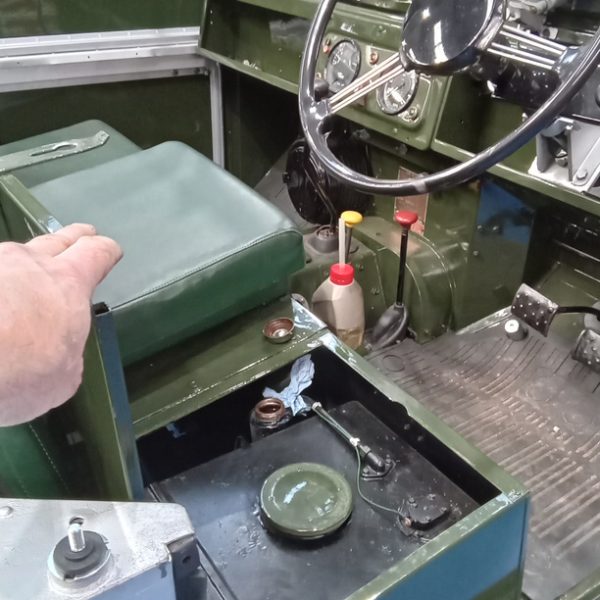
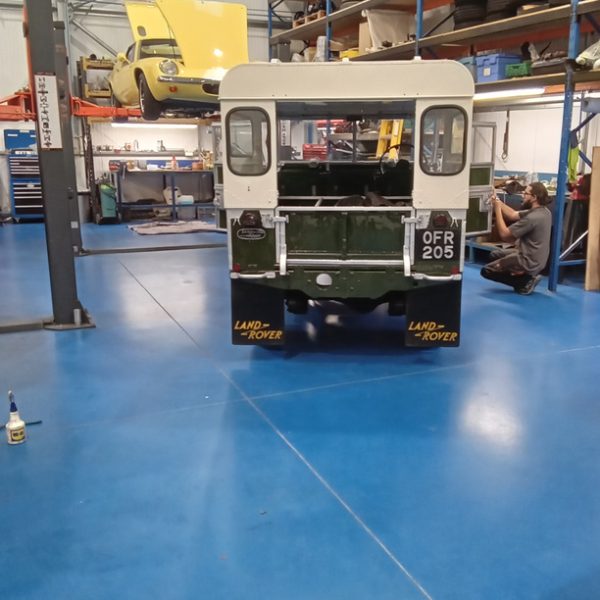

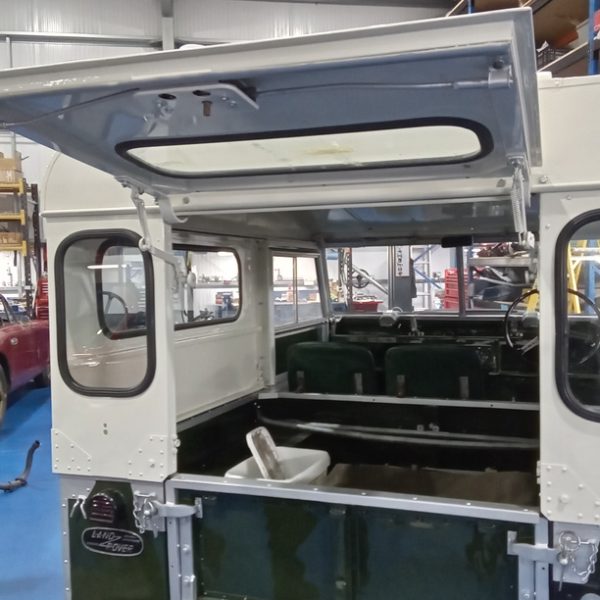
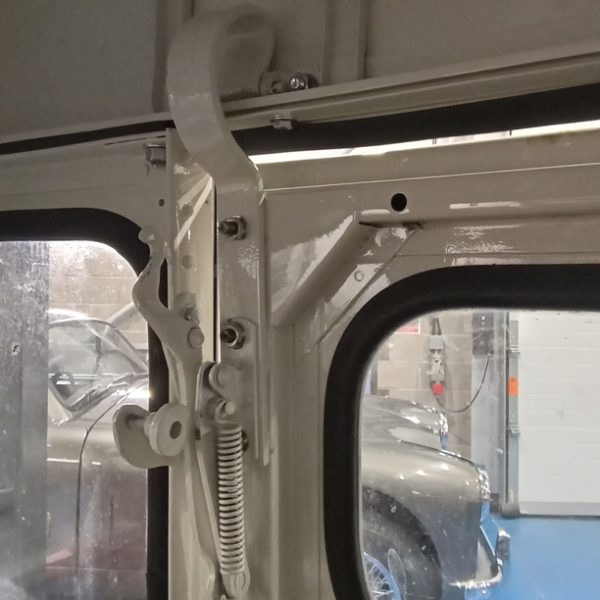

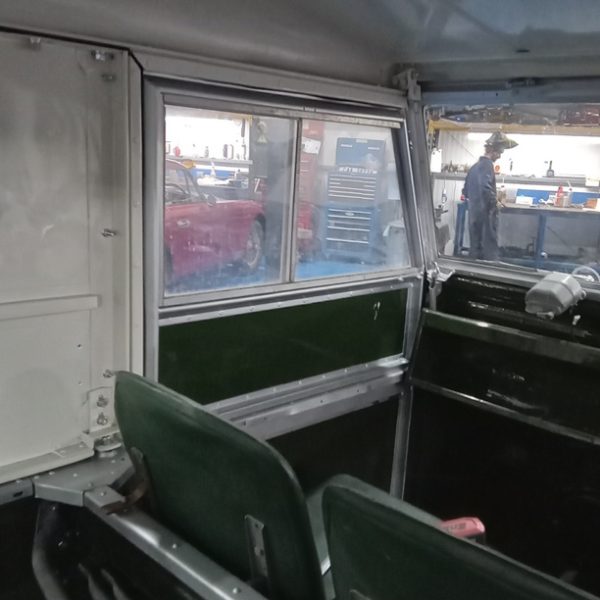
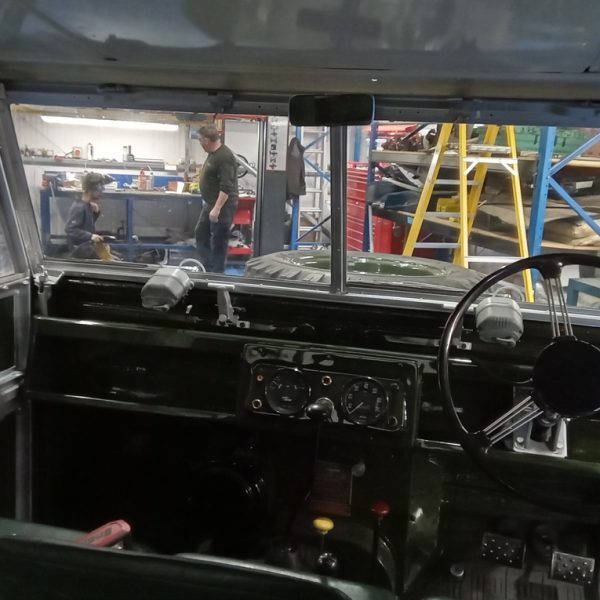


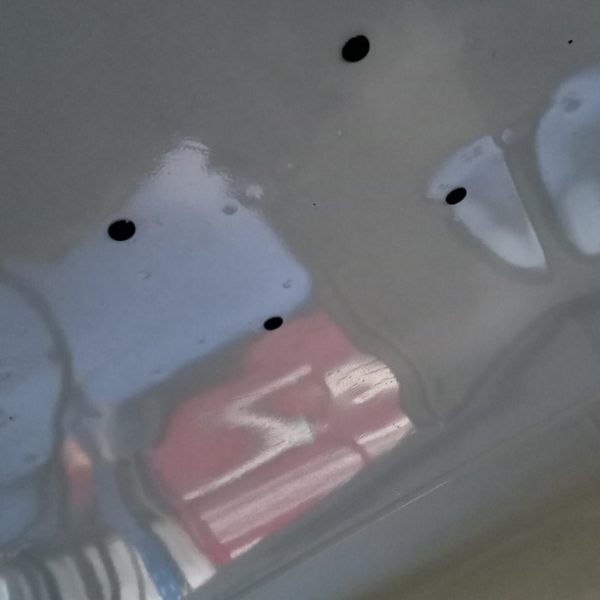
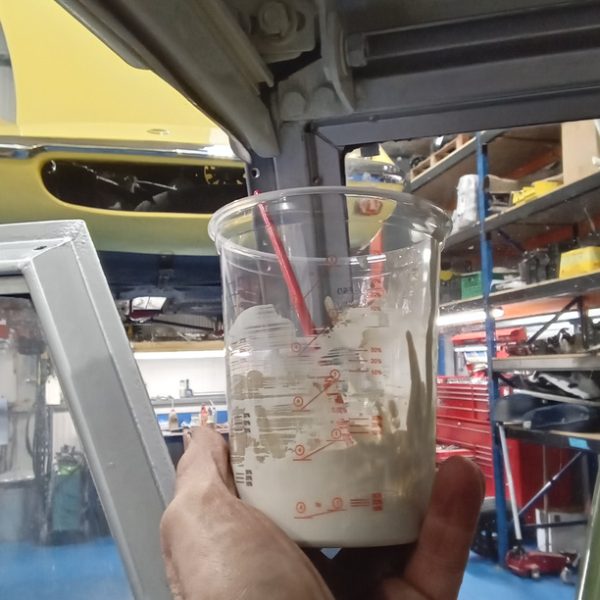
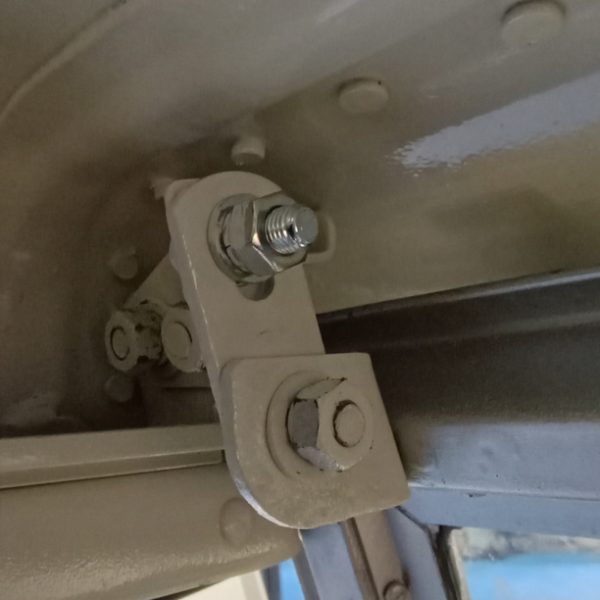

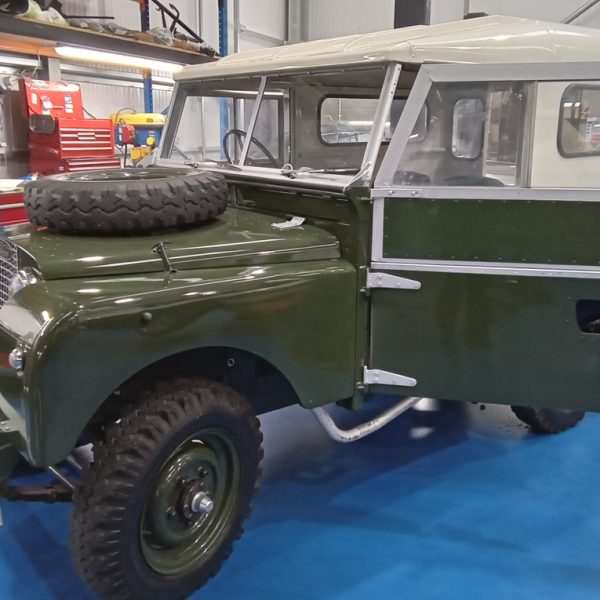
The 2024 Mazda MX-5 has been unveiled to the public at the Japan Mobility Show. The unveiling marks the first time since the current generation was released in 2015, that subtle exterior design updates have been made to Mazda’s award-winning sports car. These changes include a fresh LED headlight design that now incorporates daytime running lights as well as redesigned rear LED lights. There is also a new paint colour that has been added to the MX-5 lineup in the form of Aero Grey.
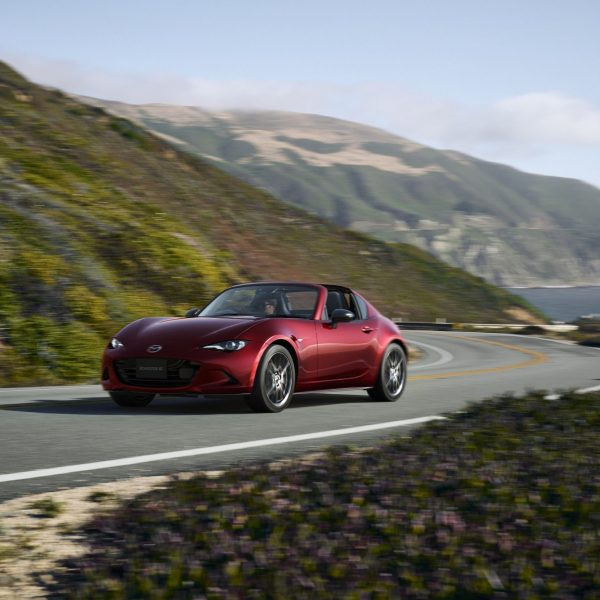

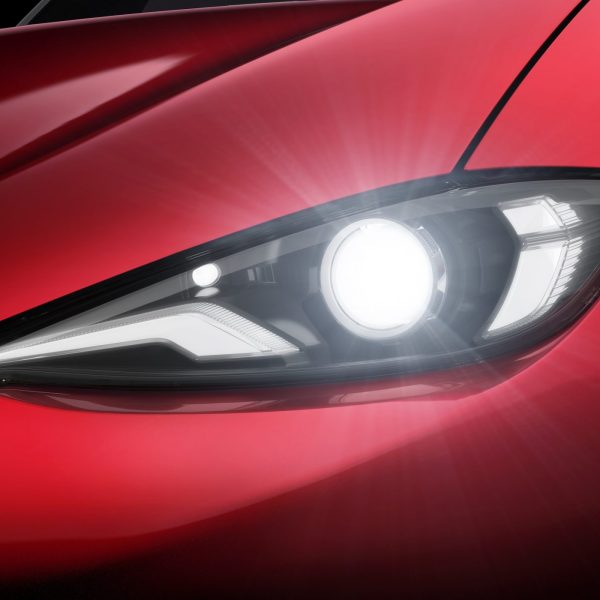
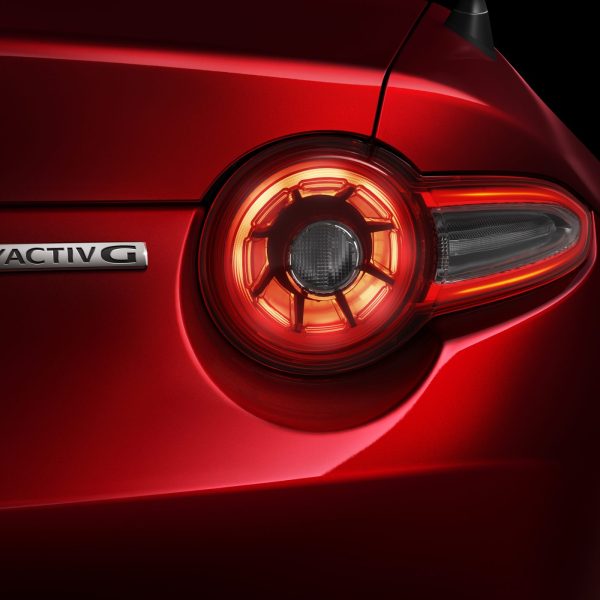
Inside the 2024 Mazda MX-5, drivers have access to a larger 8.8-inch central touchscreen multimedia display and an updated instrument panel. The expanded central screen gives greater navigation mapping clarity, while the advanced MZ Connect system improves user functionality. To highlight how the MX-5 is moving into the future, USB-C ports have also been introduced with this new model. As in previous versions, the new MX-5 offers wireless Apple CarPlay and also features a new frameless rear-view mirror. While all these changes are great, the interior maintains the same driver-focused cabin and driving position we have come to expect from an MX-5.
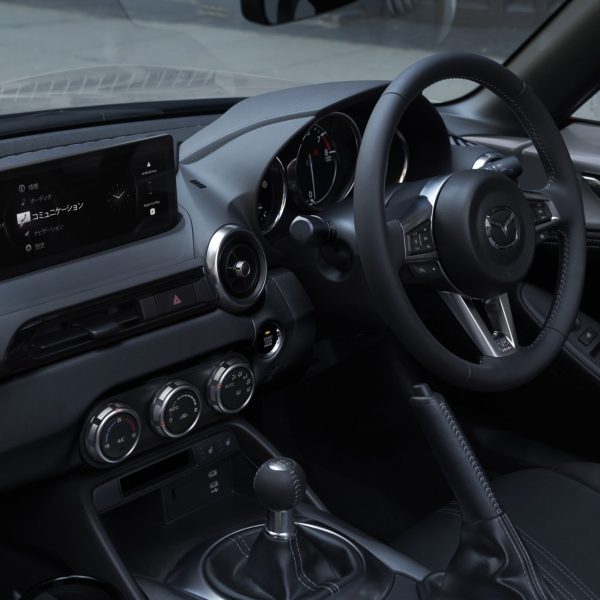



Throughout its more than three decades of existence and across four generations, the Mazda MX-5 has consistently set the standard as a pure lightweight sports car that prioritises driver engagement. The philosophy of Jinba Ittai, driver and machine working in perfect harmony, is something that has always been present in every Mazda vehicle, and the new MX-5 is no exception. The 2024 Mazda MX-5 continues to deliver this philosophy and, as a result, has created another fantastic example of open-top driving with all the agility, lightweight construction, and balanced handling you could want from a sports car like this.
In all models of the 2024 Mazda MX-5, the new Dynamic Stability Control (DSC) track driving mode doesn’t kick in until a later parameter is hit. The result of this is a more dynamic driving experience while still keeping the driver safe and secure. This can be particularly useful for those who are taking to the track for the very first time.
The accelerator’s response has been improved to provide more precise throttle control, and the electric power steering has been adjusted. This has led to a reduction in steering rack friction and, as a result, a more natural and fluid response to driver input.
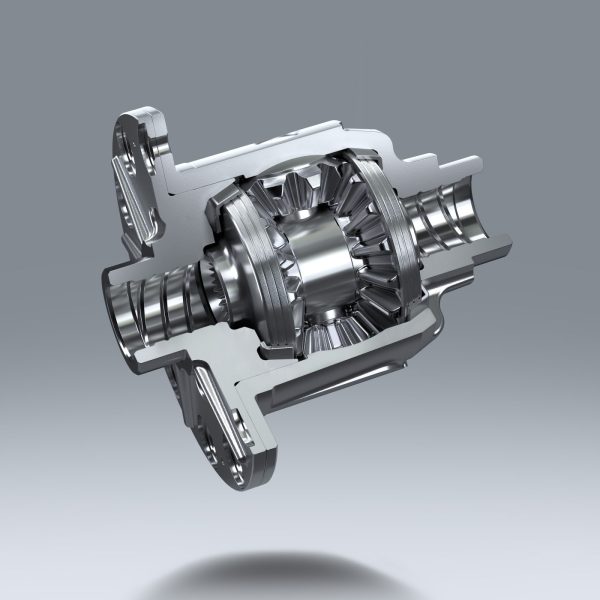
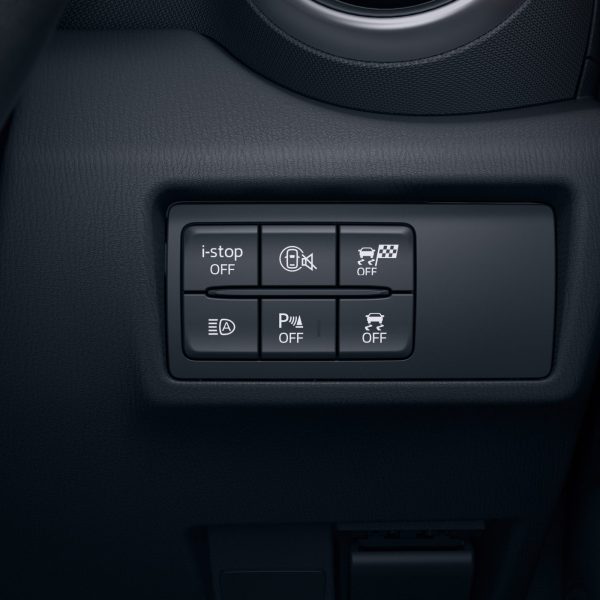
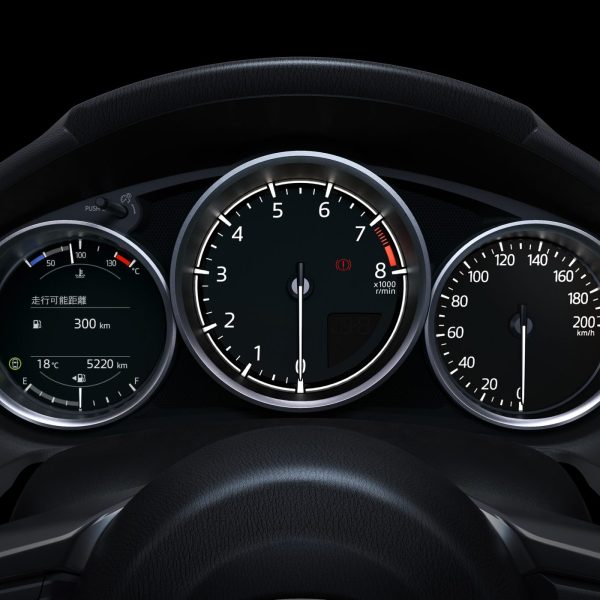
As with previous versions of the MX-5, 2.0-litre cars fitted with a manual gearbox come with a front strut brace, limited-slip differential, and Bilstein dampers as standard. However, the 2024 MX-5 introduces a new Asymmetric Limited Slip Differential, featuring a cam mechanism added to the conical clutch. This mechanism is lightweight, compact, and highly durable. The cam angle is set differently for deceleration and acceleration which creates optimal limiting force of slip during both actions. This enhancement of slip limiting force during cornering when the unloaded rear wheel is lightened improves stability.
The 2024 Mazda MX-5 also introduces additional safety features across all models, including Lane-Keep Assistance and Intelligent Speed Assistance. The Traffic Sign Recognition system has been updated to improve signage recognition too.
The 2024 Mazda MX-5 is set to arrive in the UK in March 2024 when it will look to continue the successful formula that has seen more than 25,000 fourth-generation MX-5s sold in the UK since its launch in 2015. The new 8-model range maintains its engine lineup, offering a choice of 1.5-litre 132ps and 184ps 2.0-litre Skyactiv-G petrol engines for both the Roadster and Retractable Fastback RF models. The Prime-Line model pairs with the 1.5-litre engine, the Exclusive-Line can be ordered with both the 1.5 and 2.0-litre engines, and the range-topping Homura is exclusively available with the 2.0-litre engine.
Jeremy Thomson, Mazda UK Managing Director, commented on the 2024 Mazda MX-5, saying, “When it comes to driver engagement, the current generation MX-5 has established itself as a benchmark sports car, and with the 2024 Mazda MX-5, we continue to offer one of the most exciting and satisfying to drive cars money can buy.”
“Our engineers created a sports car that incorporates our ground-breaking Skyactiv technology, modern safety and superb efficiency with the driver-focused enjoyment for which the MX-5 is loved. The MX-5 is Mazda’s brand icon and it embodies all that is great about our products. Mazda’s unceasing commitment to refining the vehicle over its 30-year history is highlighted again with the subtle but focused updates to the 2024 MX-5, which ensure this car continues to be an affordable, engaging, world-class sports car”.
Full pricing and specifications for the 2024 Mazda MX-5 in the UK will be announced at a later date.
As it turns out, several members of the team here at Bridge Classic Cars own or have previously owned an MX-5 and here is a selection of them.
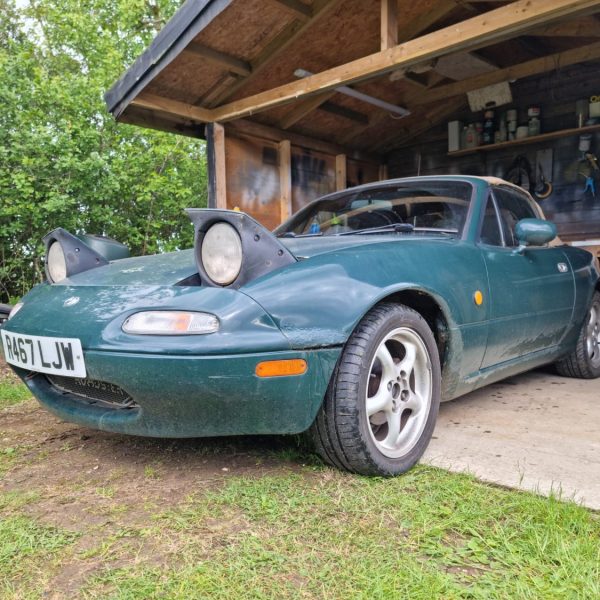

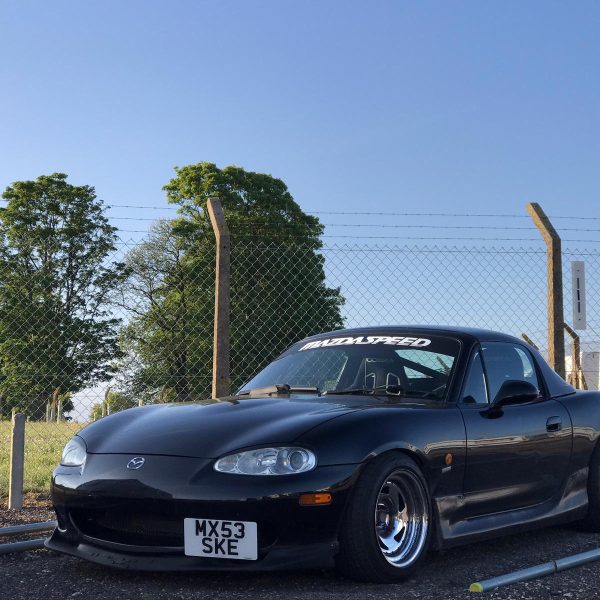
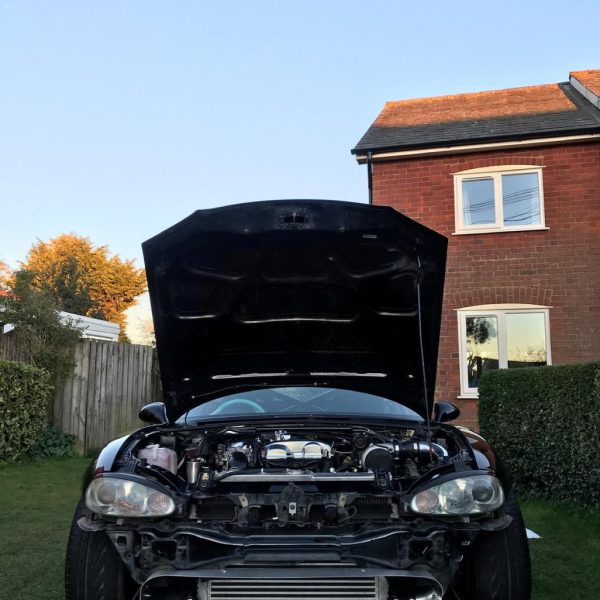
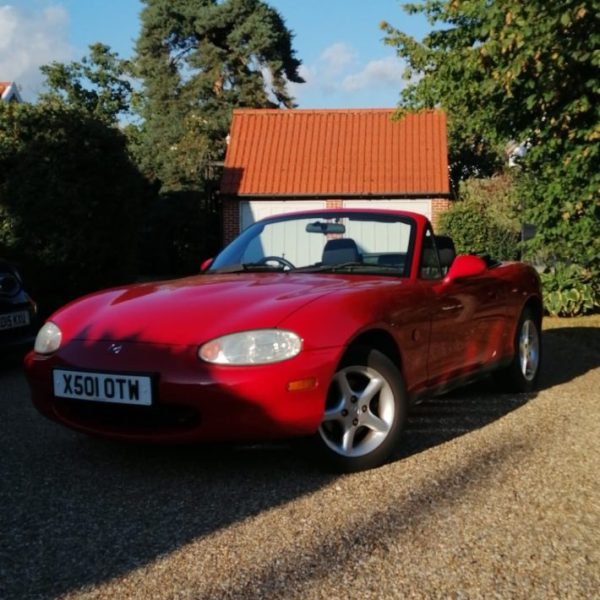

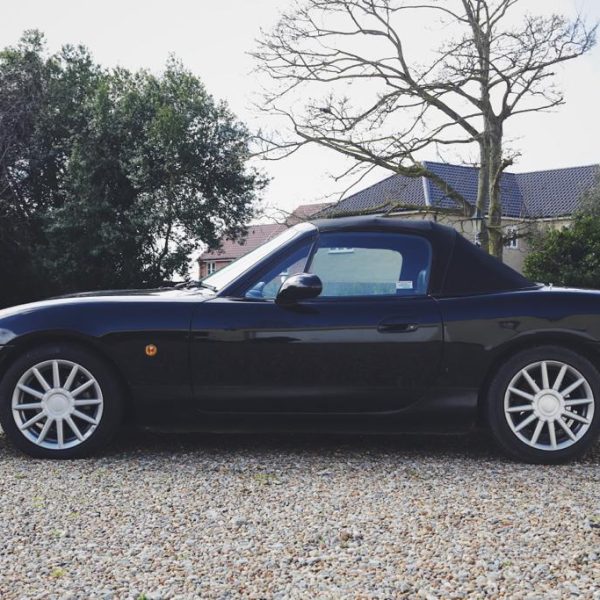

We are awaiting the arrival of two more classics that will soon be available to win through Bridge Classic Cars Competitions.
Manufactured in 1932, this is a stunning box saloon.
The body was rebuilt between 2009 and 2010 and has been finished in the rich dark British racing green and black cycle wings. It also had an engine rebuild around 2011 which included a Phoenix crank, aluminium deep sump, Honda pistons, and SU carb.
It also has an uprated twin front damper system and we are very much looking forward to seeing our Ulster arrive at the Bridge Classic Cars workshop in the very near future.

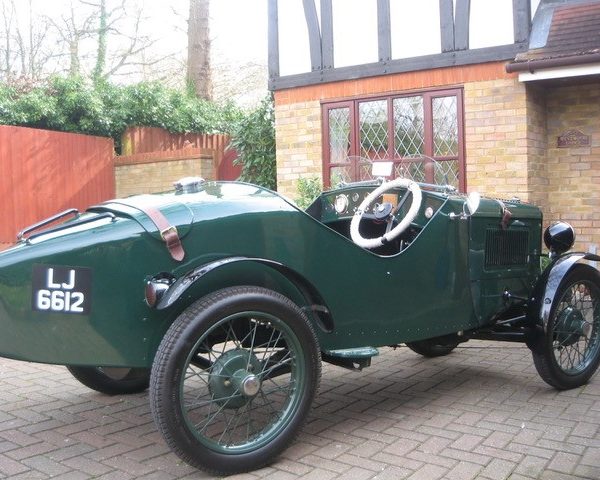
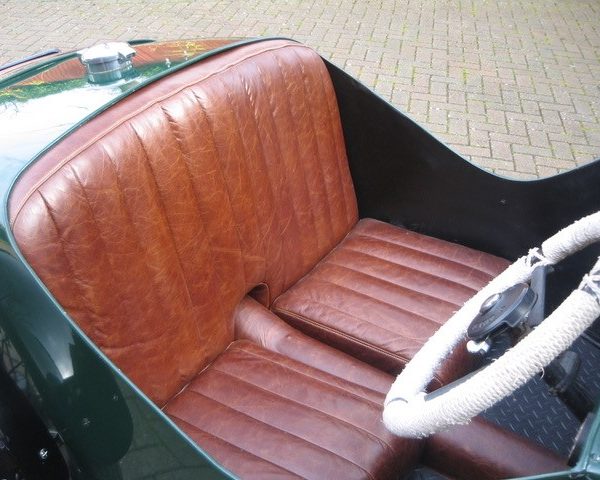
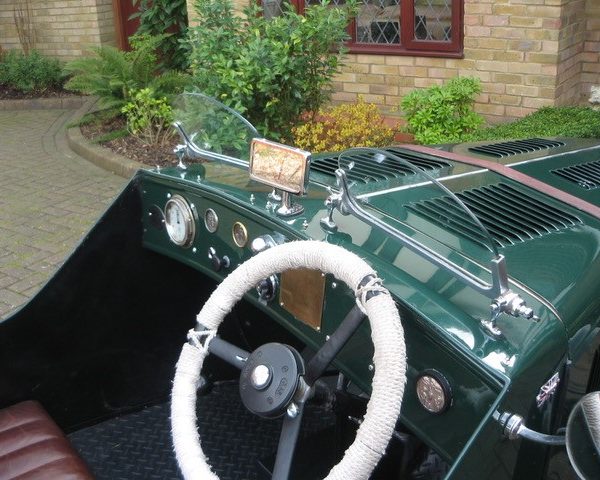
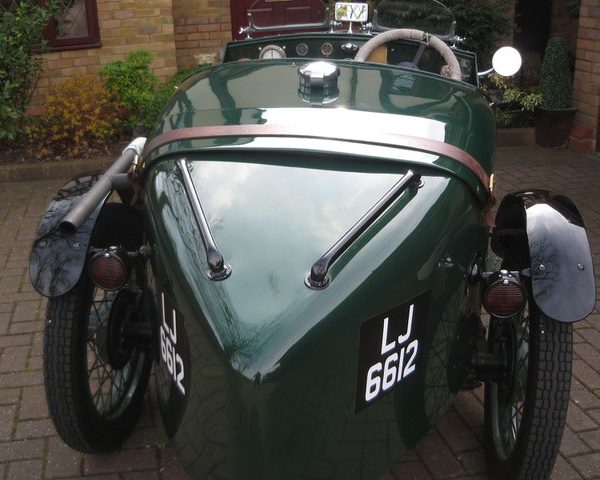


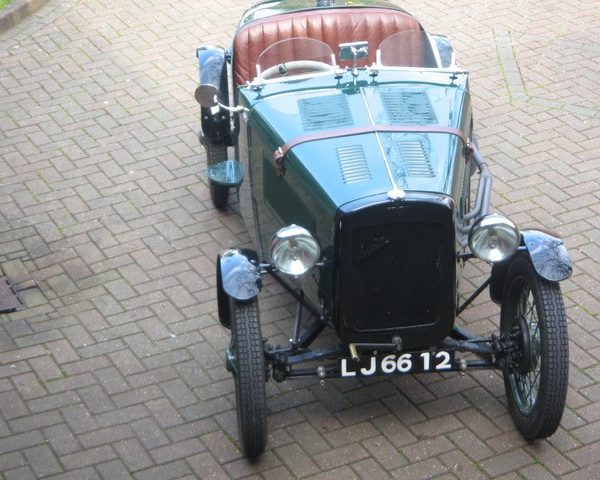
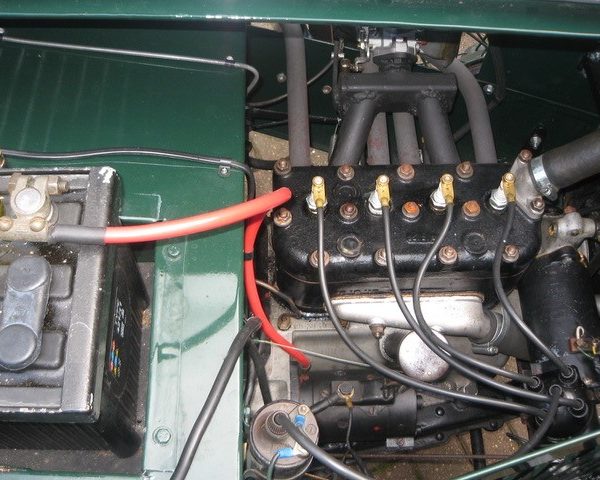
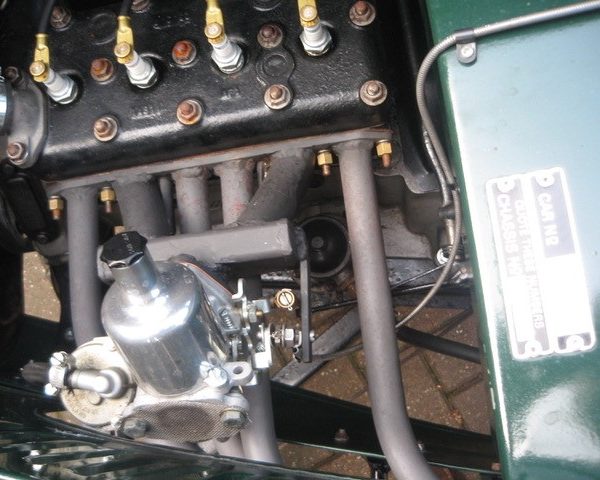
Our 1968 Morris 1000 pickup is a charming British classic. It may look small but it beautifully combines utility and style.
We have had multiple Morris vehicles as competition cars in the past and they have all been very popular, and this one looks to be no different.

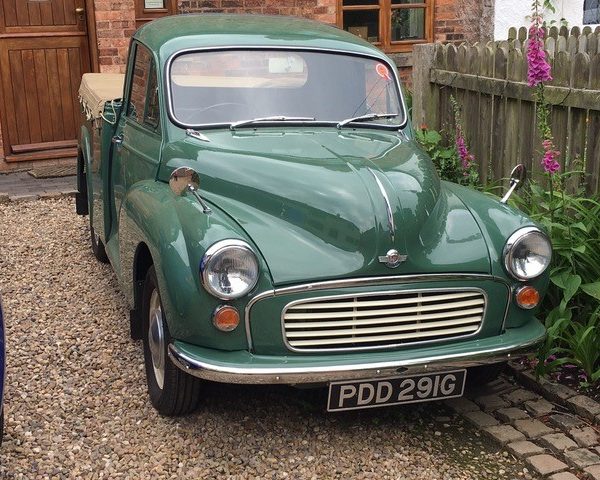

The classic Austin-Healey holds a special place in the dream garage of many petrolheads. From the humble Sprite to the suave and sophisticated 3000, the Austin-Healey has earned its pedestal.
Bridge Classic Cars Competitions is giving you the chance to win one of these truly engaging and wonderful classic British sports cars with our 1958 Austin-Healey 100/6.
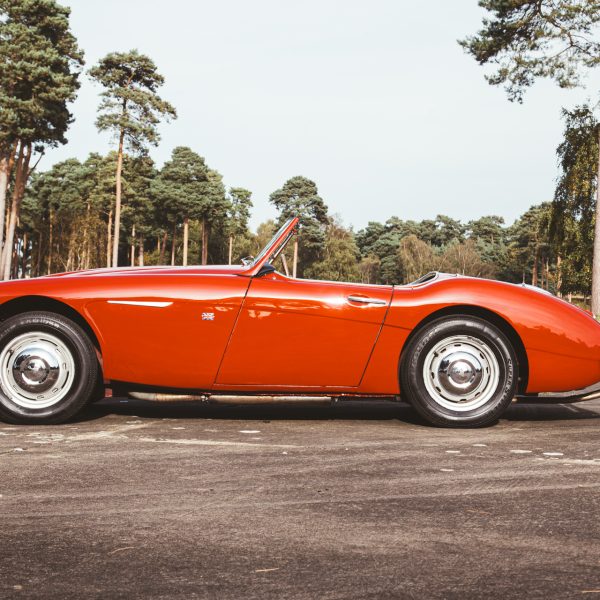


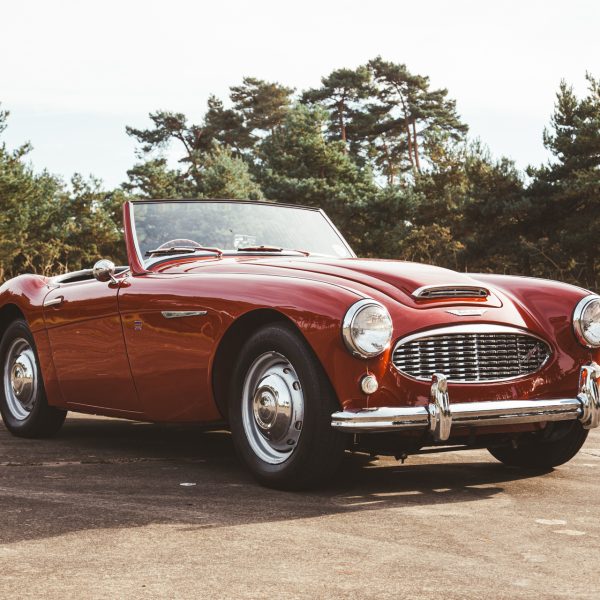
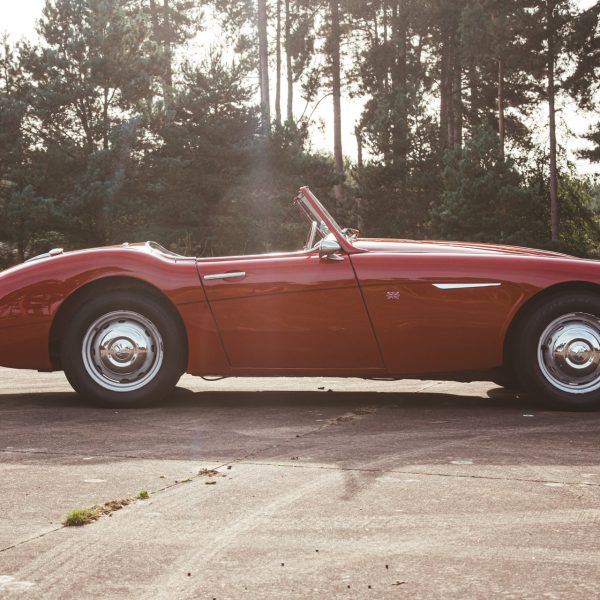
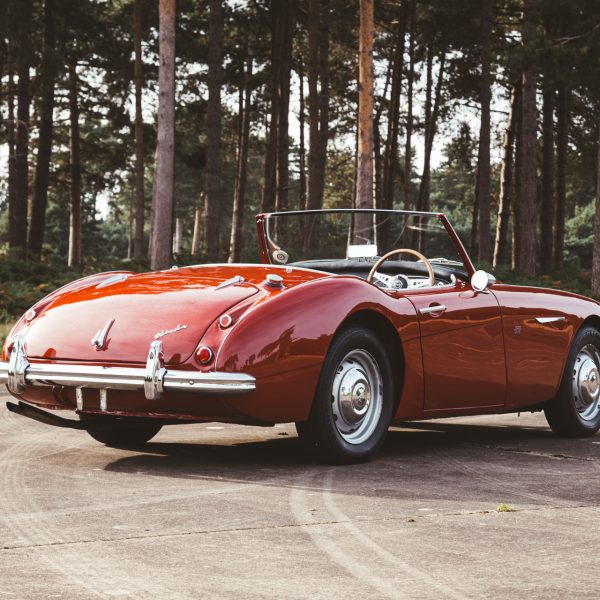
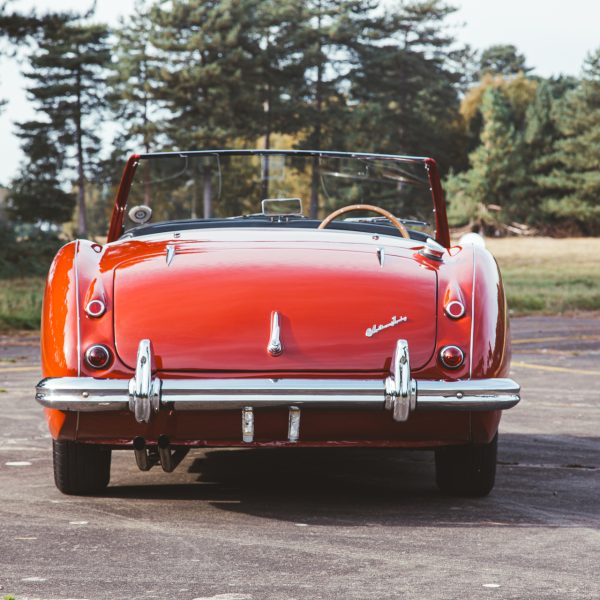

With stunning red paintwork and a complimenting black leather interior and white piping, this ‘big Healey’ has got charm and character which could only come from a long-legged, drivers Healey.
Fitted with a beautiful 2.7-litre inline-six and 4-speed manual gearbox, this soft-top sports car has got the perfect set-up to be enjoyed on a back road blast or a relaxed road trip.

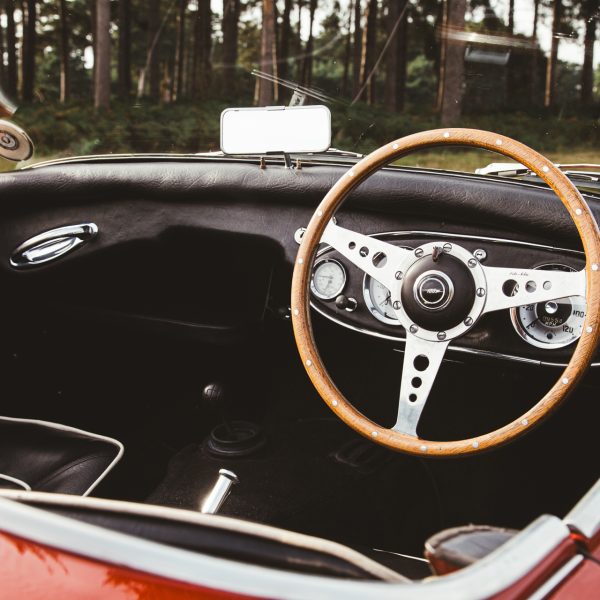
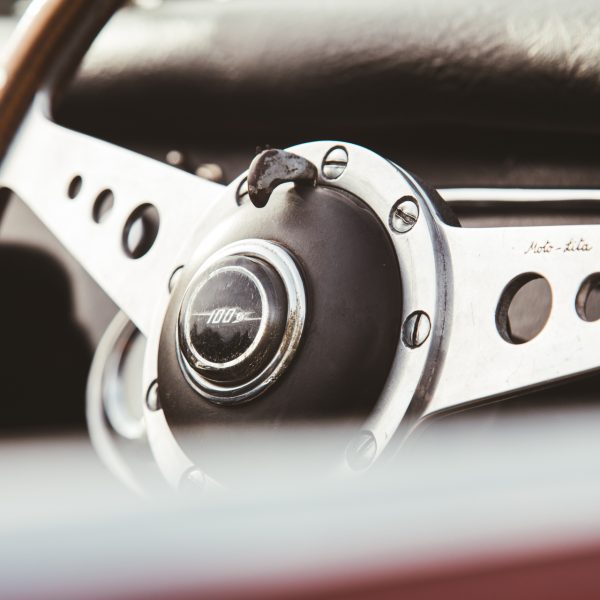
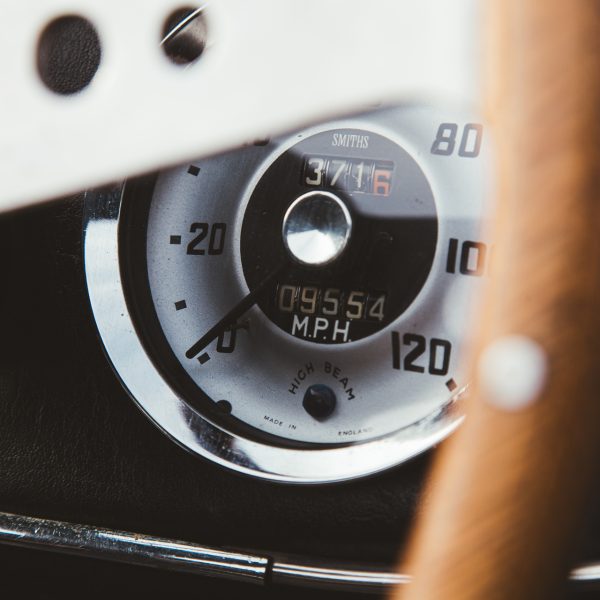

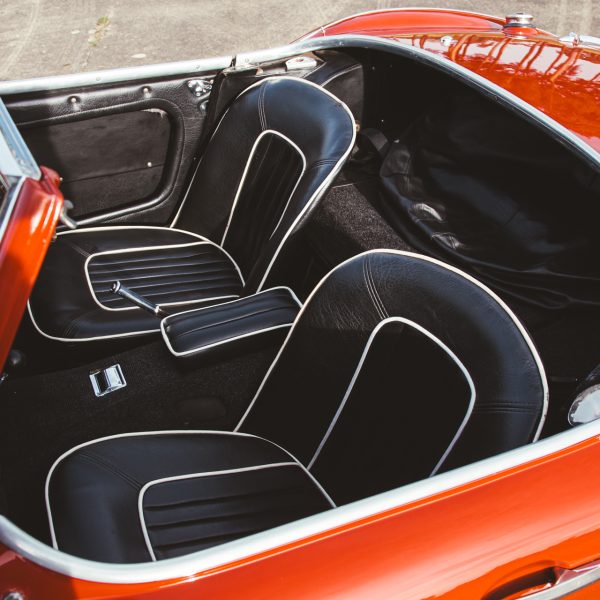
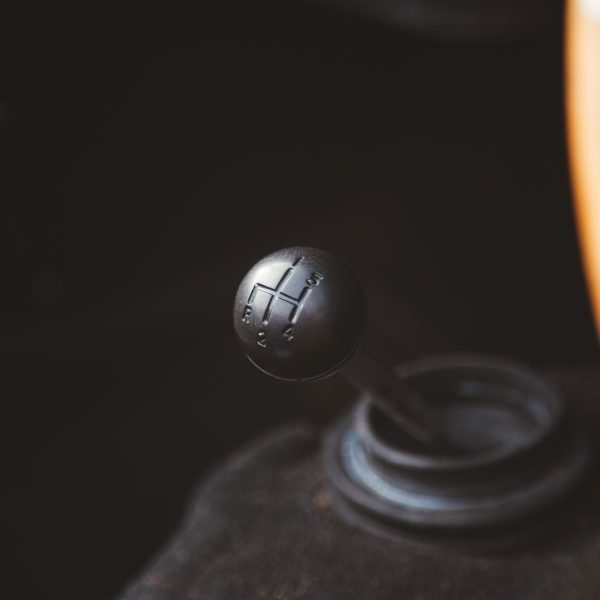
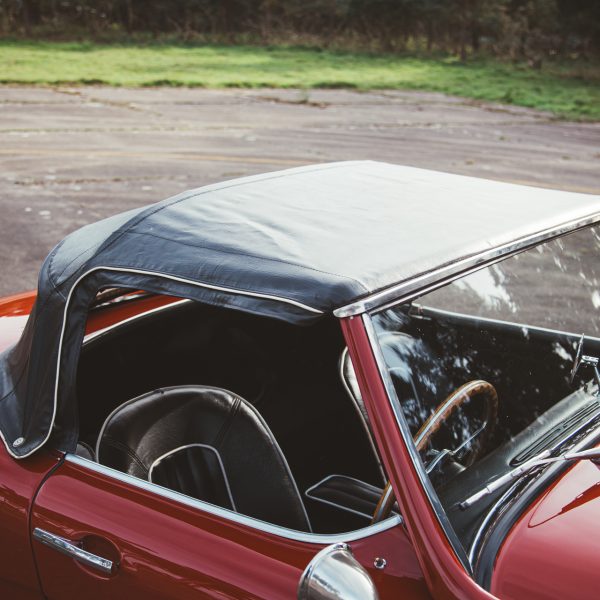
Recently imported from South Africa at the start of 2023, the car has gone through a recommission by the Bridge Classic Cars team which included a full brake system rebuild as well as some mechanical jobs to get this wonderful classic ready for its new home.
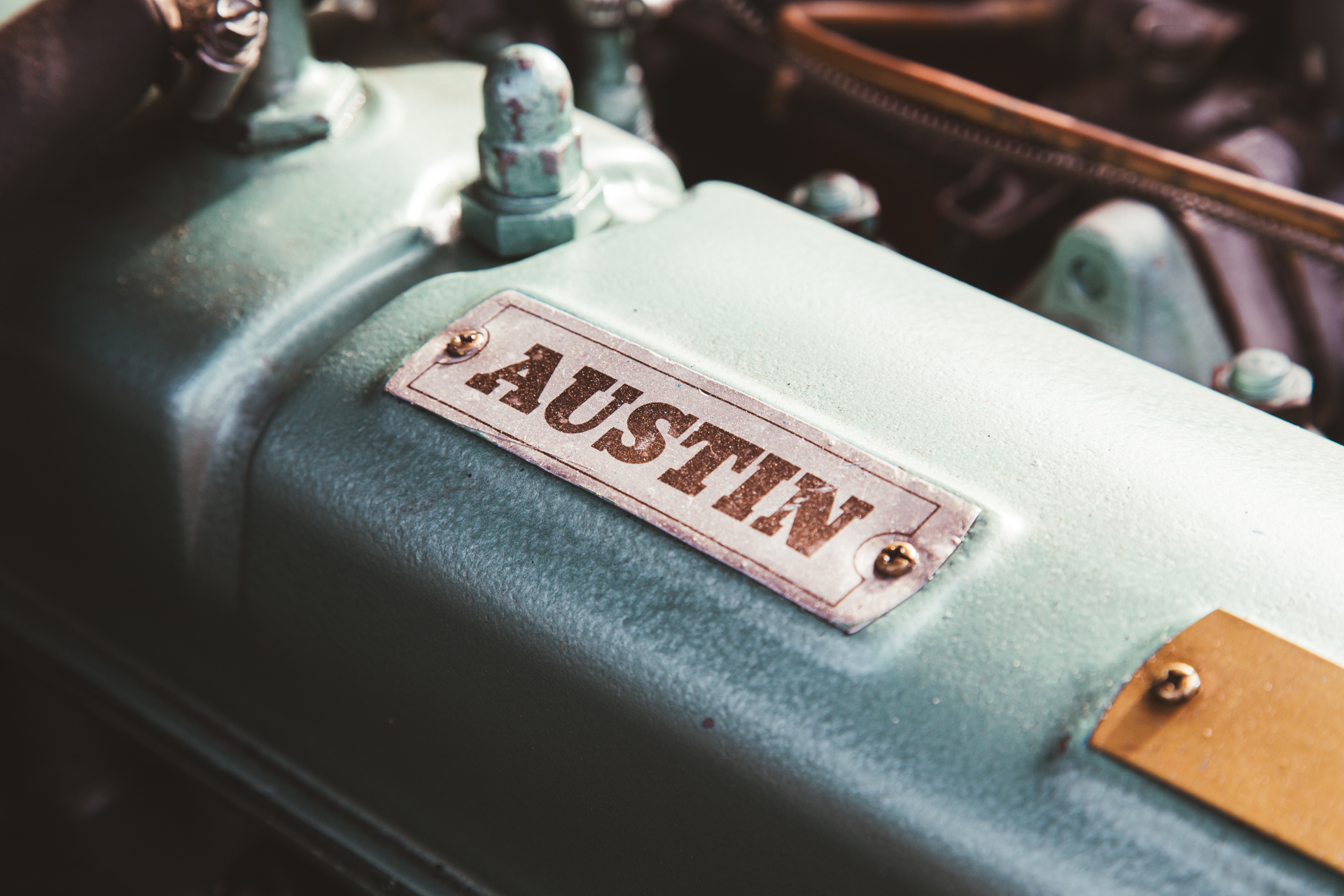

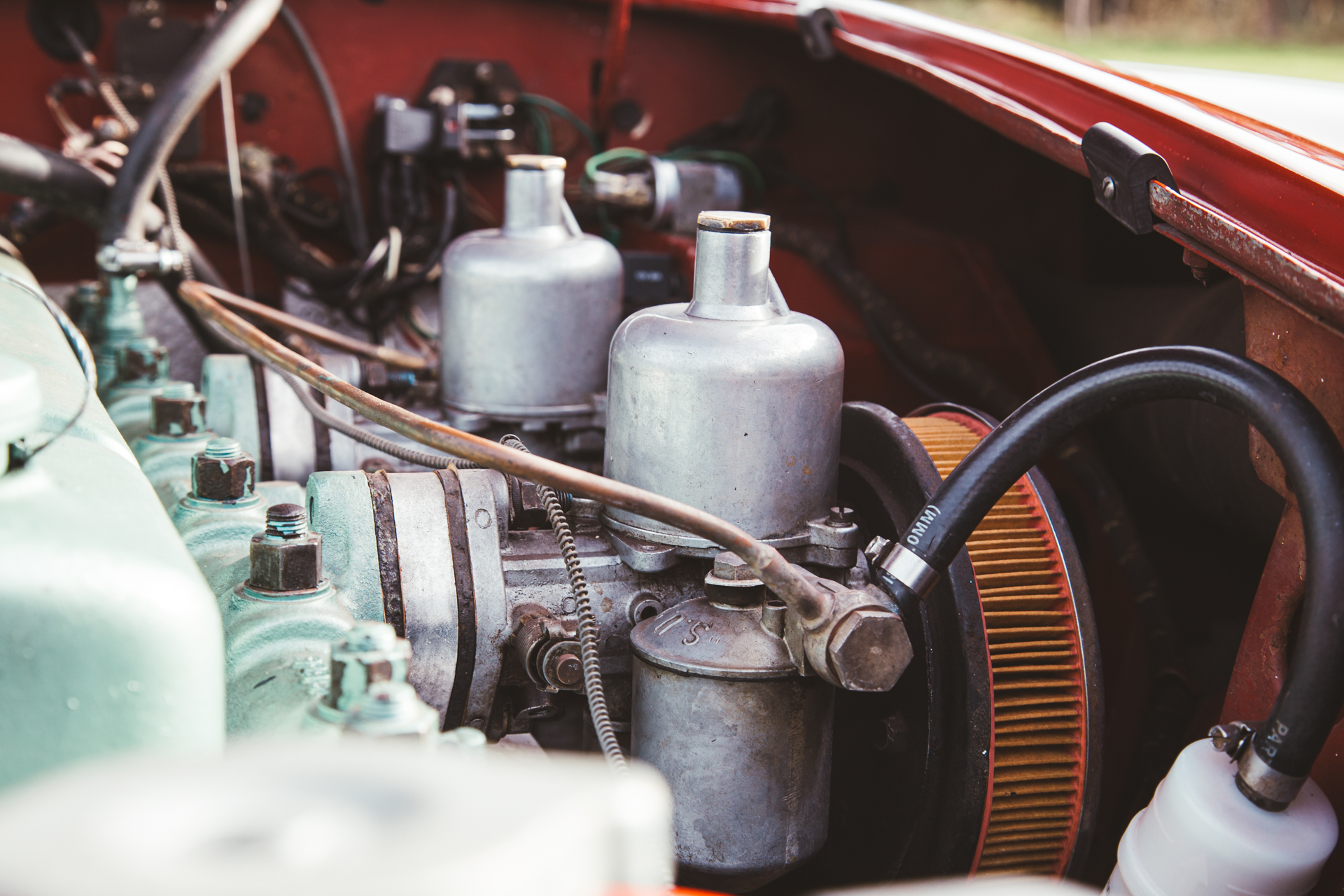
During its time in South Africa, the car took part in several grand-touring rallies and drive-outs including most recently in the 2022 running of the Cape 1000.
The vehicle comes with a full UK registration, 742XWA, as well as several folders of workshop manuals and dating letters and certificates from the Austin-Healey Club and the British Motor Industry Heritage Trust.




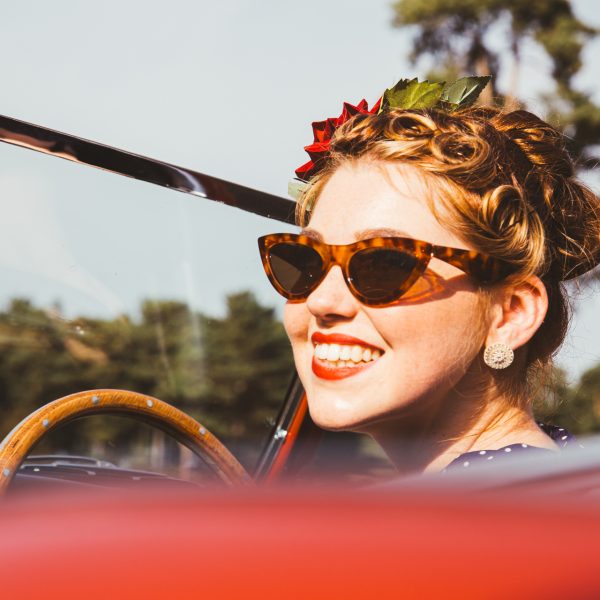

Enter now for your chance to win one of the most sought after classic British sports cars.
Our 1905 Riley 9HP may be more than 100 years old but, thanks to our team of skilled technicians and our friend, Darin at Ashbocking Joinery, this is one special car that looks as good as it ever has.
With the wood sections of the car being worked on and fitted to this one-of-one prototype, it certainly shows just how far our Riley has come since we first pulled it out of a barn a couple of years ago.
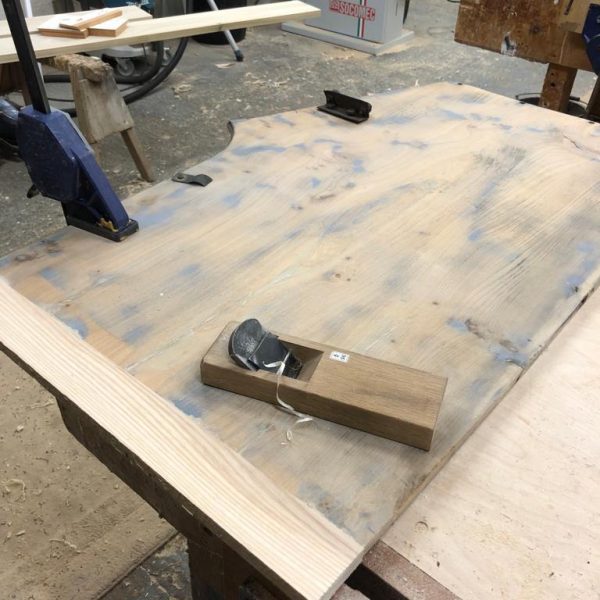
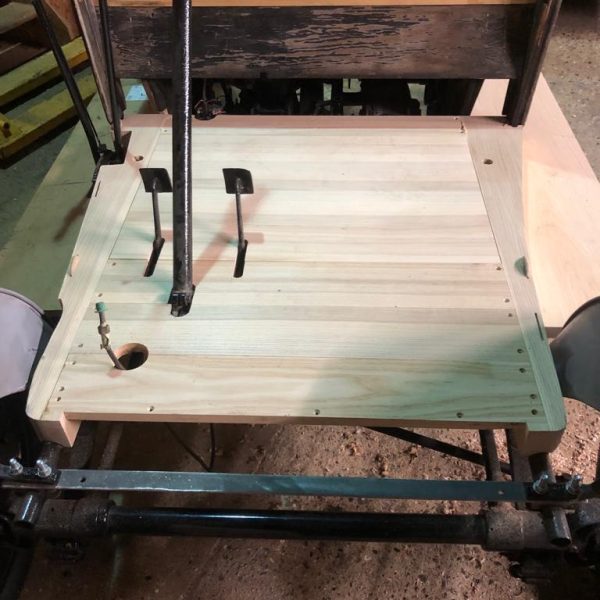
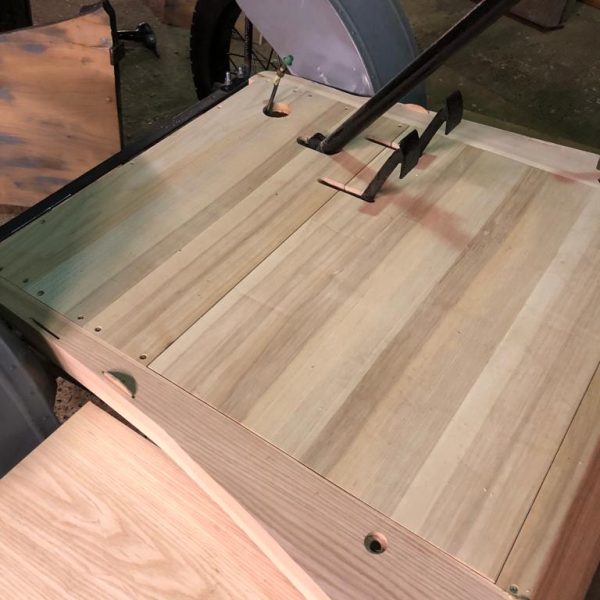
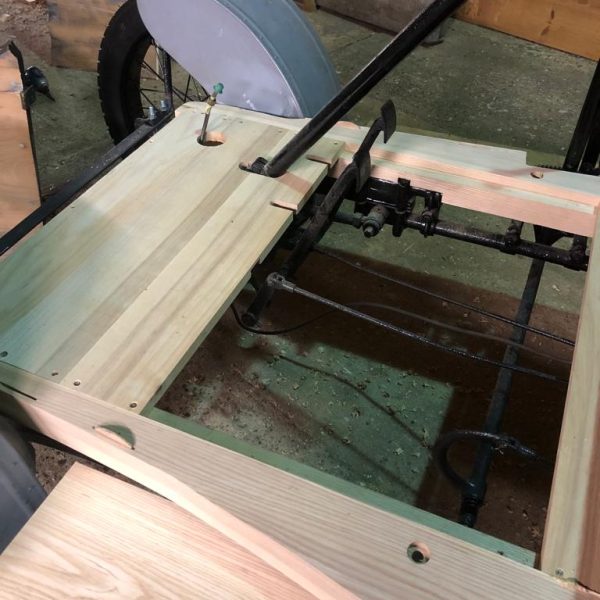


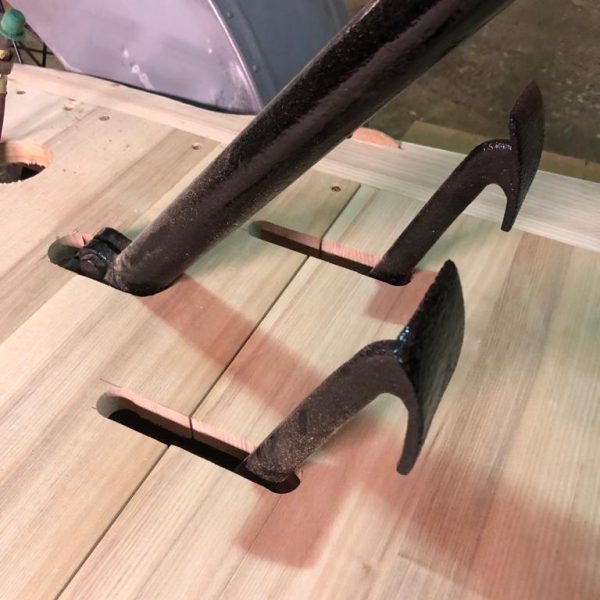
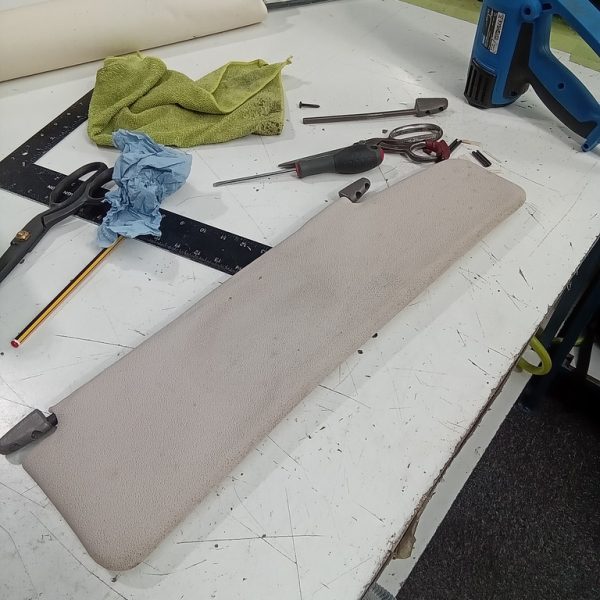
Our 1972 Ford Transit Tipper has been with interior trimmers Brian and Lydia. They have been glueing the rubber door seals and fitting them to the door frames.
They have also been doing some remedial work on the sun visors, as they are no longer self-supporting. Lydia added some heat shrink to the attaching tubes to see if this could stiffen them up.
Lydia ended up inserting a piece of tubing into the sunvisor and attaching this firmly into place. This provided the resistance needed to hold the sun visor up when back in the vehicle. Combined with adding heat shrink to the support arms, the sun visor now stays in whatever place it is pushed to.



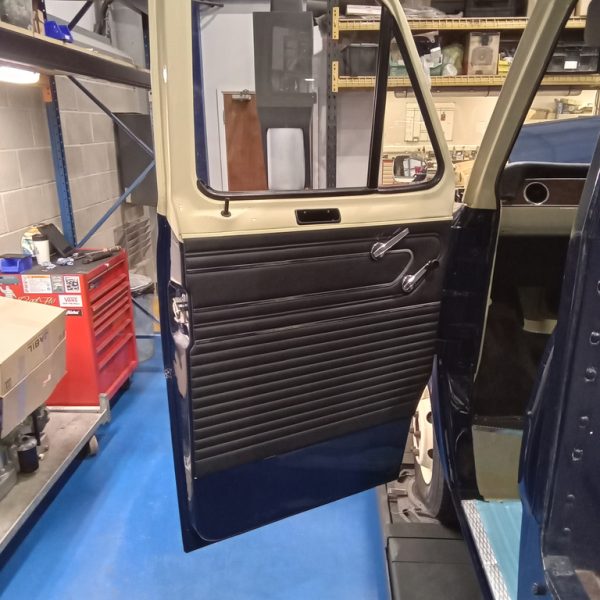
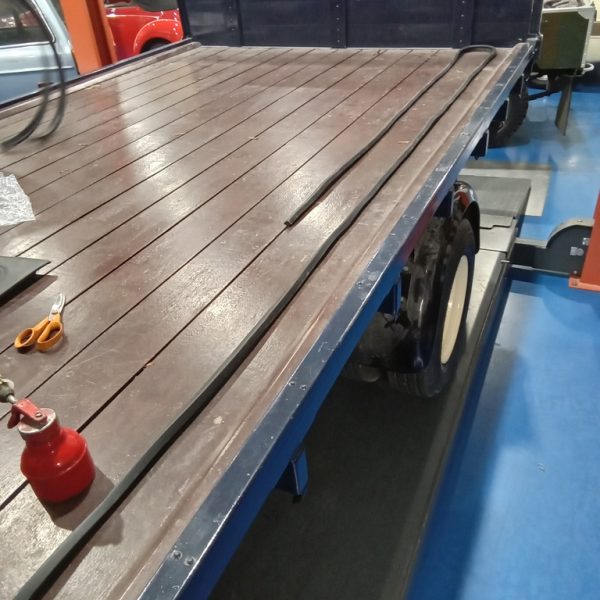
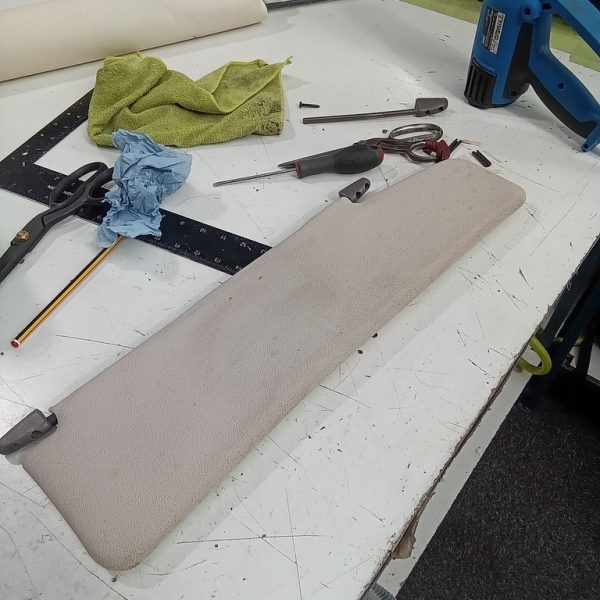
Our 1976 Triumph Spitfire bulkhead has been modified by classic car technician Rob, to ensure the bonnet gaps are correct. Rob then finalised the door gaps before repairing the anti-roll bar brackets on the chassis.
The boot lid was repaired and trial fitted before the front wheel arches were removed from the bonnet to allow the paint shop to paint the underside of the bonnet.
Alan from the Bridge Classic Cars paintshop then stripped the panels back to bare metal ready for epoxy primer to be applied. The chassis has been epoxy primed and painted in java green.
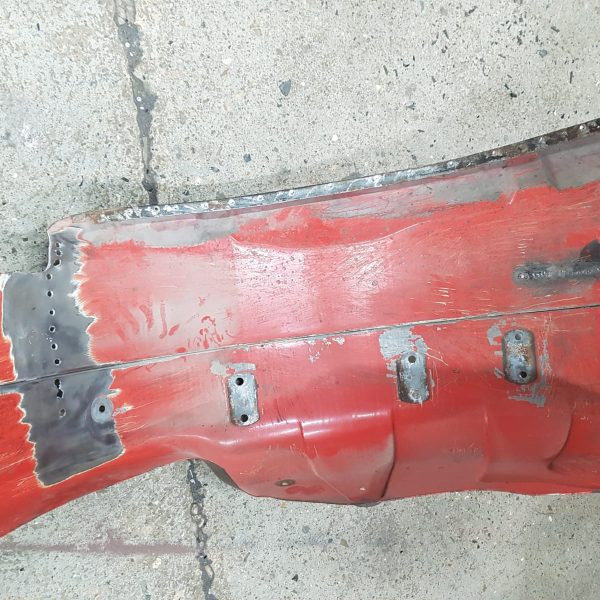
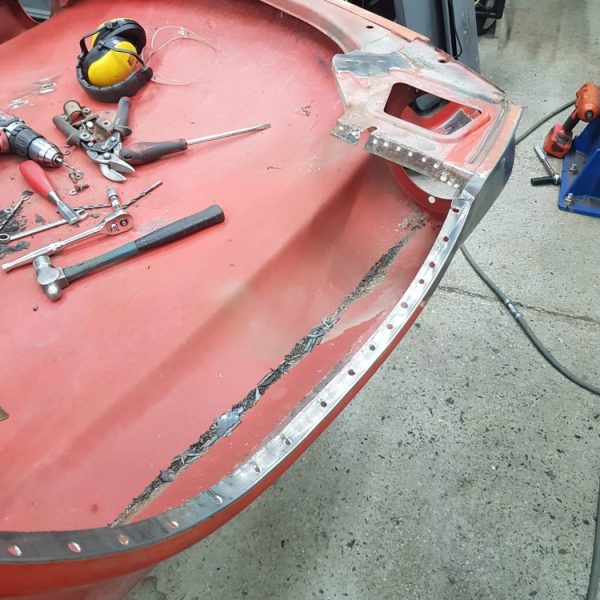
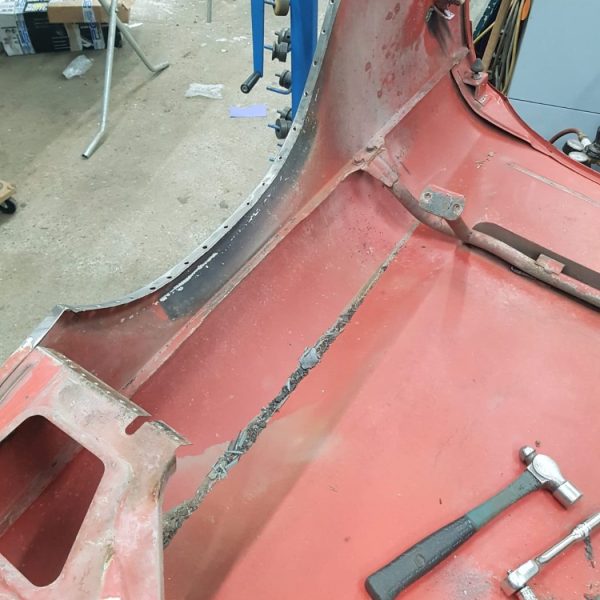
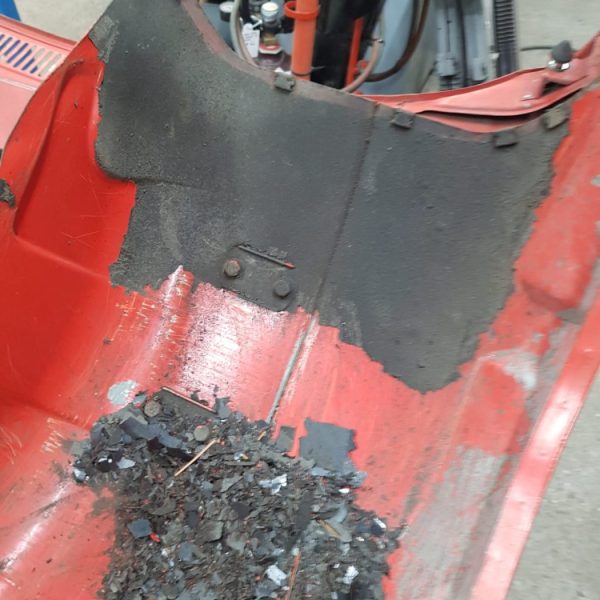
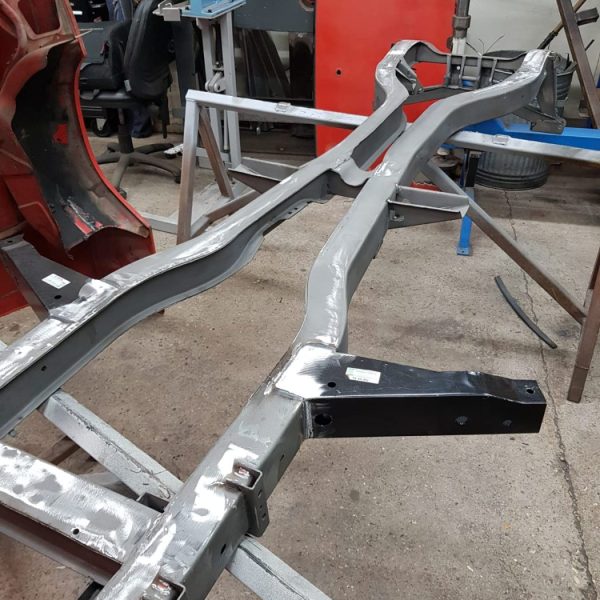



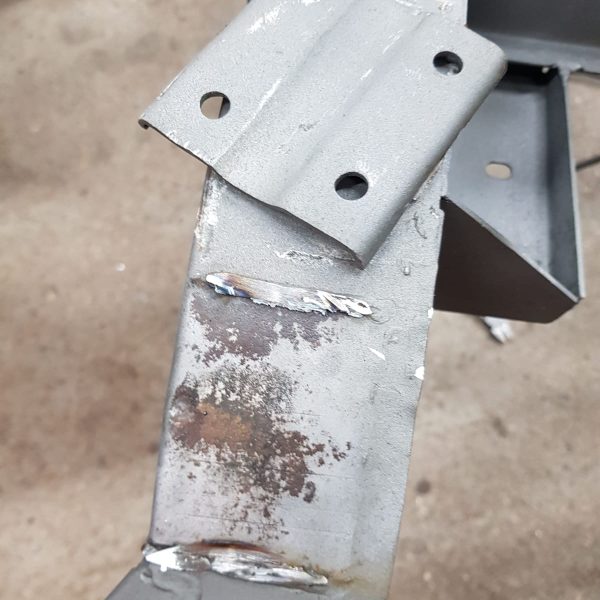
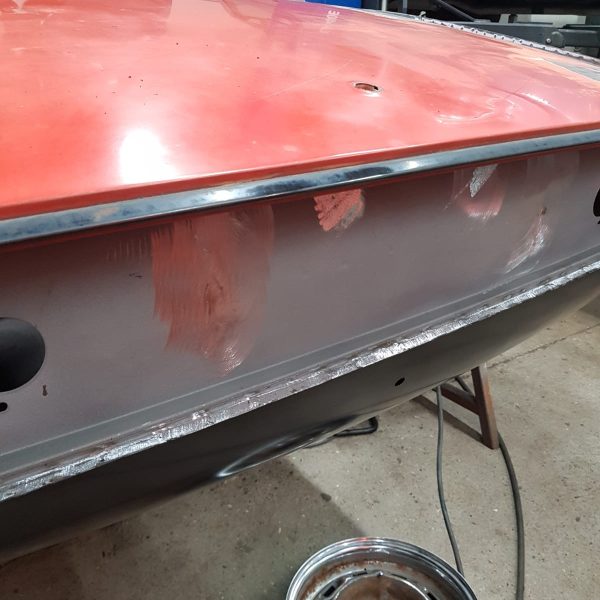
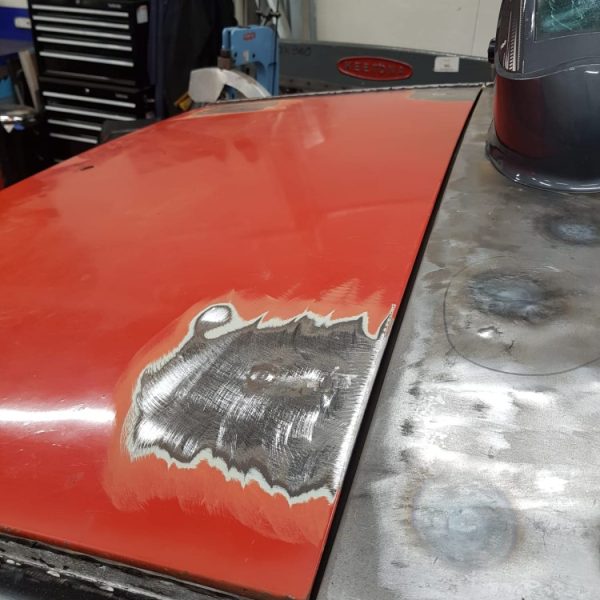
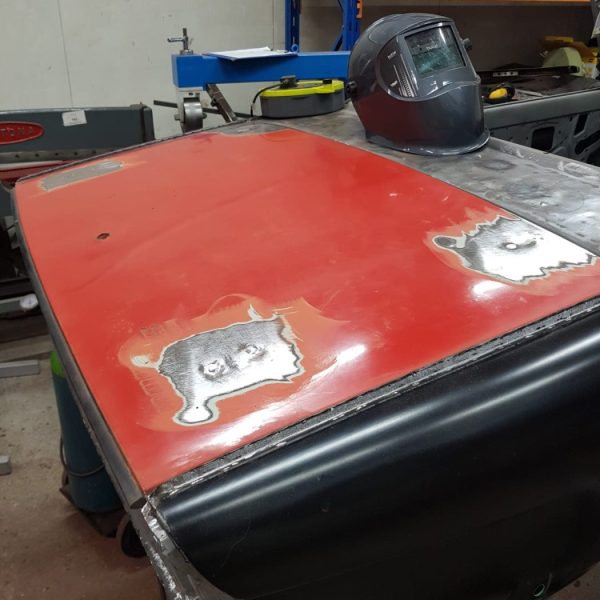
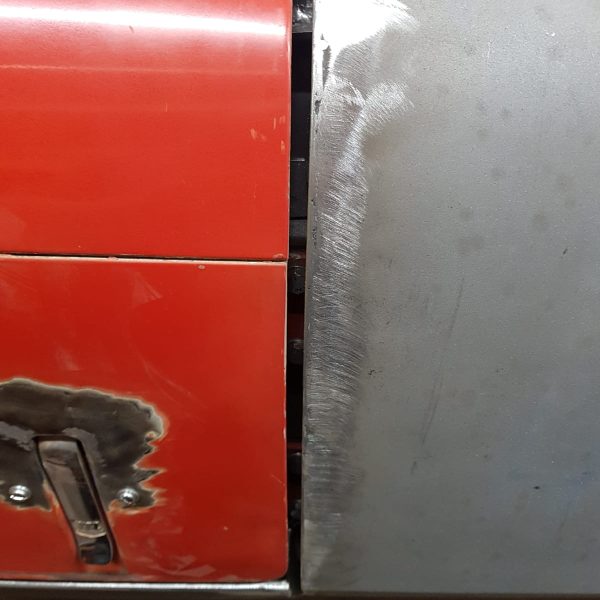

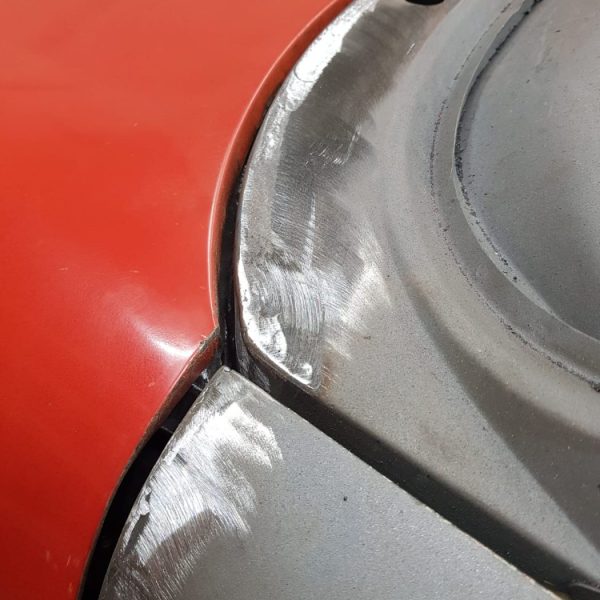


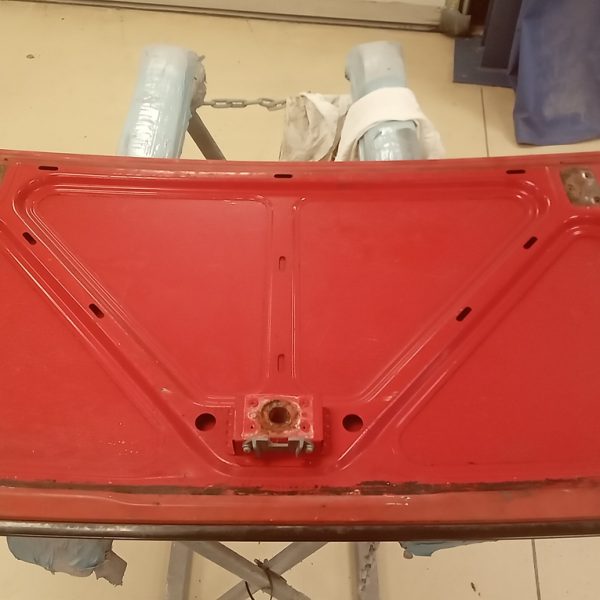

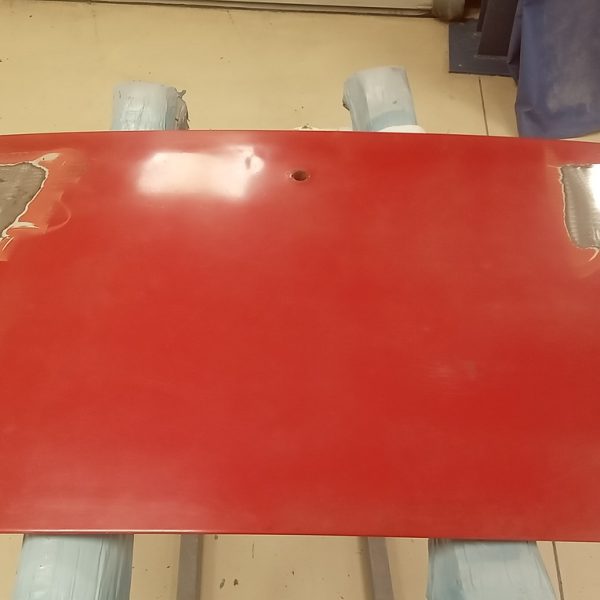
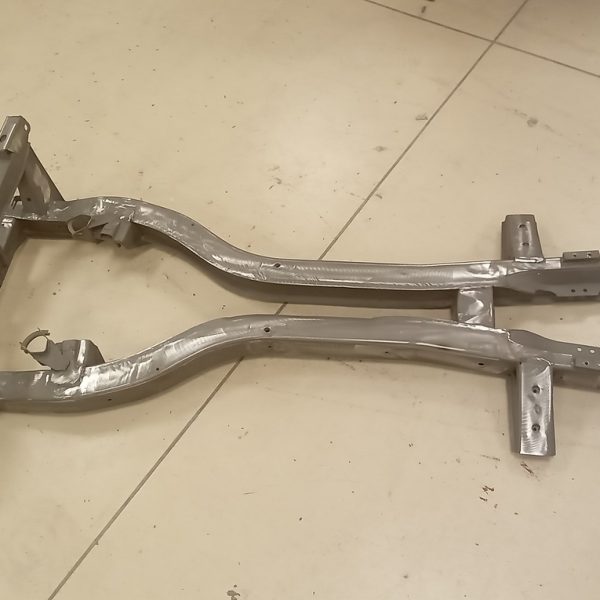
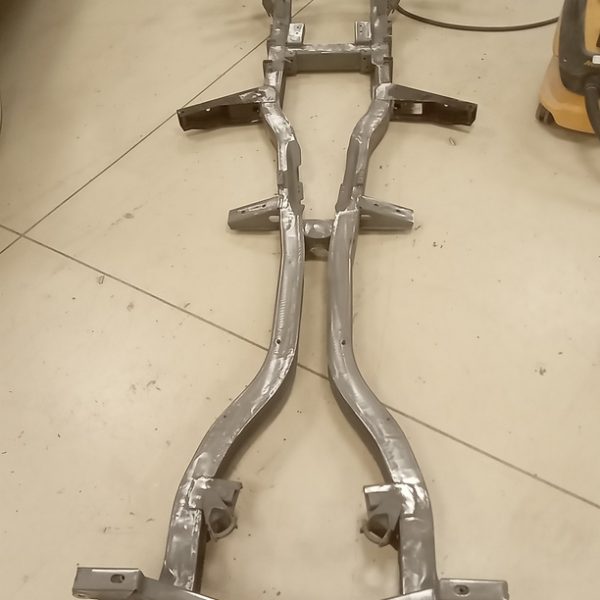

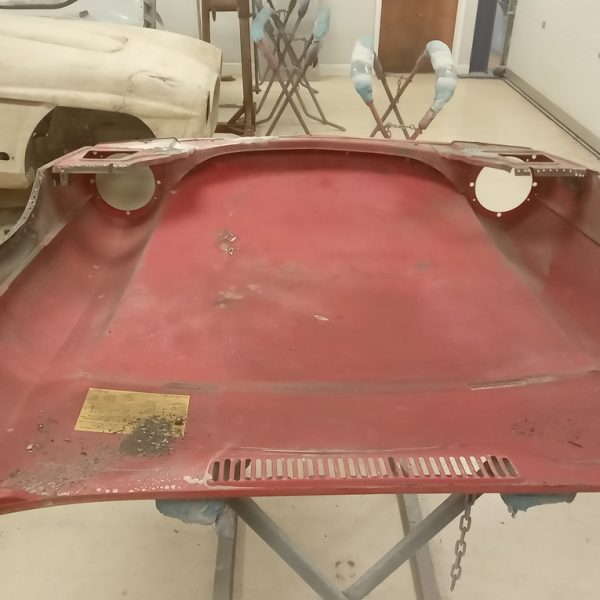
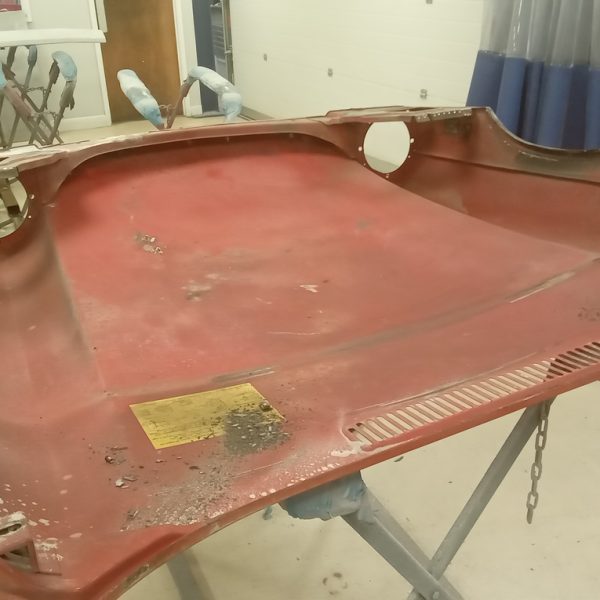
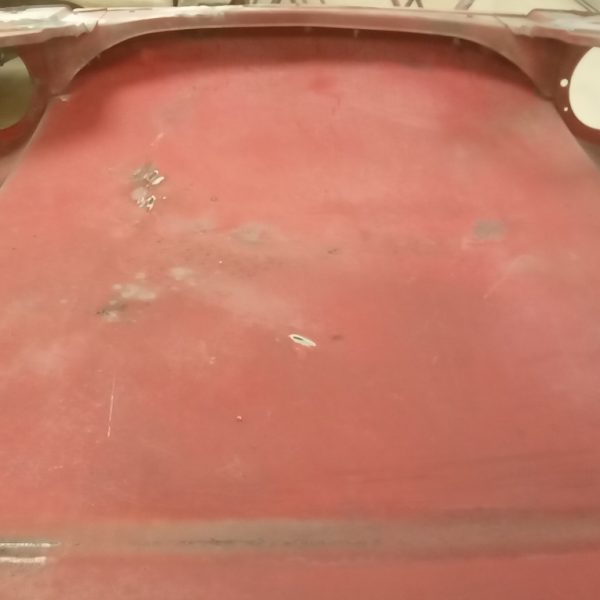

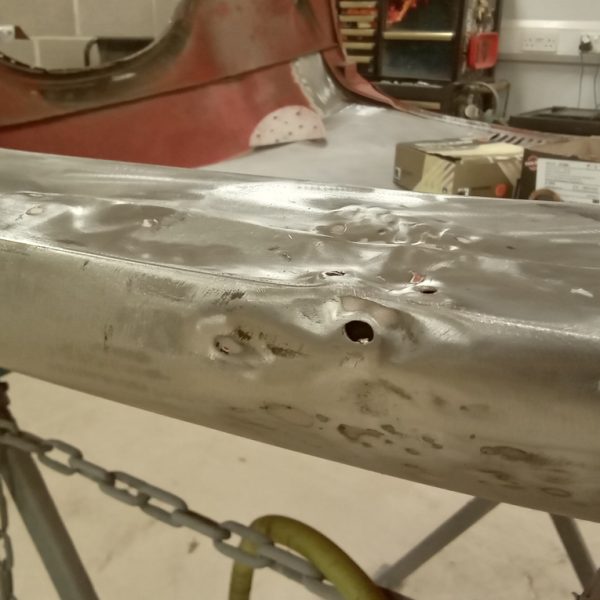
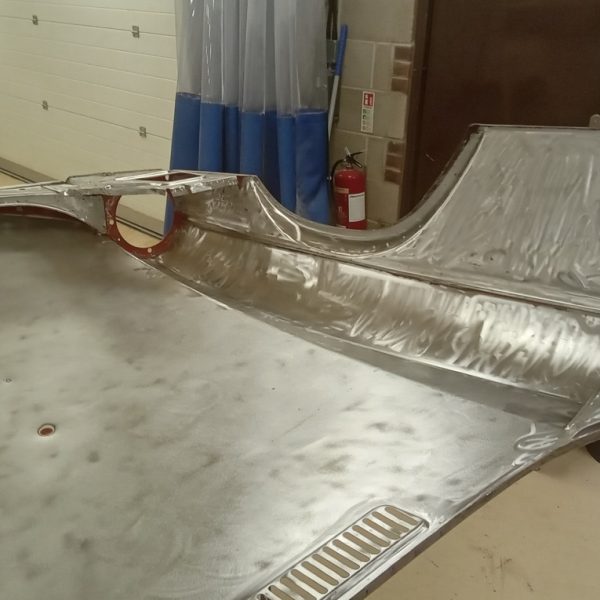

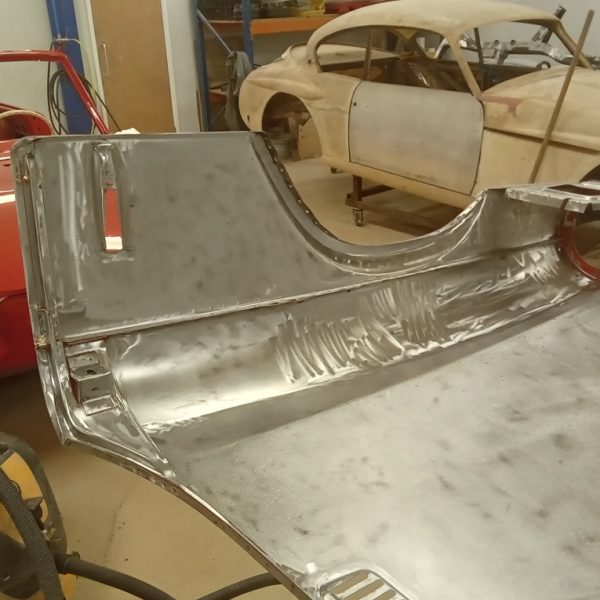

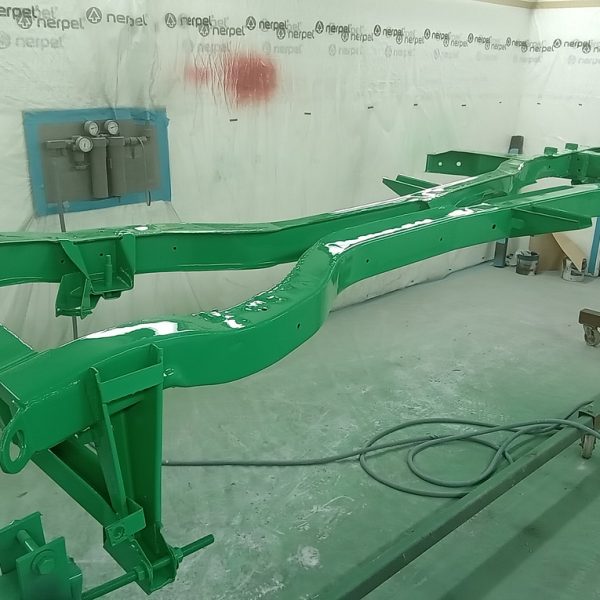

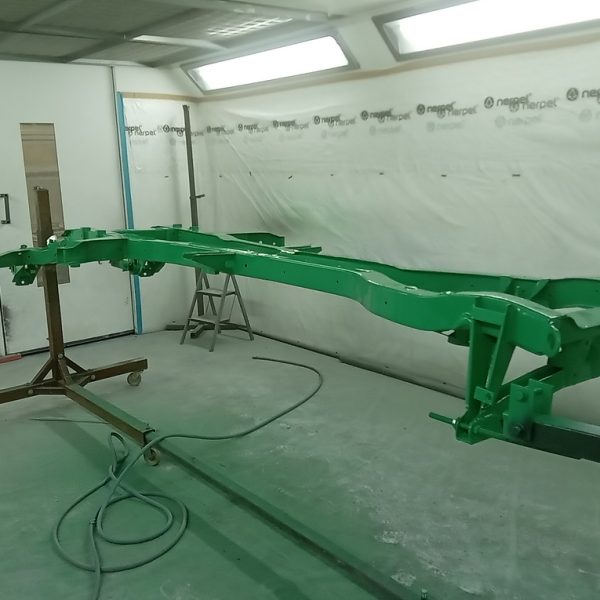
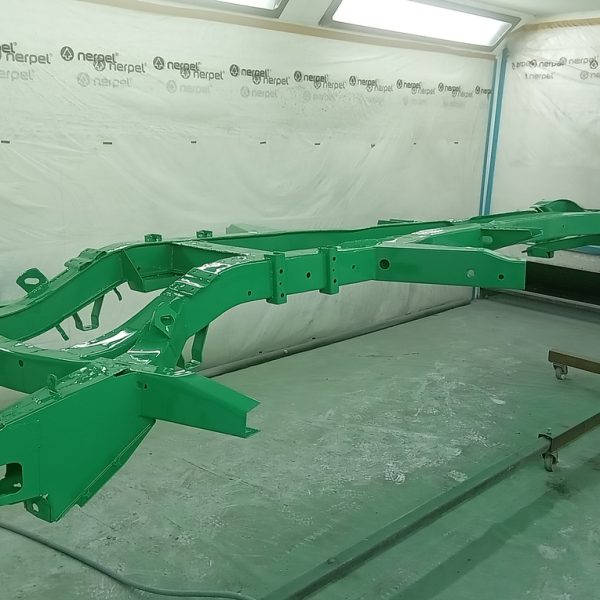
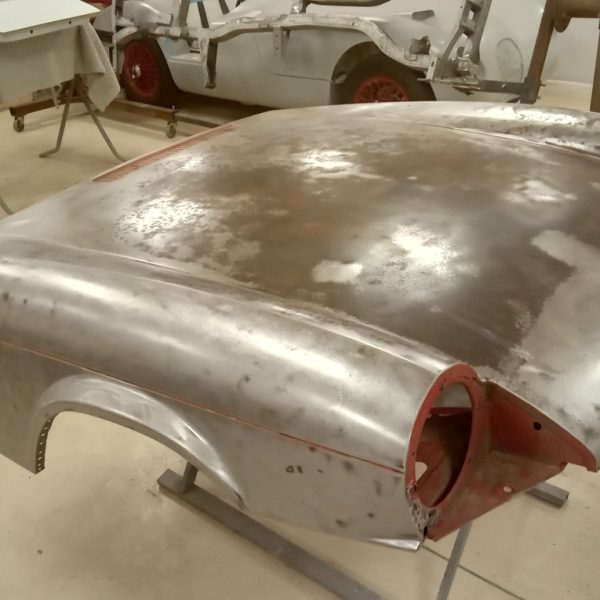


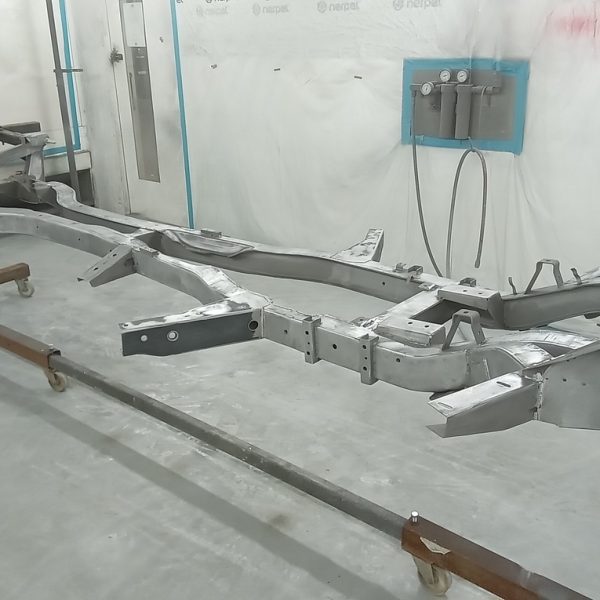


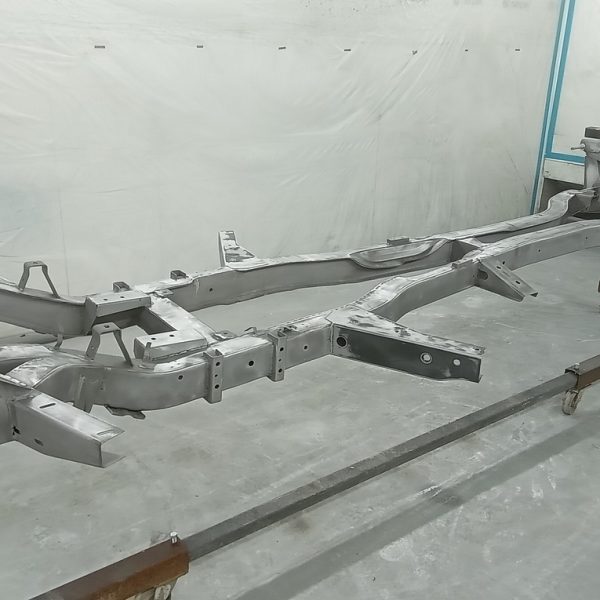
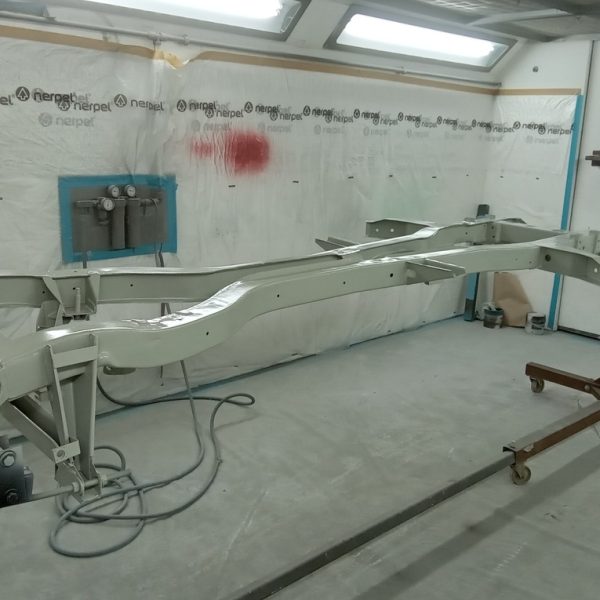
Before our 1970 Lotus Europa goes live on Bridge Classic Cars Competitions, classic car technician Jonn has been making some final repairs.
The fuel gauge was reading full and off the scale. However, when the tank was drained there were 15 litres inside. Jonn was unable to remove the sender in situ as it had been bonded into the tank. As a result, Jonn had to strip and remove the fuel tank. He removed the fuel pump assembly from the top and removed the sender from the side after chipping away the old bonding material.
The mating surfaces were cleaned before the tank was rinsed and blown out. After it had been left to dry, Jonn manufactured a cork gasket for the fuel pump. He then fitted the fuel pump back in order and in the same position.
While waiting for a new sender, Jonn moved on to removing the steering wheel and switches so he could knock the old top steering column bush down further inside the tube. A new top column bush was fitted and lubricated in its place. The components were then all refitted in reverse order.
Jonn glued the repaired horn contacts and refitted the steering wheel. All the switches and the horn were tested and found to be working fine. Fixing points for the washer bag to hang in the front compartment were drilled and made before the connecting pipes were fitted.
Jonn also mounted the number plates.
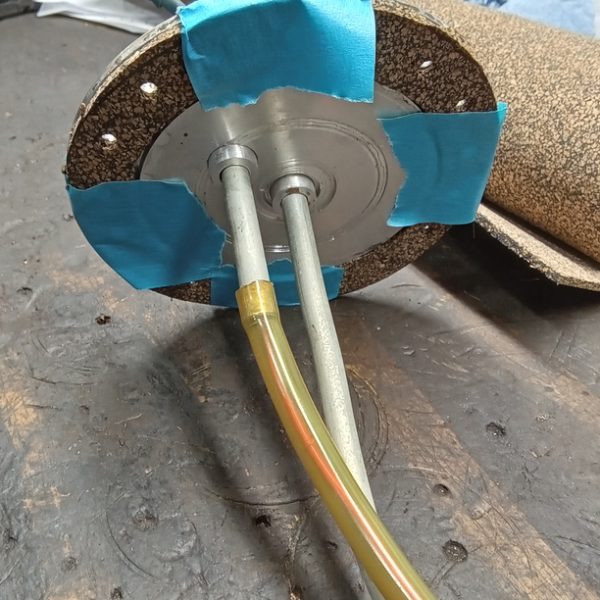


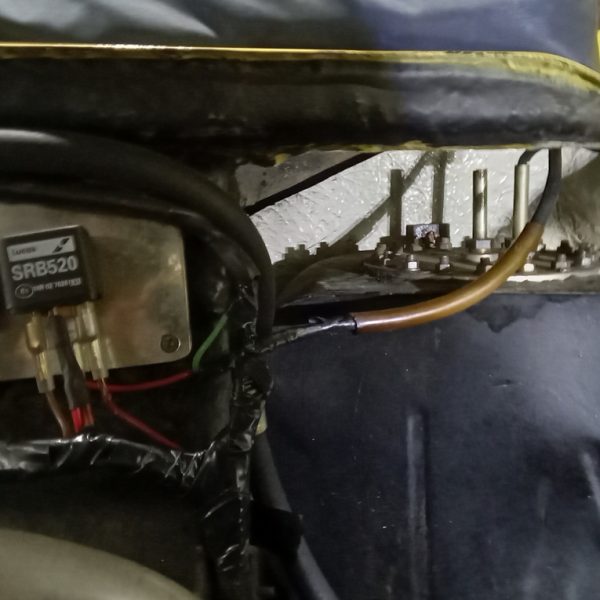
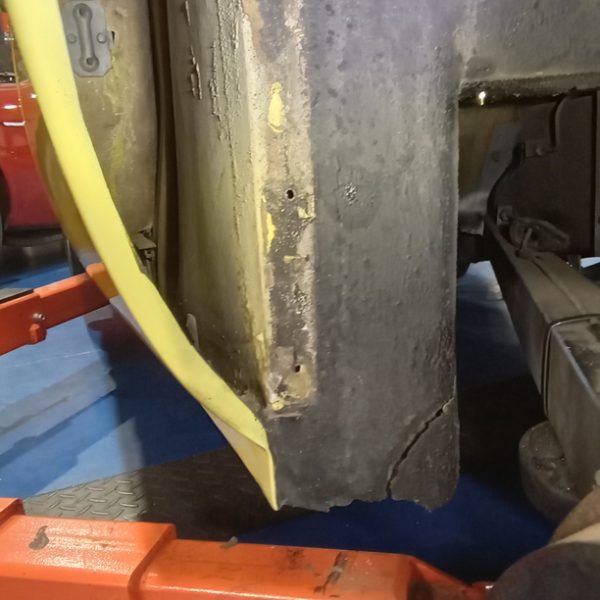

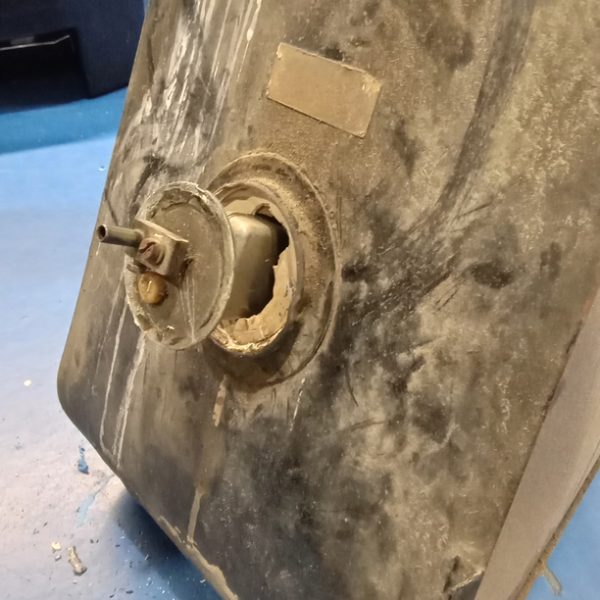

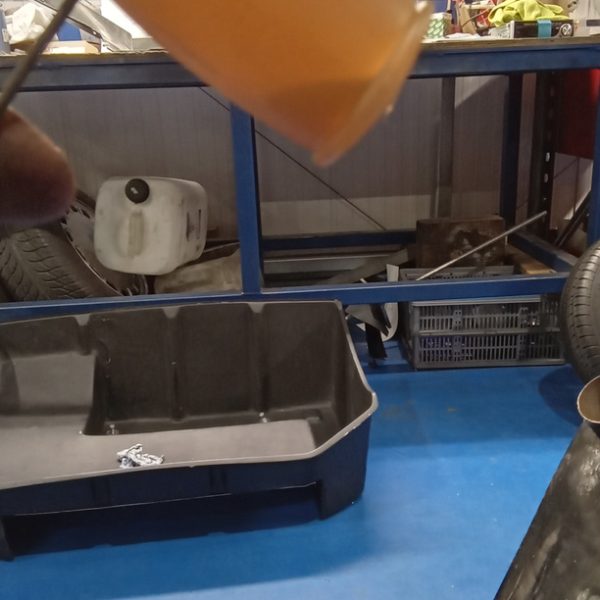
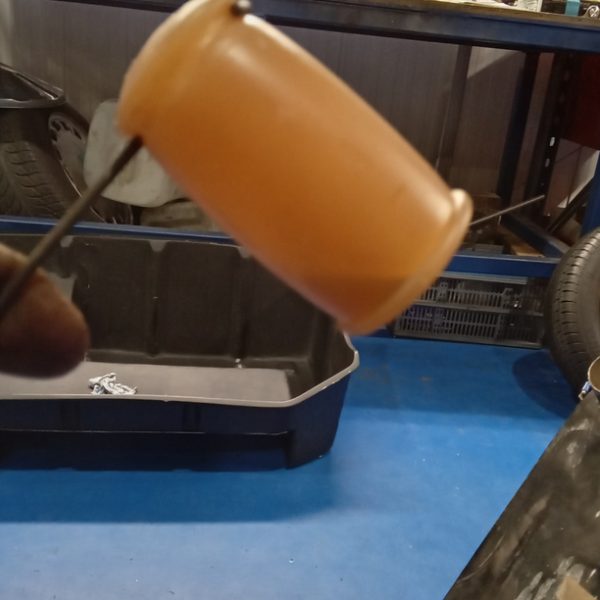
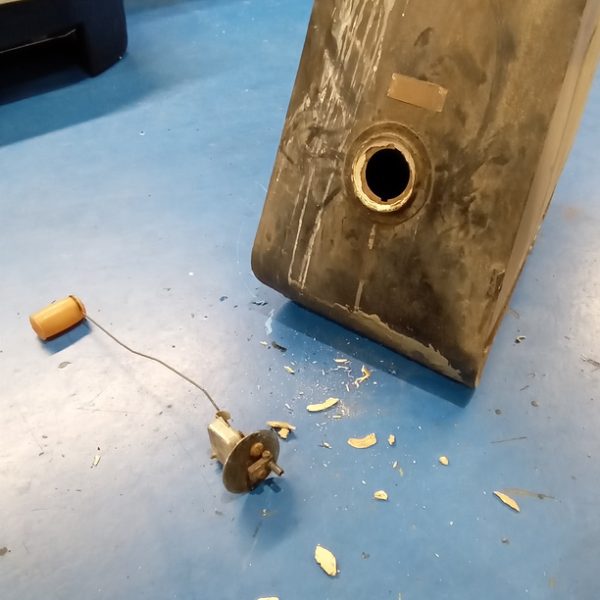
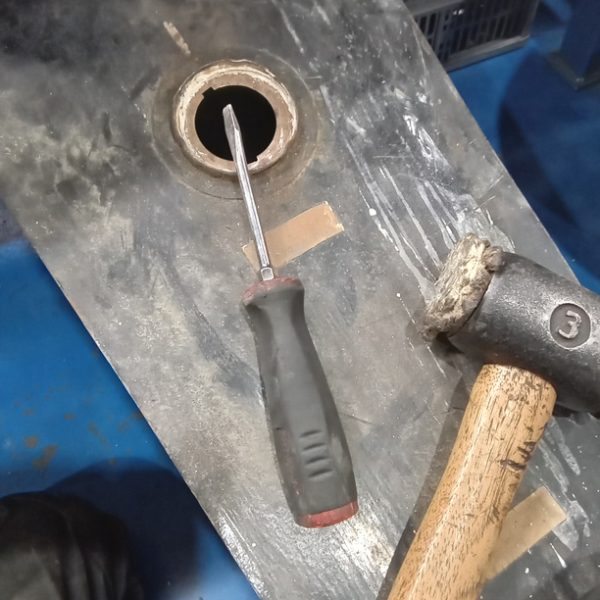

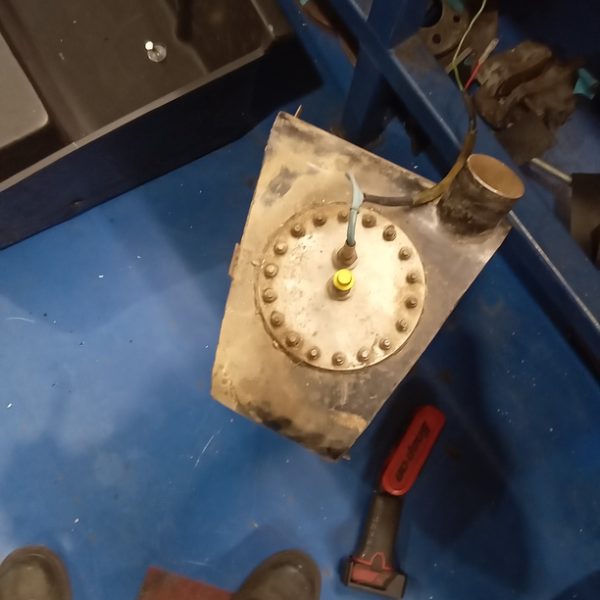


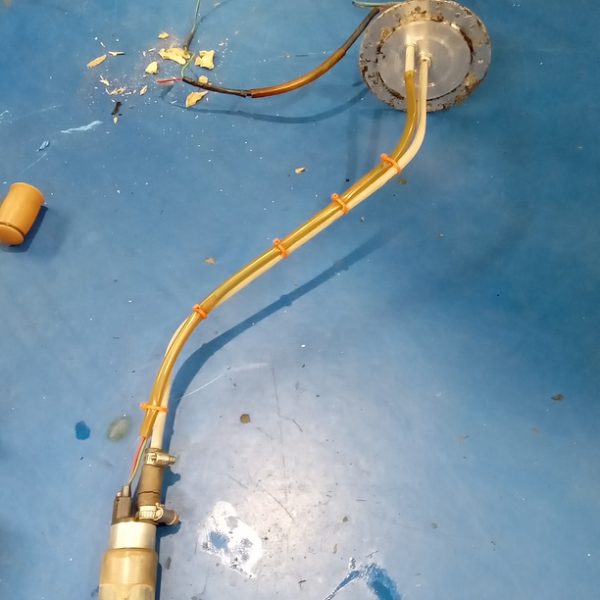
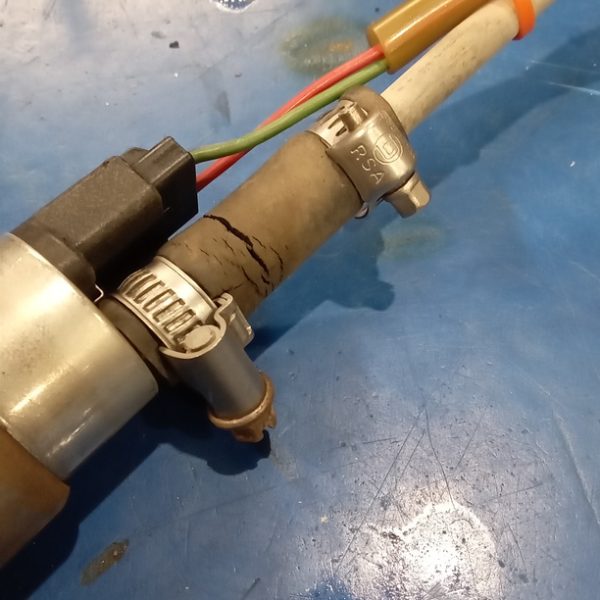
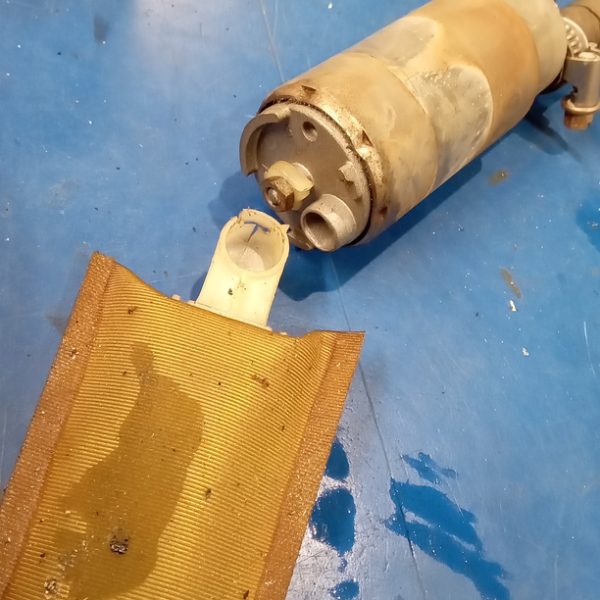

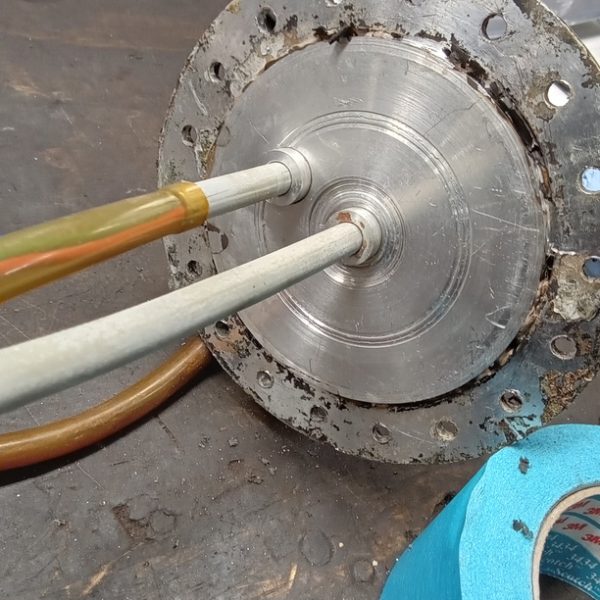
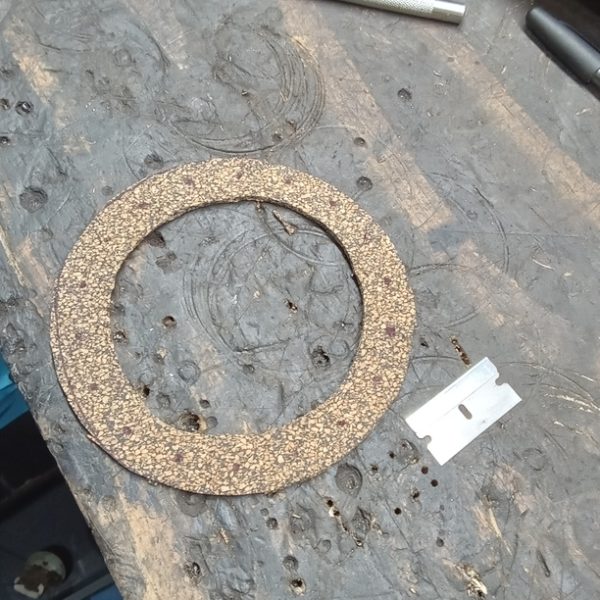
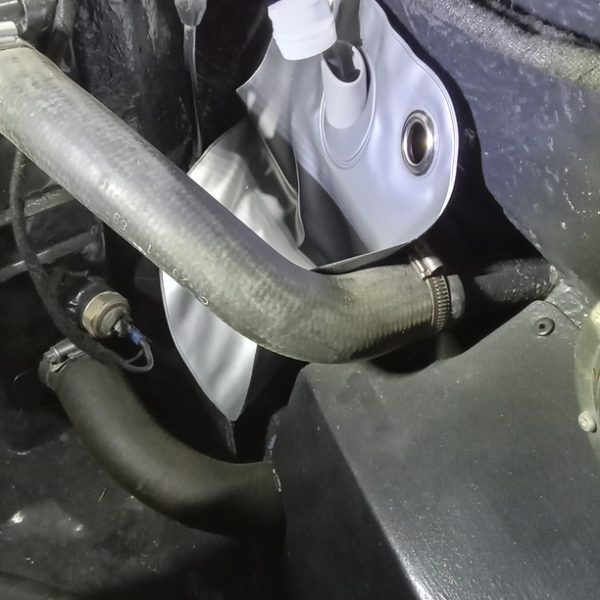
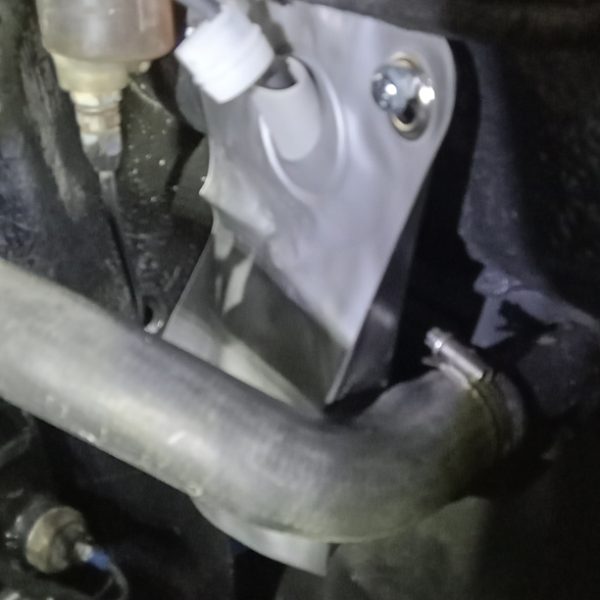
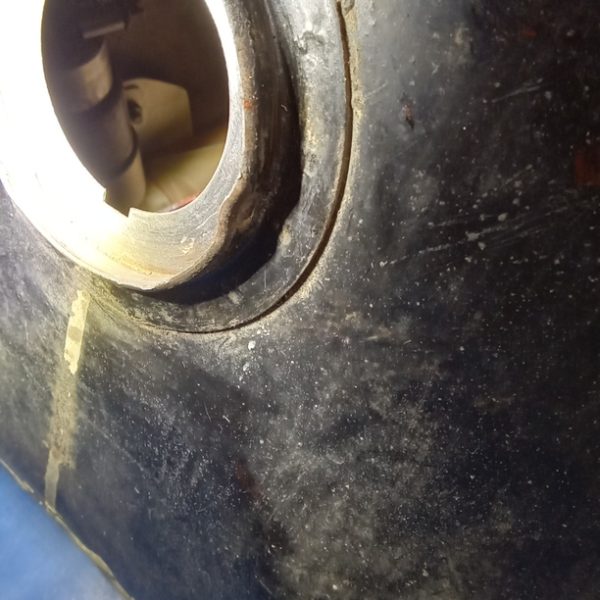
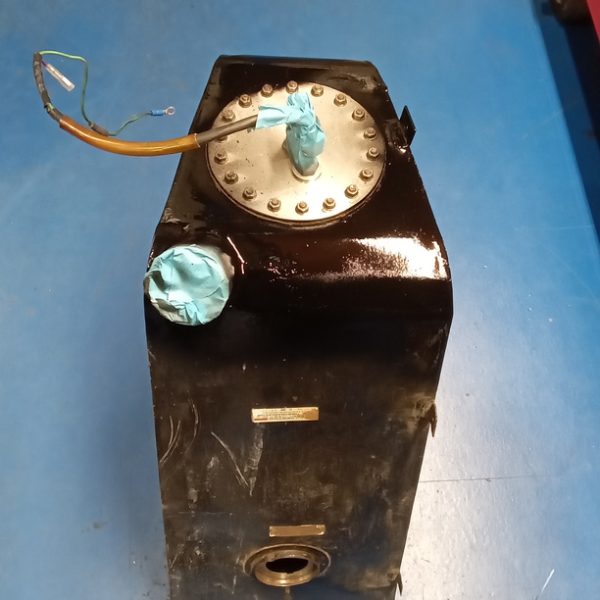
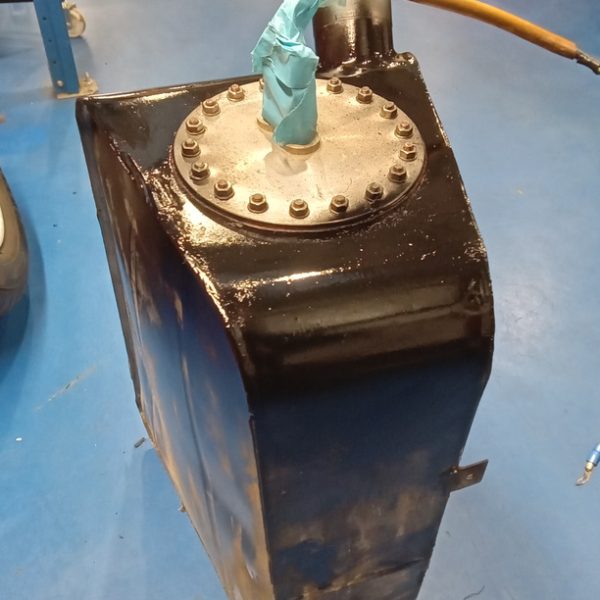

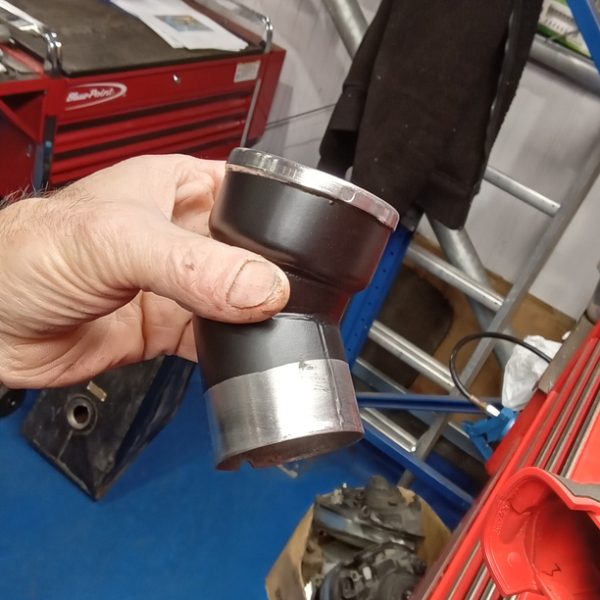

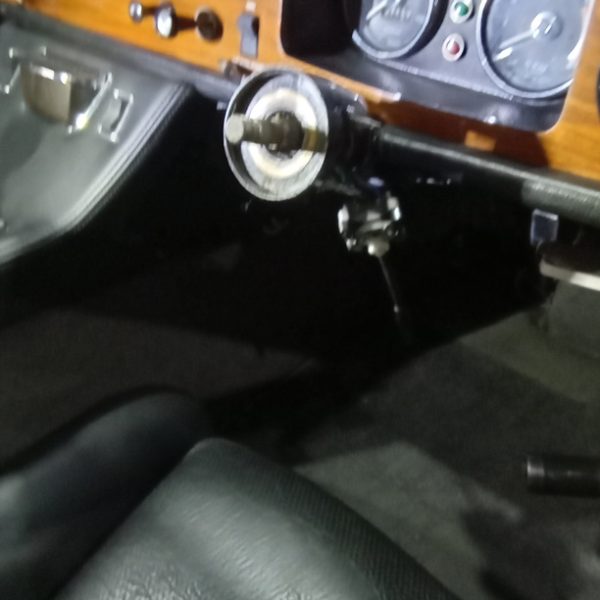

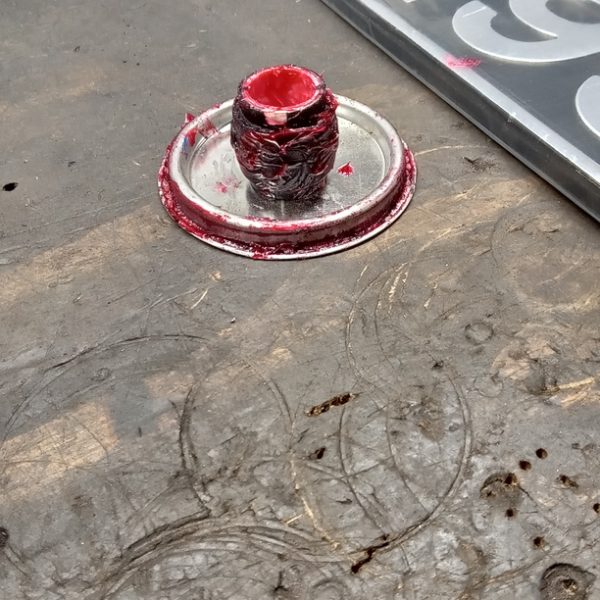

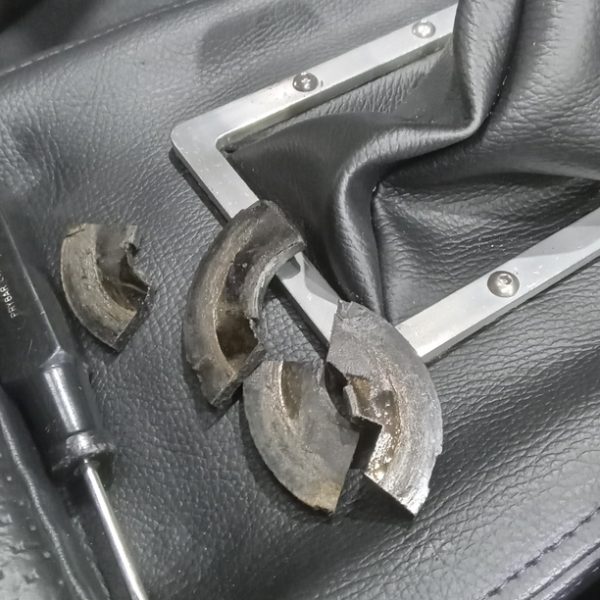
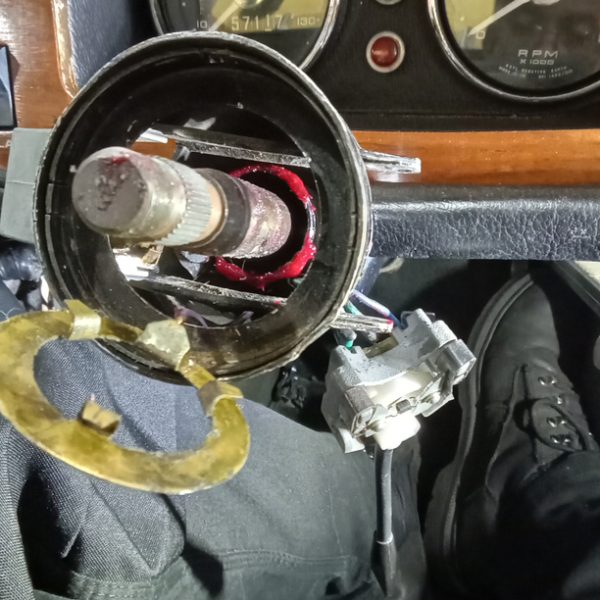
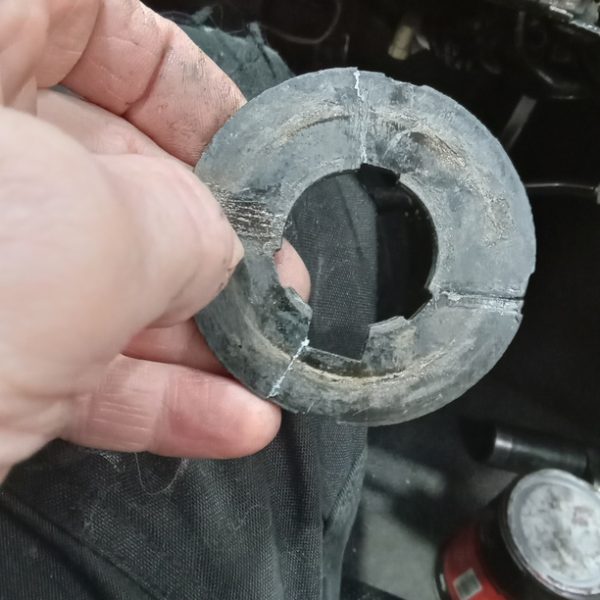
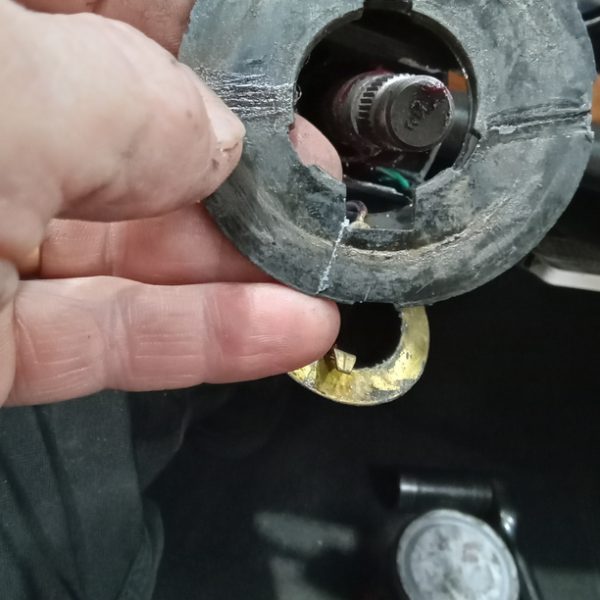

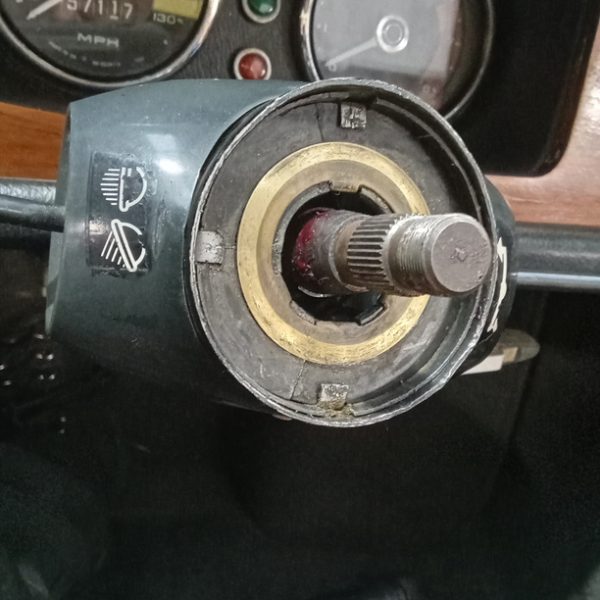
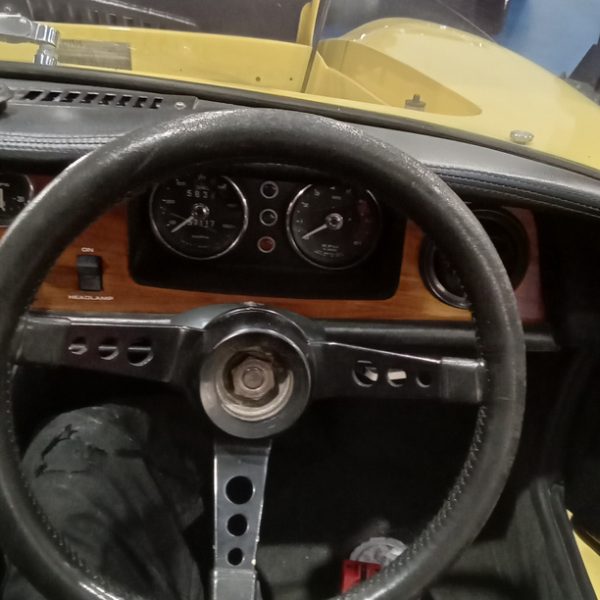
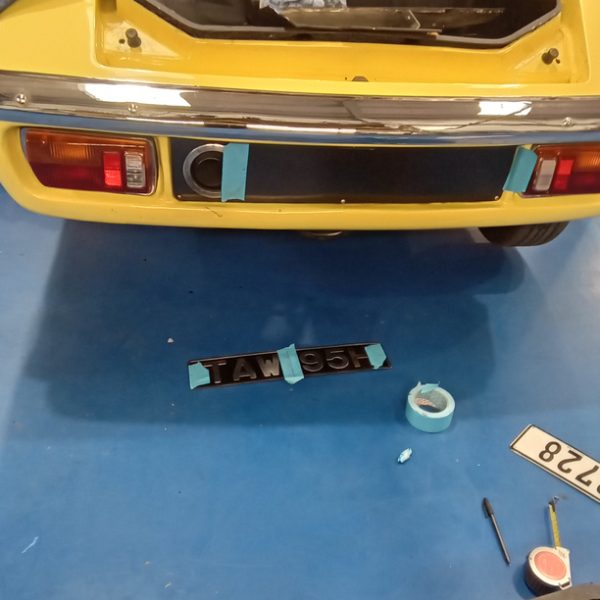
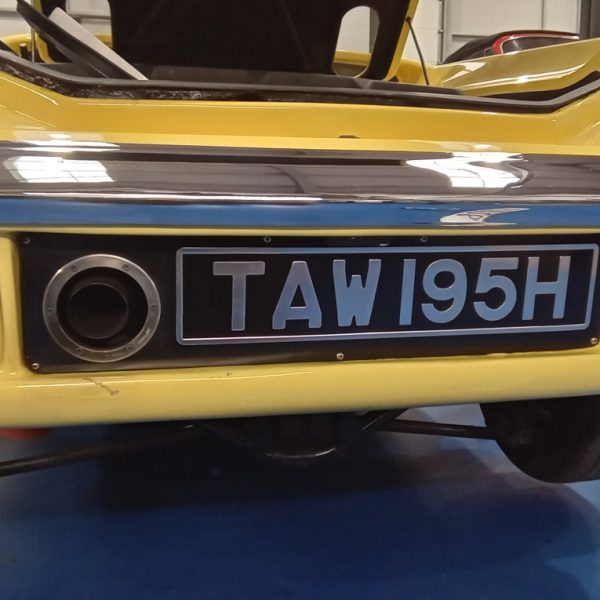
Bridge Classic Cars are award winning Classic Car Restoration and Maintenance specialists. Your pride and joy is in safe hands with our expert Classic Car Technicians. Take a look at our awards here.
Leave a Reply